In October, 2021, we traveled to Hot Springs National Park in Arkansas (Click HERE to read about that adventure). Then, a few months later in February, our friends invited us to join them for a few days of camping and exploring the area around Tecopa and Tecopa Hot Springs. So, we packed up the RV and followed them out of town.

“By any drive-by or drive-through impression, Tecopa looks bleak. The small desert town on the stoop of Death Valley has a smattering of trailer homes, a couple of time-warp motels and some hot springs. Barren mountains form its backdrop. No gas stations. No stores.”
LA Times
Tecopa is located 80 miles west of Las Vegas, Nevada, and 10 miles from the southeast entrance to Death Valley National Park. It is a very small town, with a population of 150 as of the 2010 census.
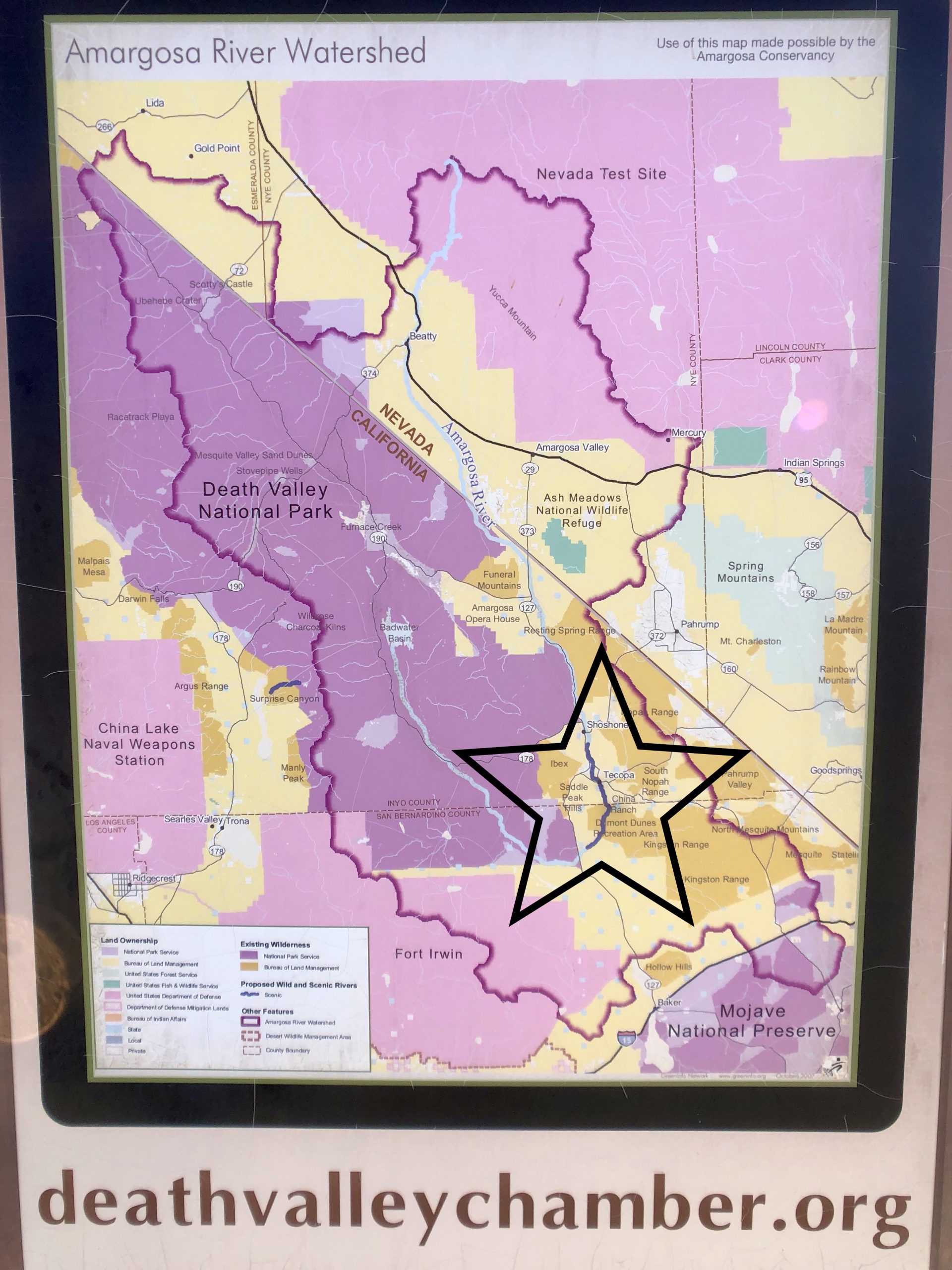
We had been to Tecopa before but didn’t know the area very well. And we’re always happy to explore with someone who knows fun, quirky, out-of-the-way places to see.
Peter and Monique led us to a spot where they had camped before. By sunset we understood why they like the area so much. Plenty of wide open spaces and a beautiful sunset.
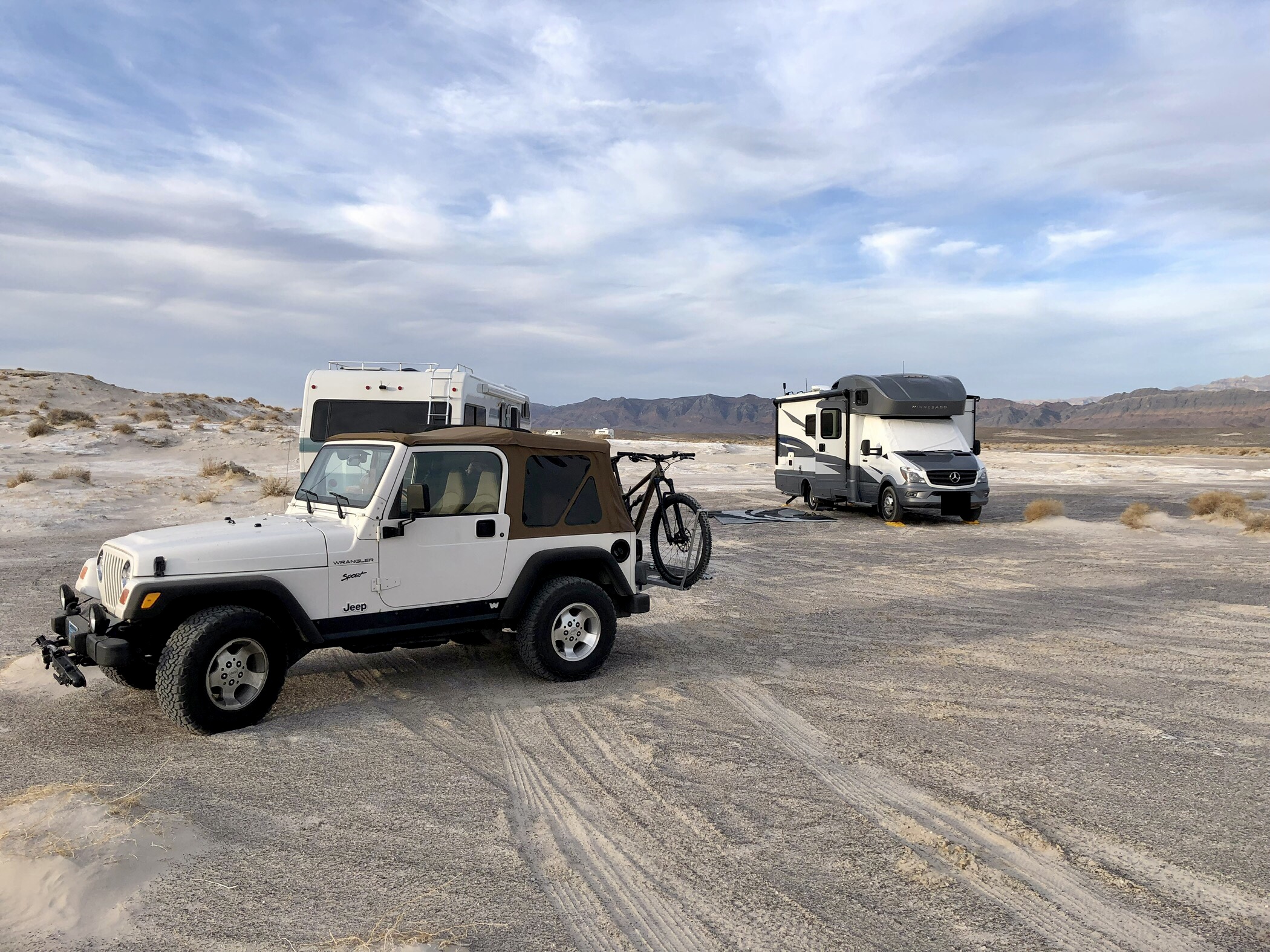
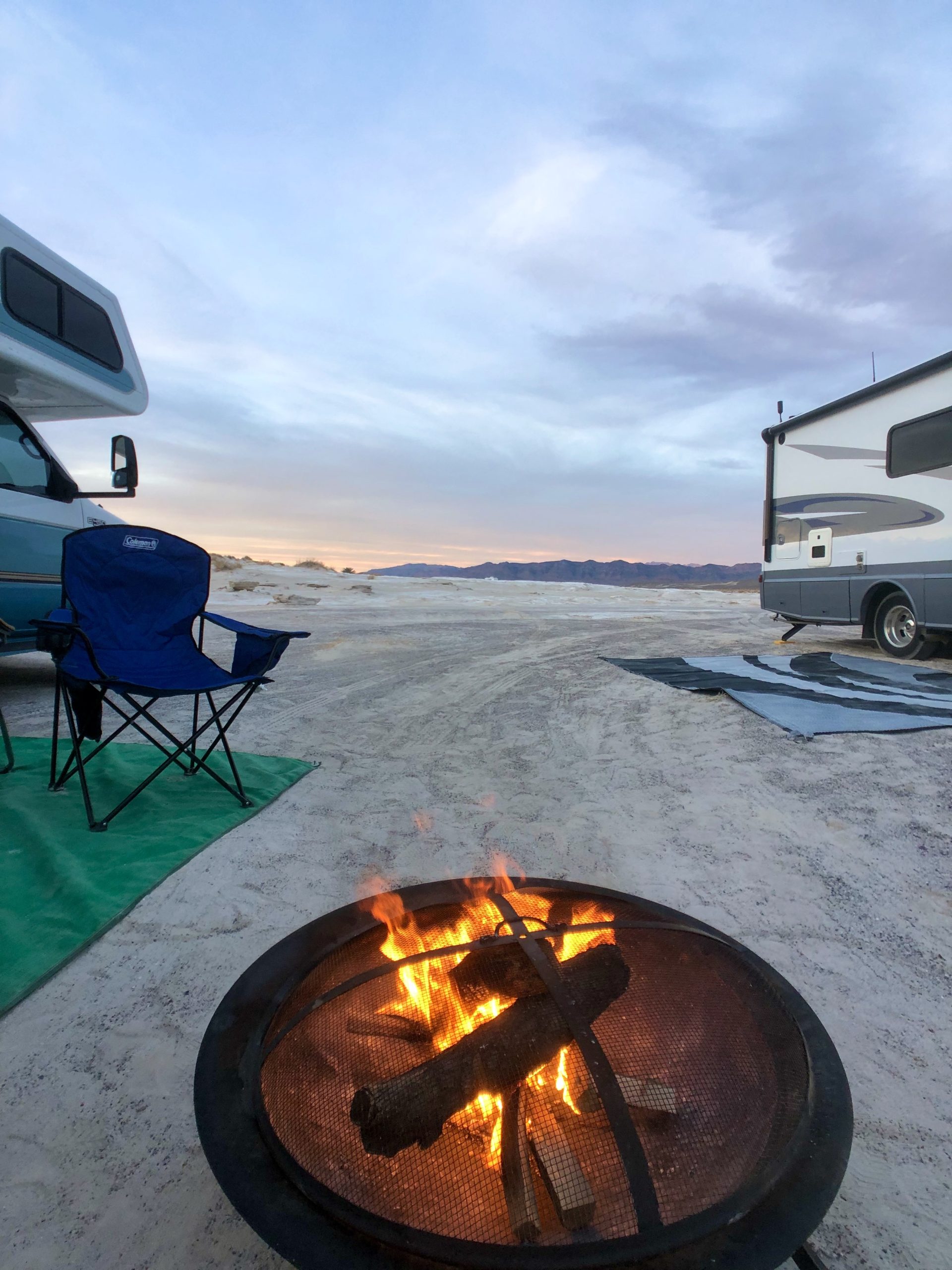
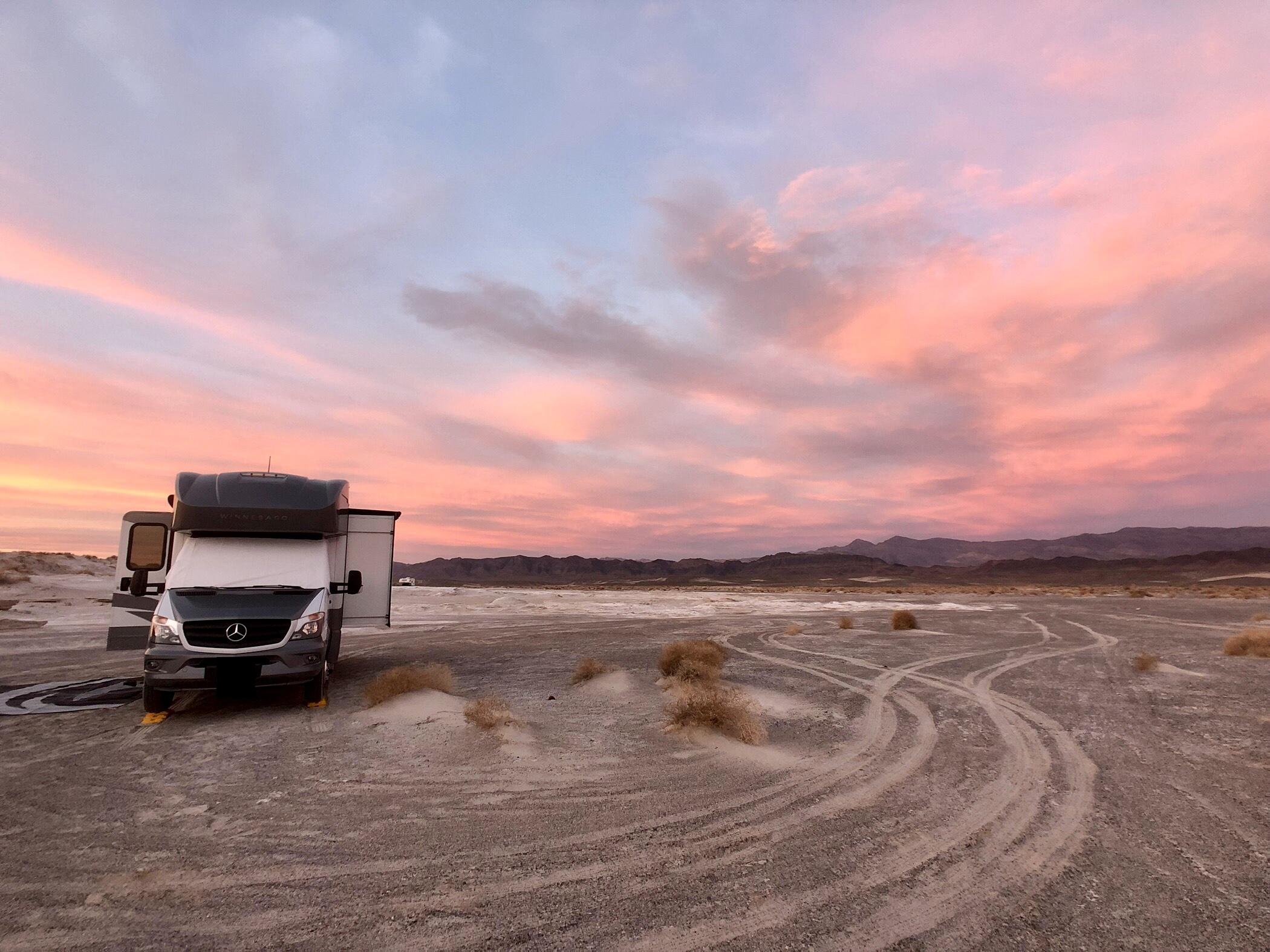
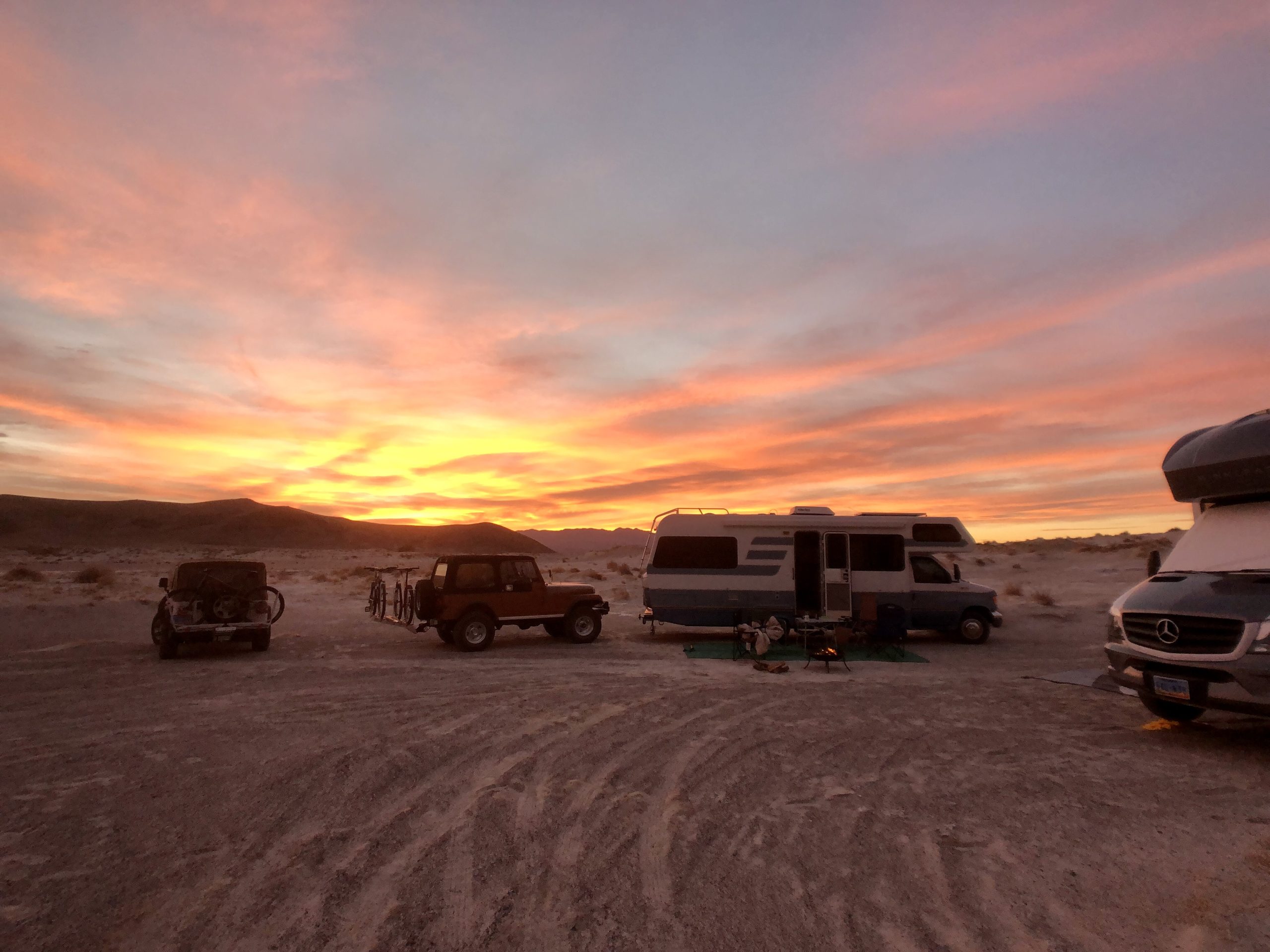
Tecopa has some interesting sights. One of them is the Yaga Labyrinth located on a small hilltop overlooking the dry lakebed of Lake Tecopa.
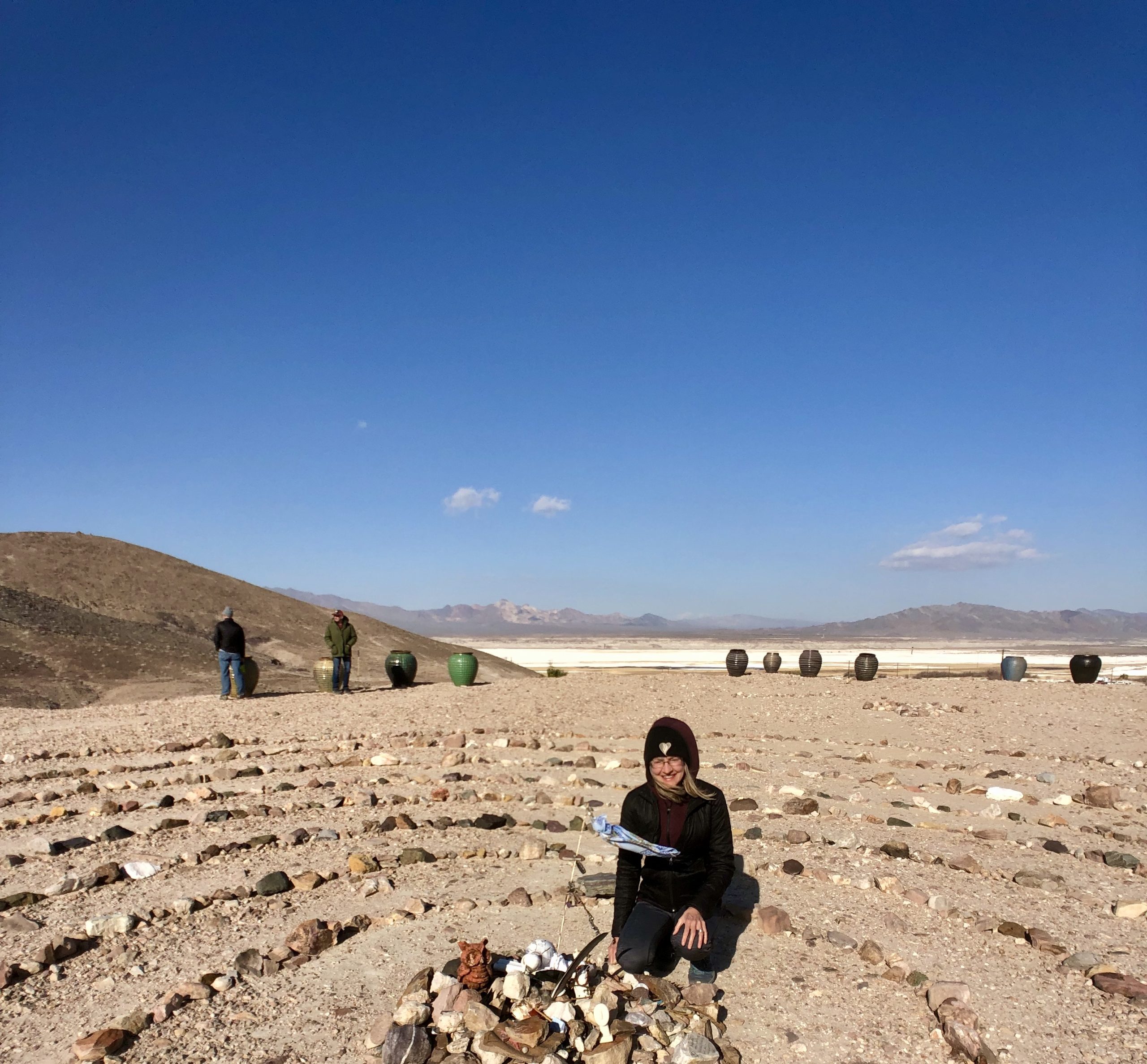
According to the World-Wide Labyrinth Locator (who knew there was such a thing?), “The Yaga Labyrinth is named in honor of the Paiute Indians who occupied this area when the historic Spanish Trail was established in 1829, and is situated in glacial dry Lake Tecopa in the Death Valley region.”
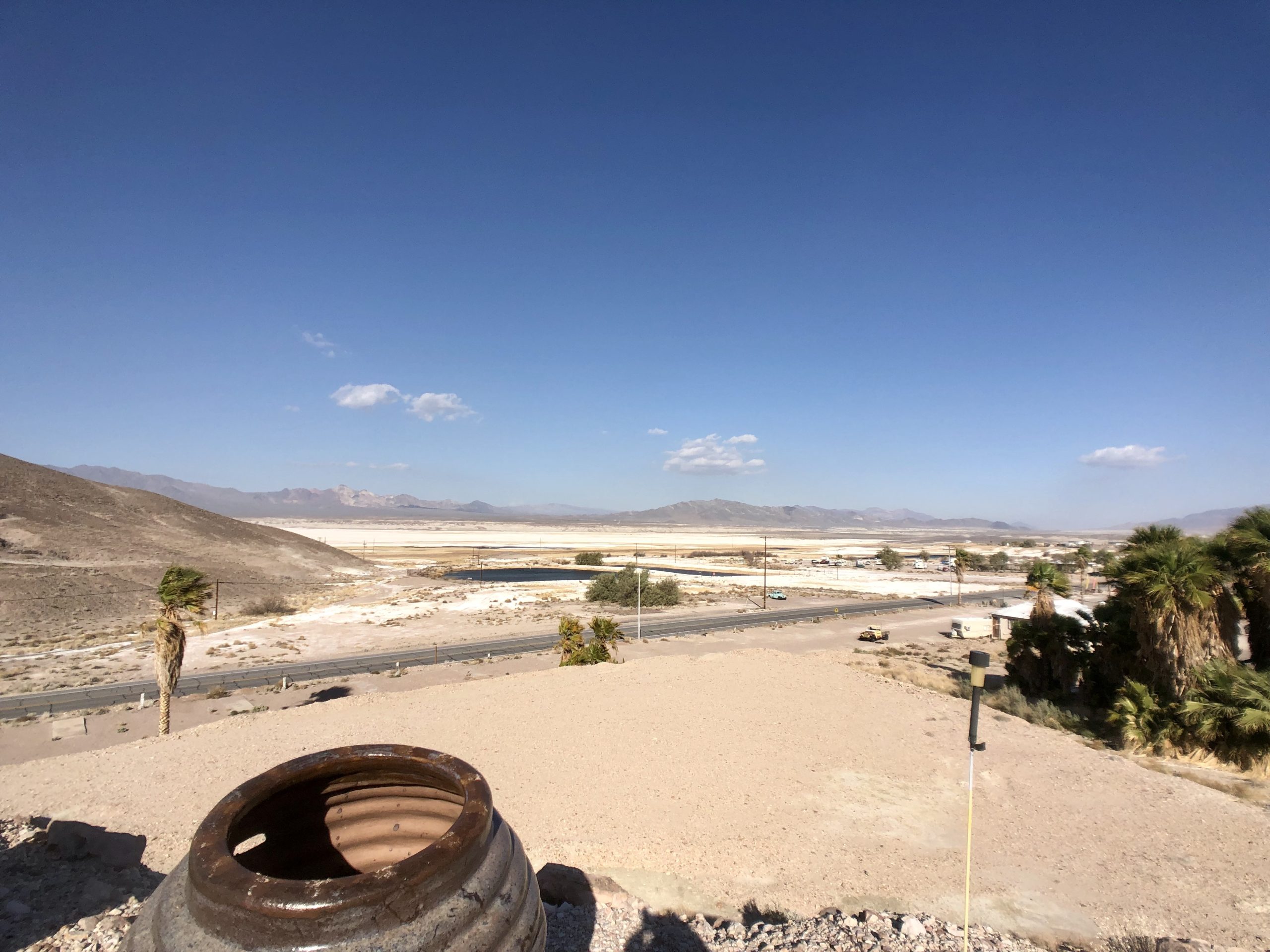
Walking back to the RVs we saw quite a few large boulders along the road. Most looked just like any other rocks you would see out here, but one stood out among the others. It looked a bit “devilish” to us.

After the Yaga Labyrinth, we drove a few minutes down the road to the Grimshaw Lake Natural Area. “The lake is named after Edwin Lewis Grimshaw, who created the lake by building a dam on a hot-spring-fed stream flowing out of the Tecopa Mountains.” – Grimshaw Origins and History
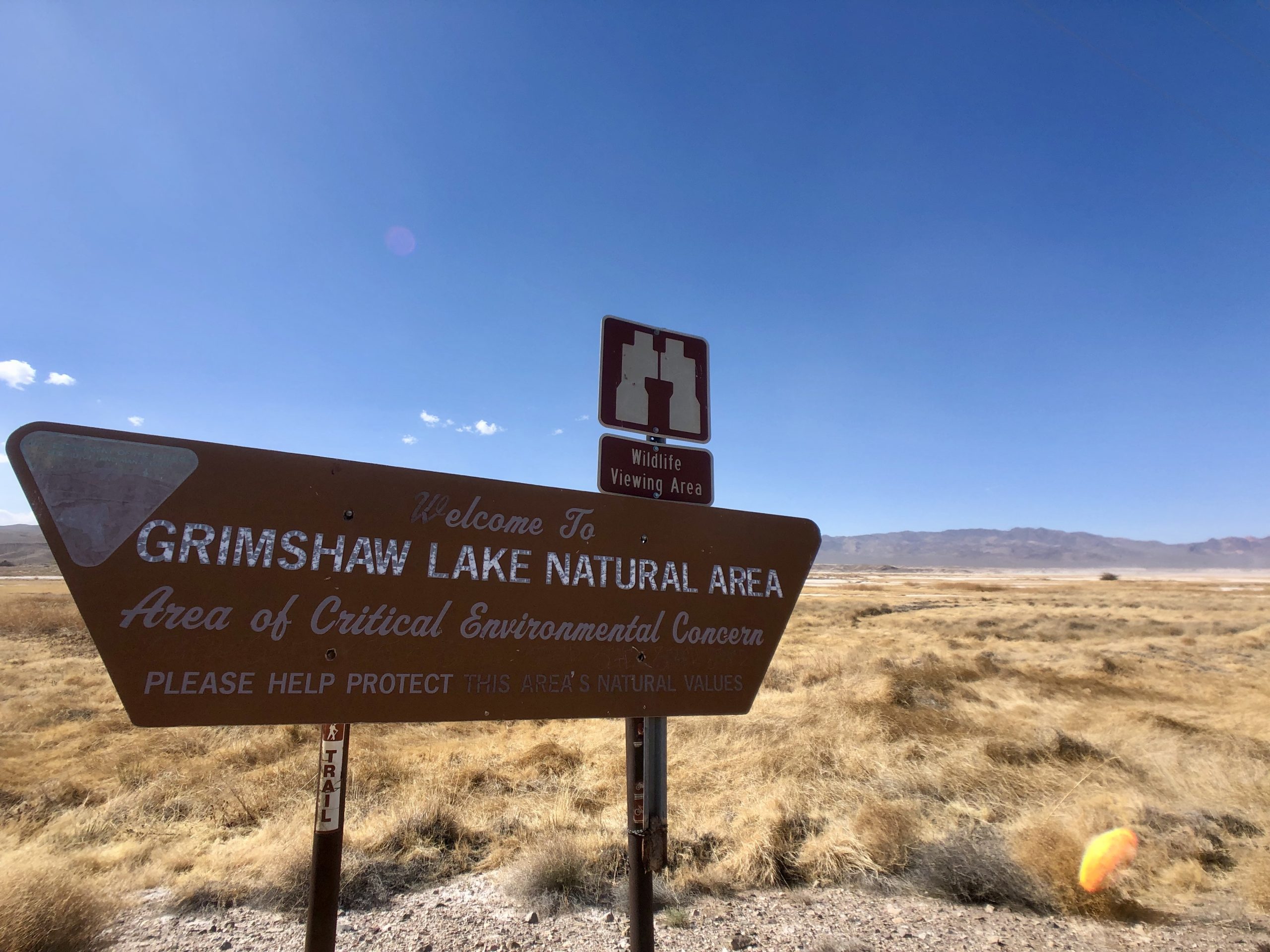
“This salty group of ponds and small lakes is an oasis for migrating birds. Located between the towns of Tecopa and Tecopa Hot Springs, this area is used by ducks, geese and other wading birds as a place to rest and feed before continuing their journey. There are very few native species of bird here and the only plants that grow are those that are very salt-tolerant.” – BackRoadWest.com

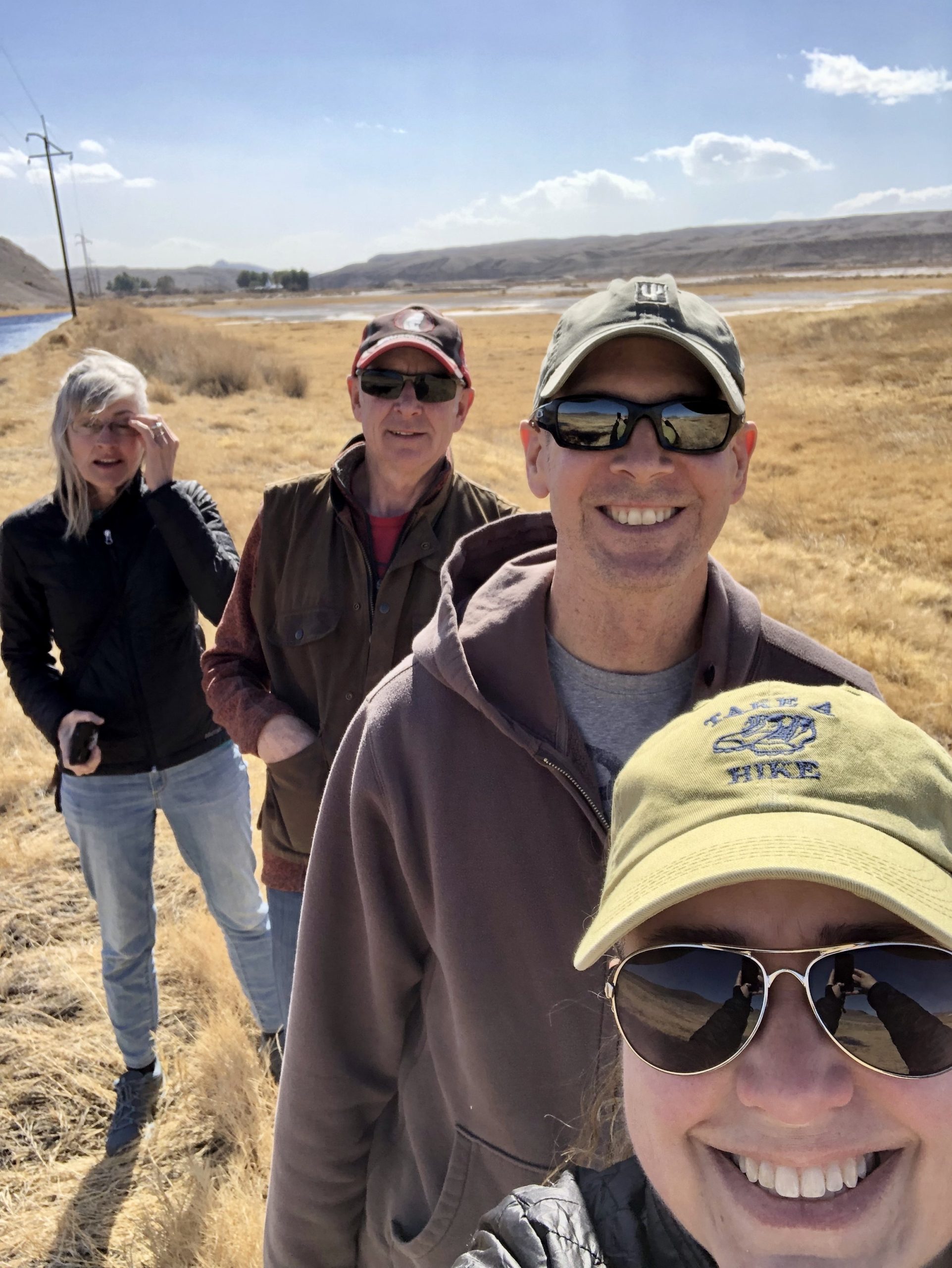
“Just a half-mile north of Delight’s (Hot Springs Resort), a short trail leads from a roadside turnout to a large pond known as the “bore hole.”
LA Times

“It seems a pharmaceutical company seeking something or other in the 1970s drilled through the earth and accidentally created the pond, which is filled with the same hot spring water you’ll find in the commercial baths in Tecopa.” – LA Times
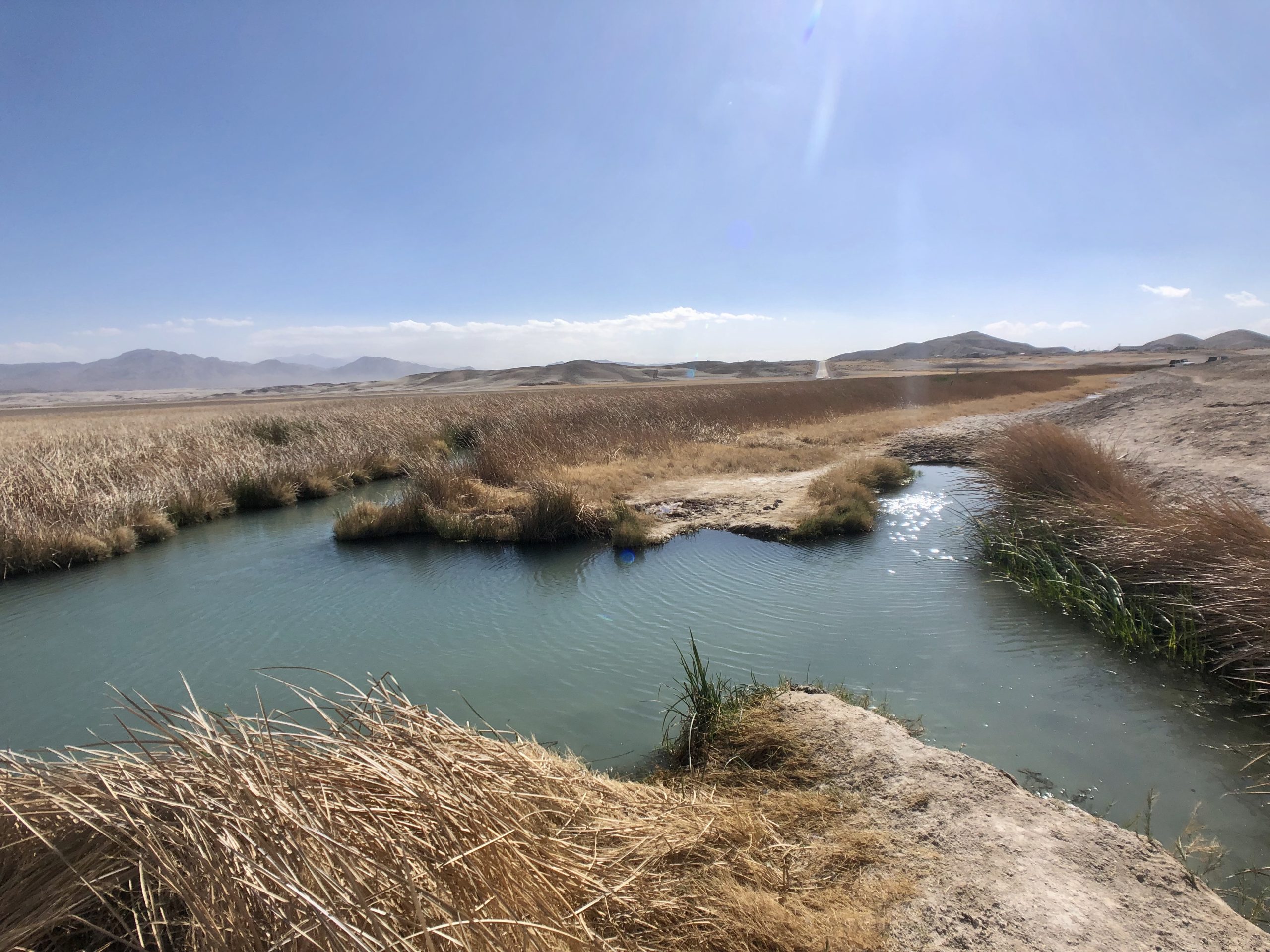
Many people often visit the bore hole to soak in the hot spring waters. If you do come out here to wade in the waters, Peter and Monique recommend wearing old water shoes as the bottom is very muddy and marshy, and the salt water can ruin anything you wear. Also be aware that one side it much hotter than the other, so take care to not burn yourself.
“I didn’t realize there were places to eat in Tecopa. Not only that but two microbreweries had sprung up.”
LA Times

Just east of town is a dirt road with an unexpected road sign proclaiming it “Thelma & Louise Rd”.
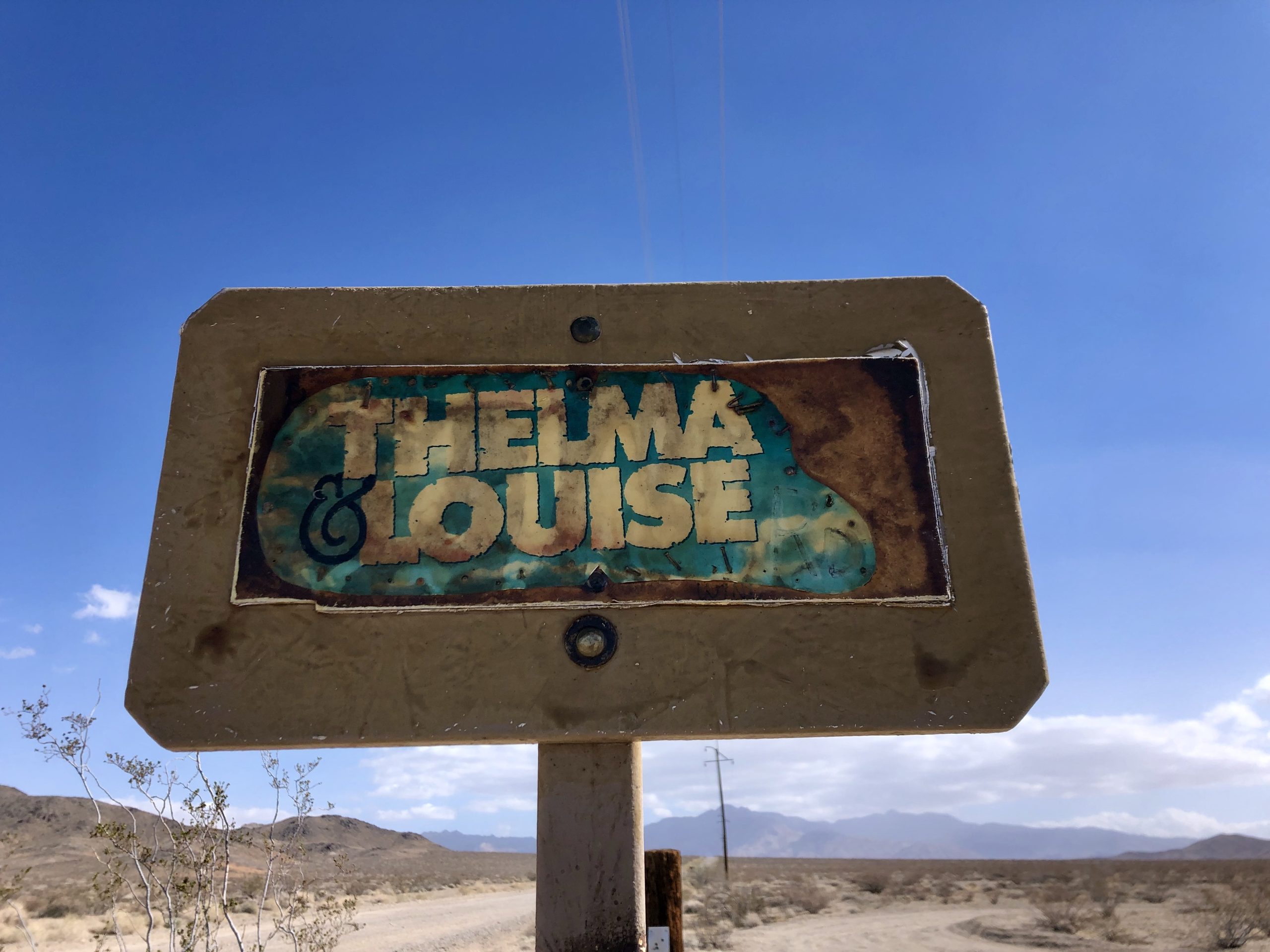

It was named after the ending of the 1991 movie “Thelma & Louise” where two women, fleeing police, drive their car off a cliff rather than get caught and face the law. At the end of the road is a sharp turn onto a road that runs along the top of a canyon. However, as you head out on the road it looks like the road goes right over the edge of the cliff.
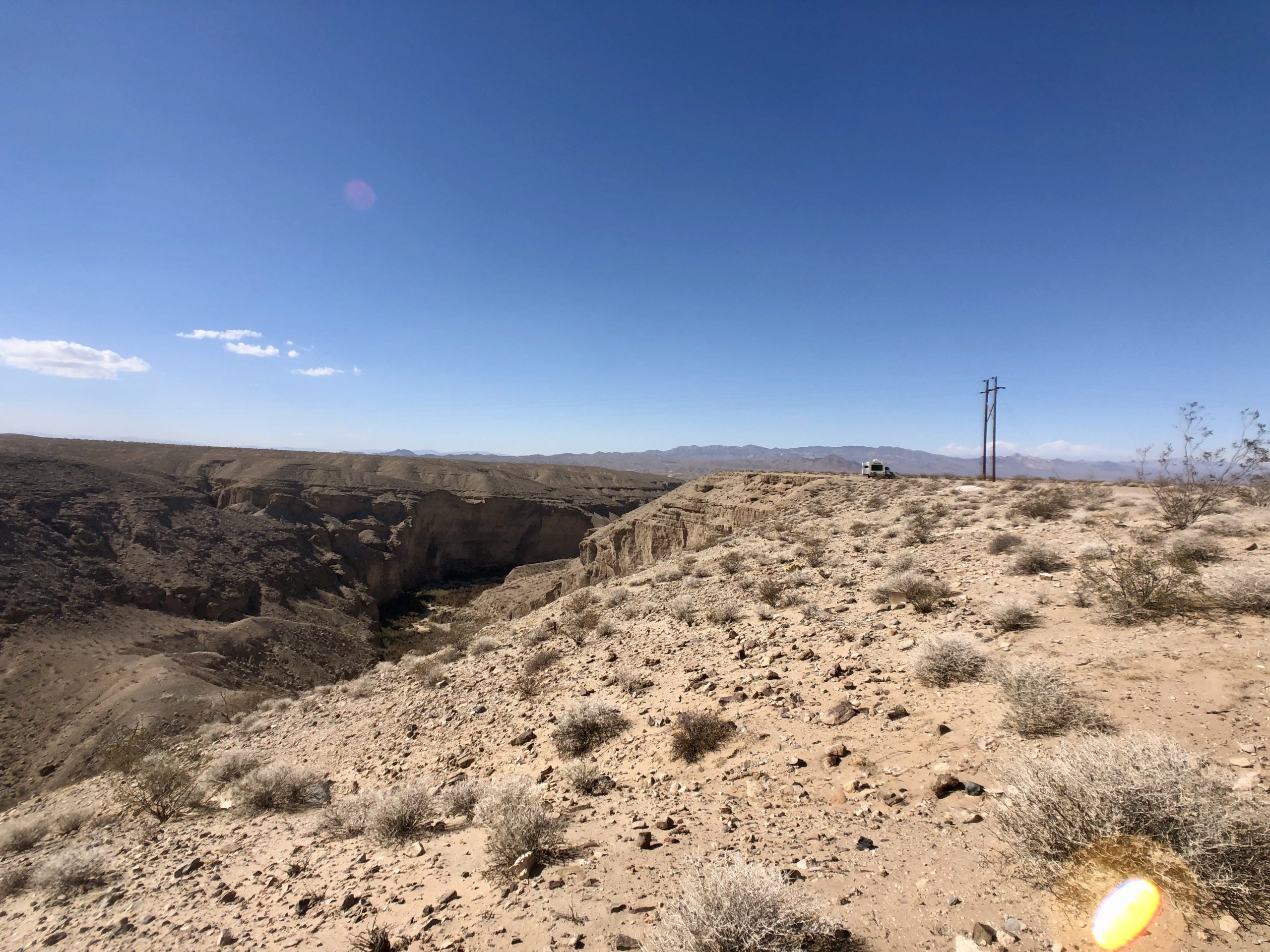
Nearby are the remains of a house with a small sign declaring it the home of Peter Jacobson.
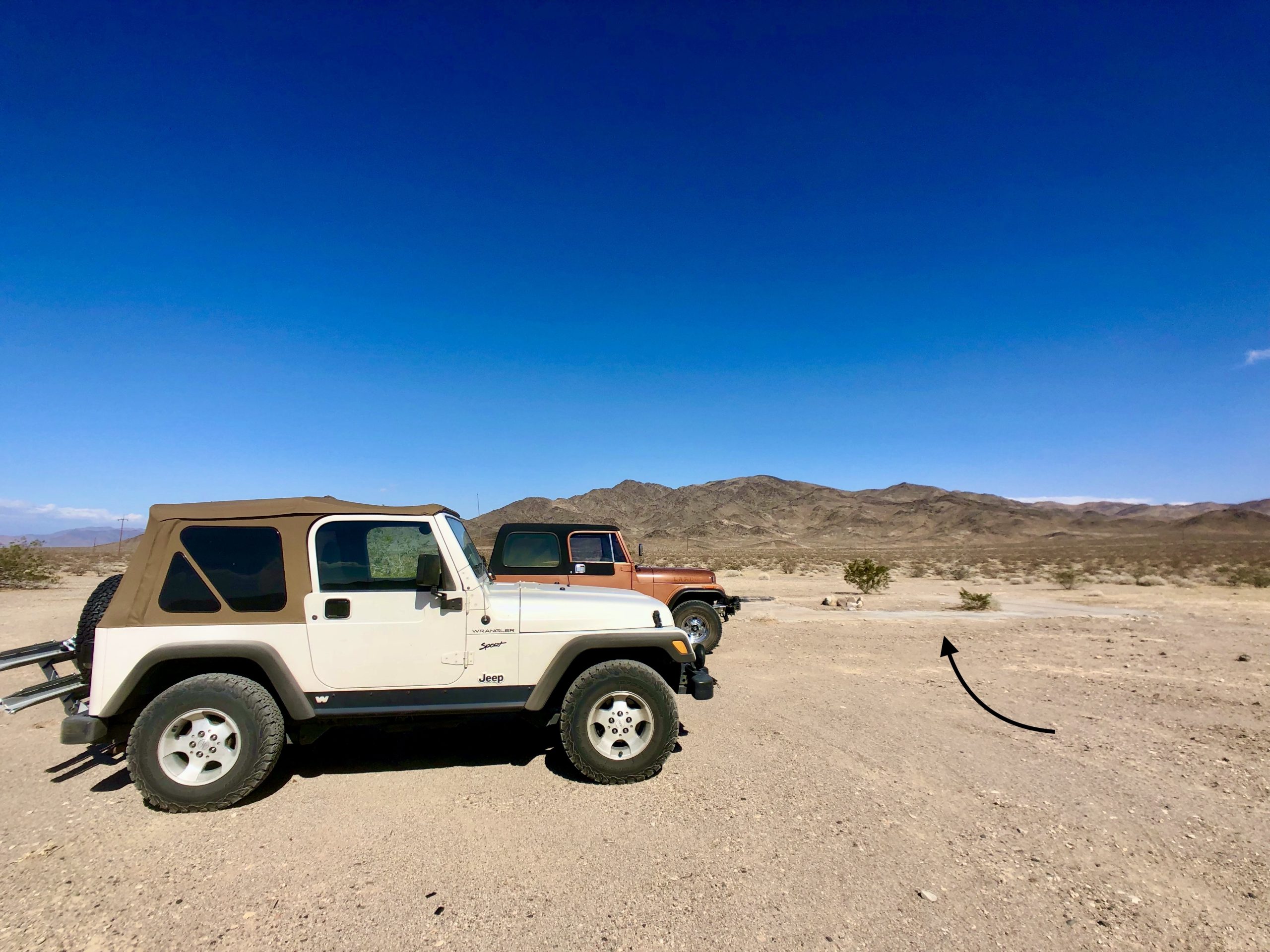

Further east are the remains of Noonday Camp, a mining town.
“Compared to other mining ghost towns in the region, Noonday Camp became a ghost town quite recently.”
Wikipedia
“The Finley Company built the town in the 1940s support the nearby War Eagle, Noonday, and Columbia lead mines. It was later used by the Anaconda Copper Company, who constructed the lead ore concentration mill during 1947–1948. The town was abandoned in 1972.” – Wikipedia
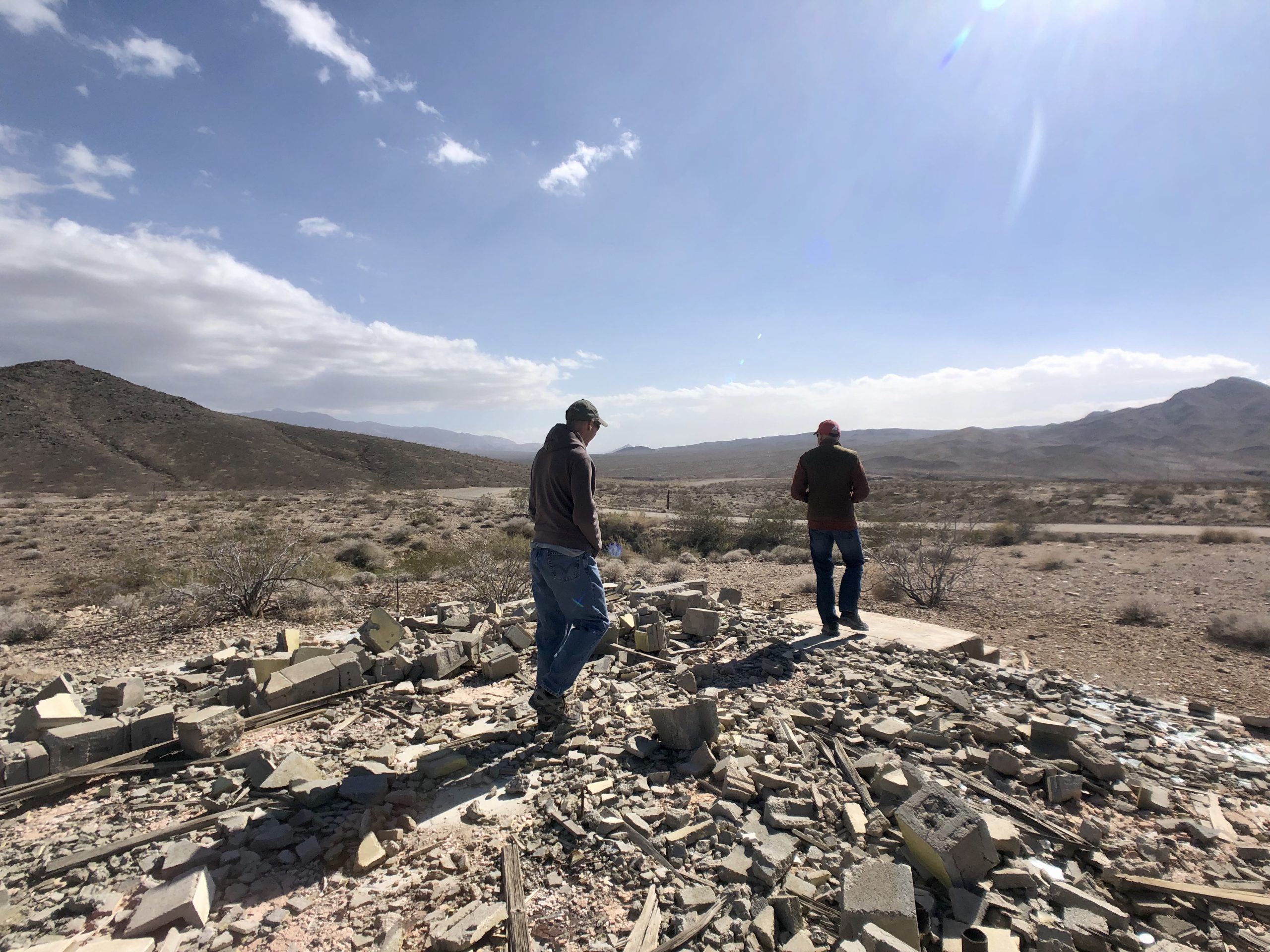

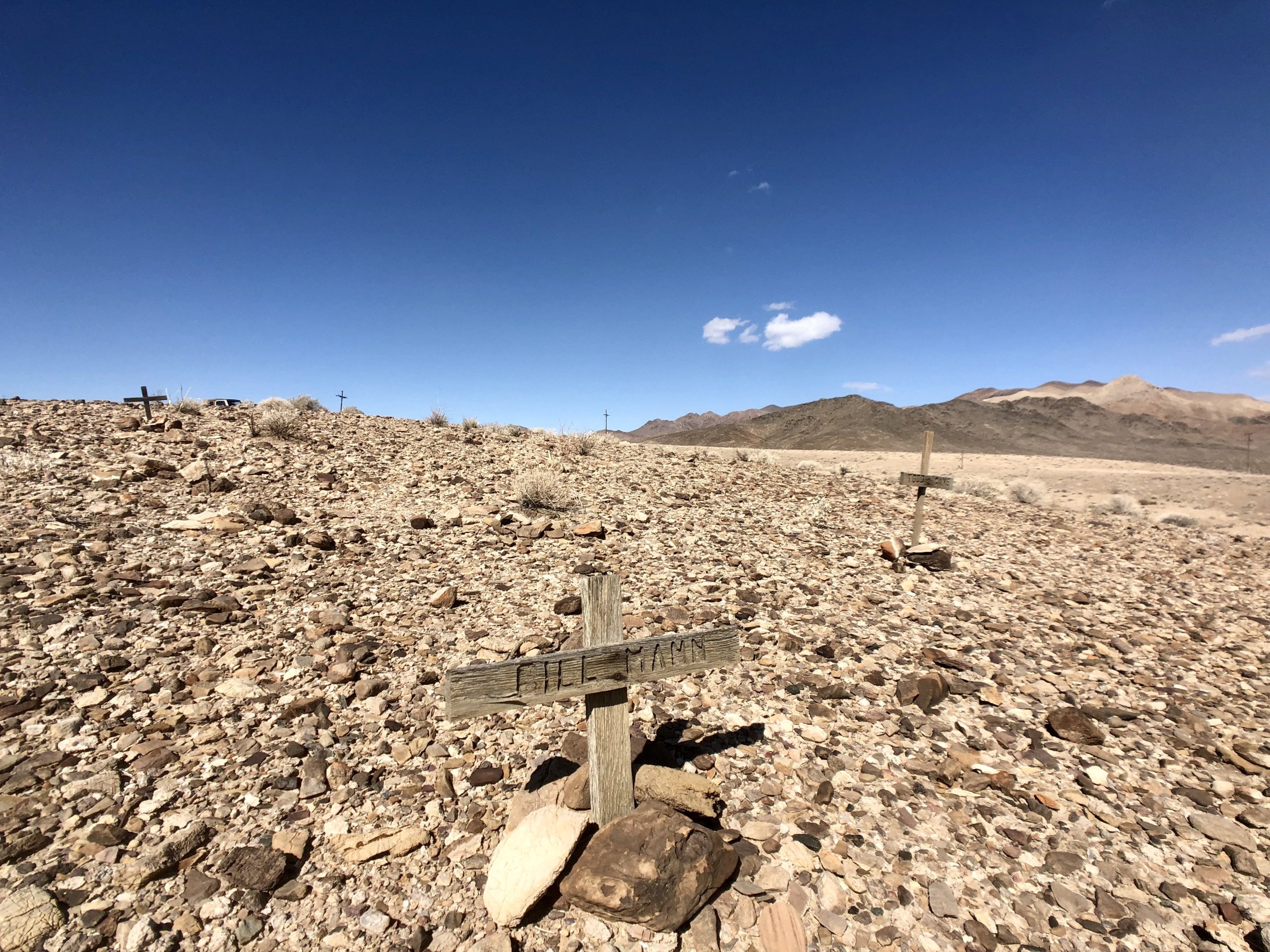
“DEEP IN THE MOJAVE DESERT, outside of Death Valley, there’s a lush oasis of palms, cottonwoods, and willows in a canyon. Tucked away from almost anything resembling modern civilization, the China Ranch Date Farm can be reached only by following a winding gravel road carved through steep, chalky cliffs.”
Atlas Obscura

“Though the rugged drive can seem daunting, the payoff is yummy, as the century-old, family-owned farm sells its bounty in the form of numerous delicious date products, from breads and pastes to syrups and, of course, delicious date shakes made fresh to order.” – Atlas Obscura
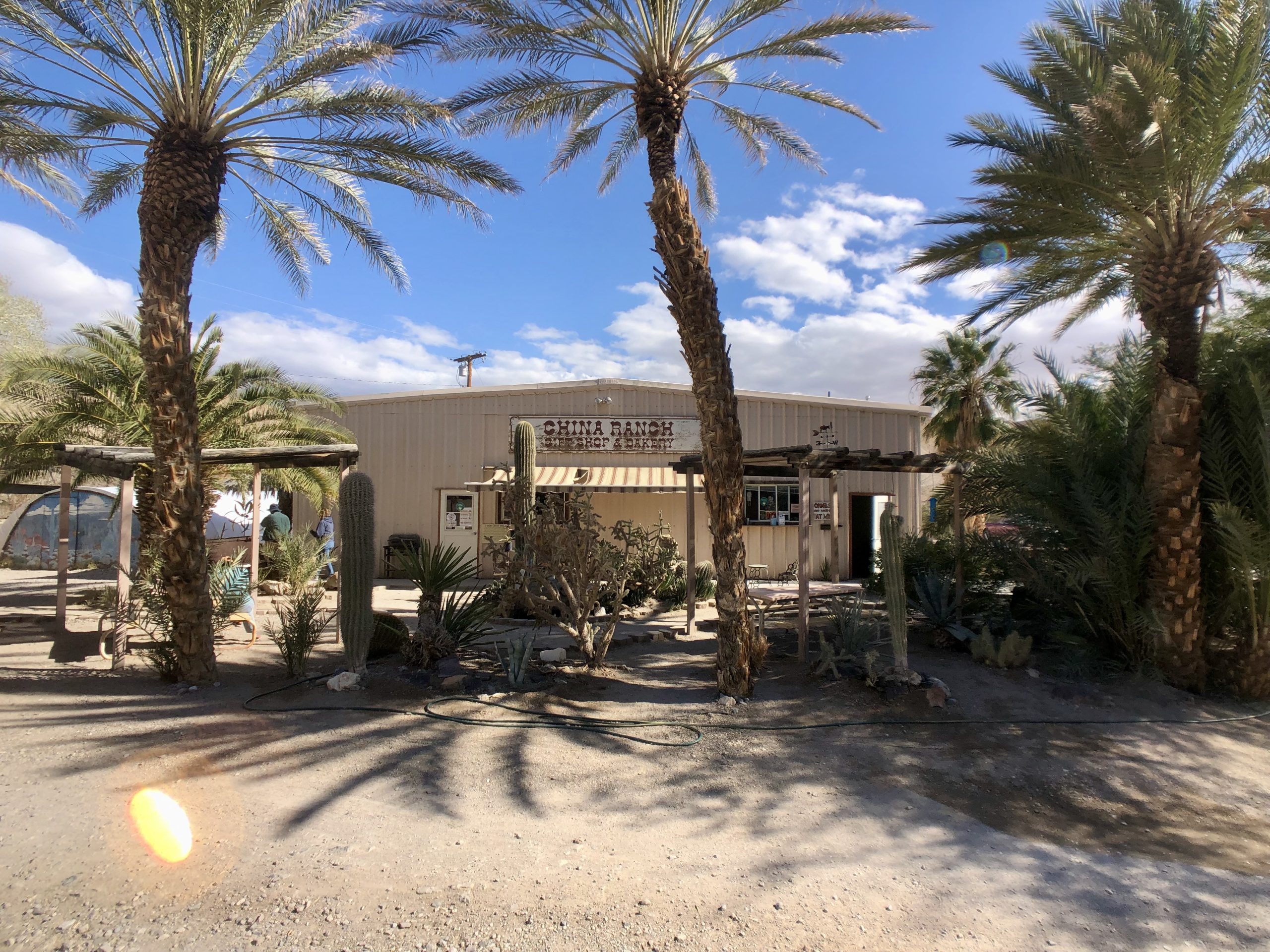

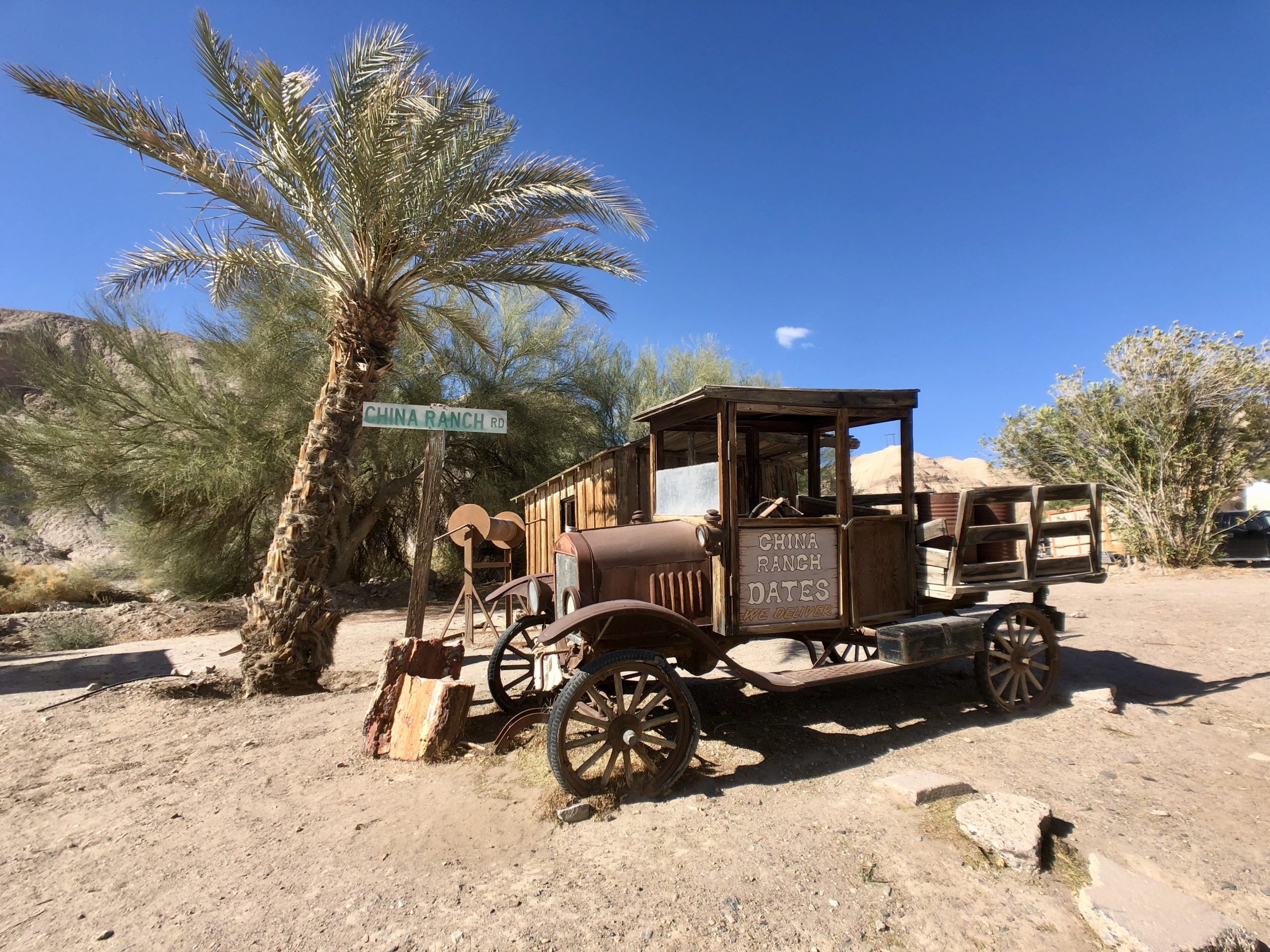
“The cycle of work to produce a bountiful crop of dates begins in early spring…In late August the bundles are nearly full-sized, but are still green and immature…At this stage they are covered with heavy paper wraps to protect them from rain, birds, and sunburn.” – ChinaRanch.com
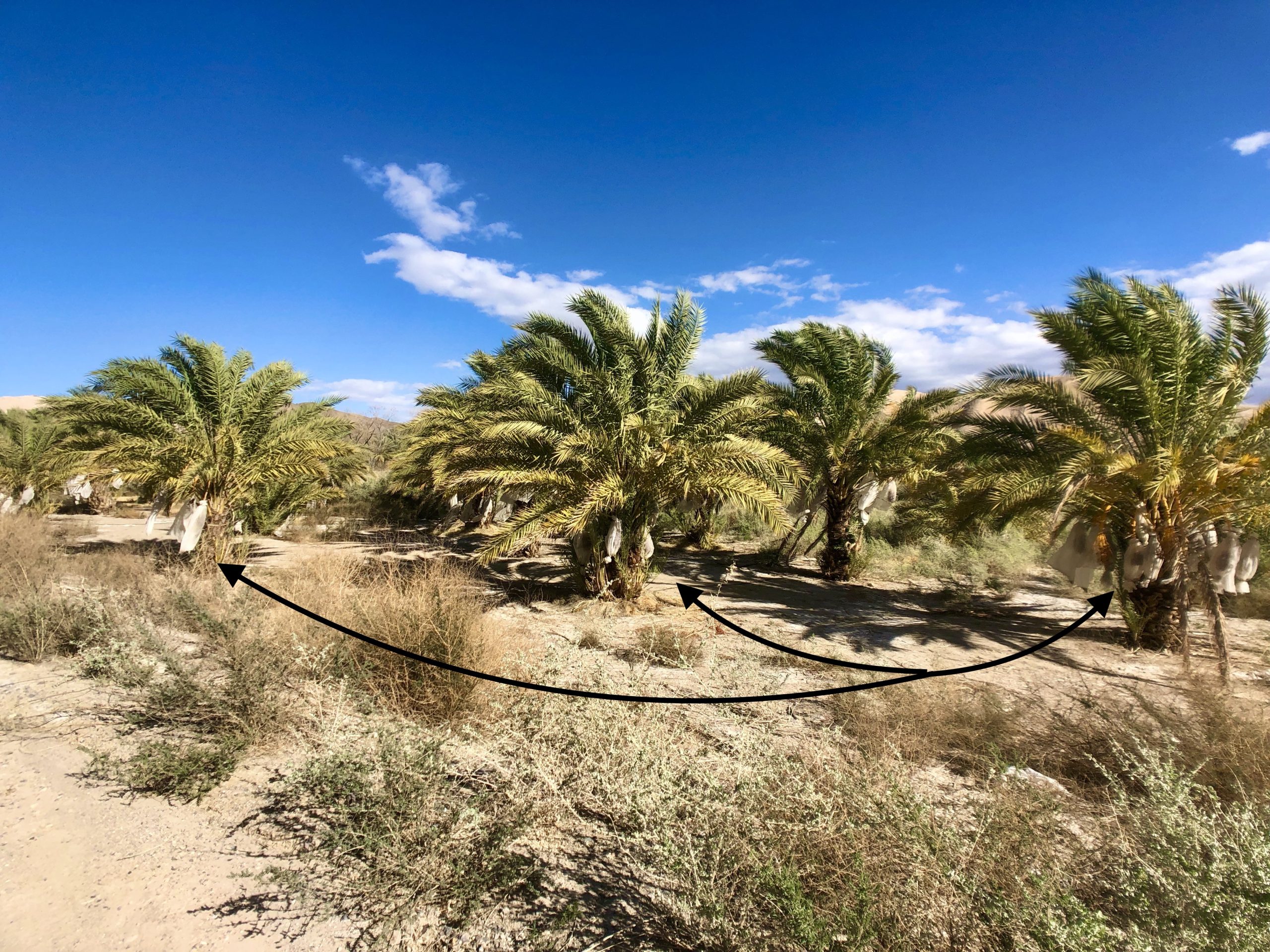
“Typical adult trees will produce 200-300 pounds of fruit each season.” – ChinaRanch.com
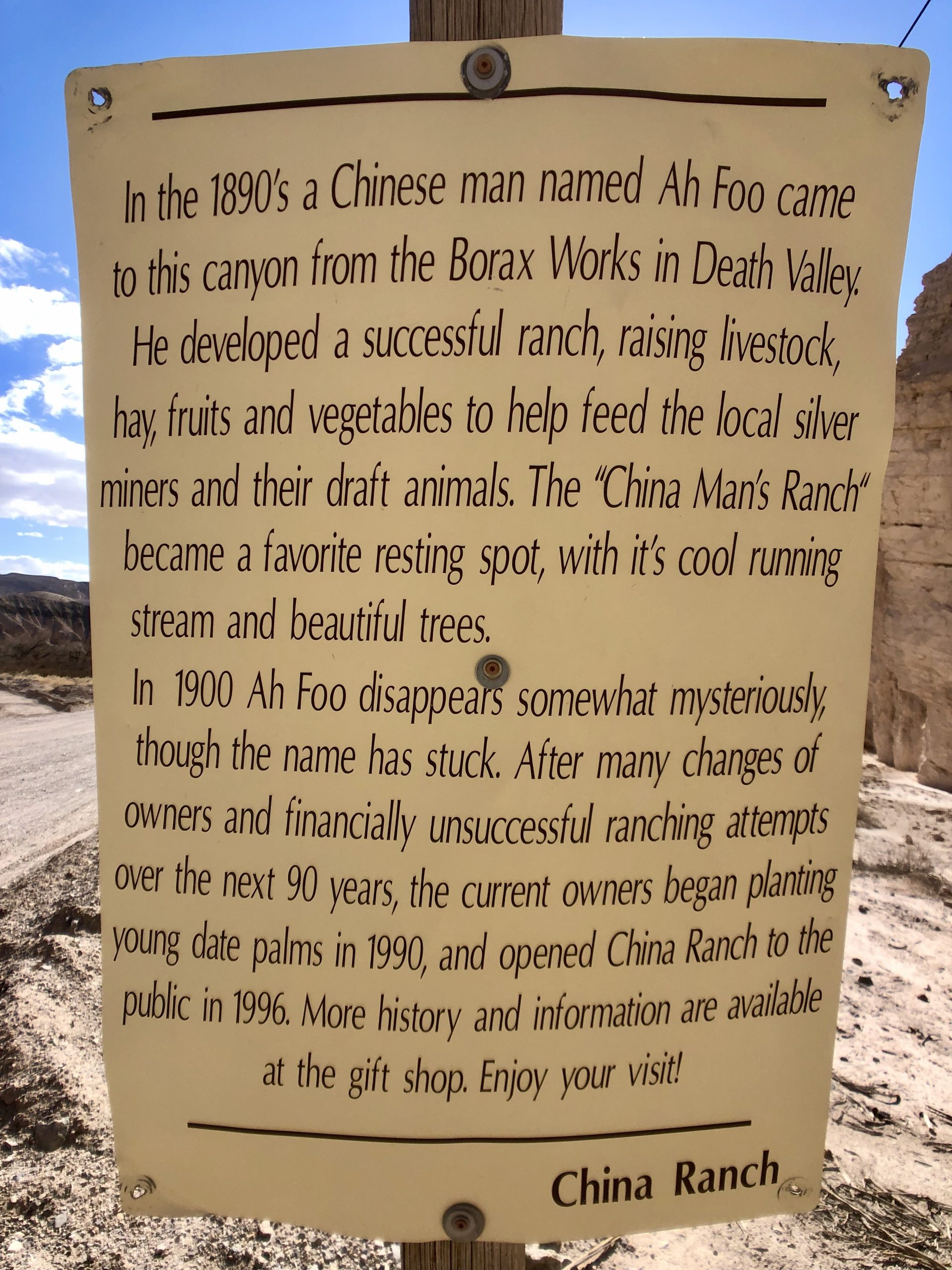
There are many hiking trails in the area, many leaving from the China Ranch parking lot. “Trails vary in length from a few hundred yards to several miles. October through April are the best months in order to avoid the intense summer heat.” – ChinaRanch.com


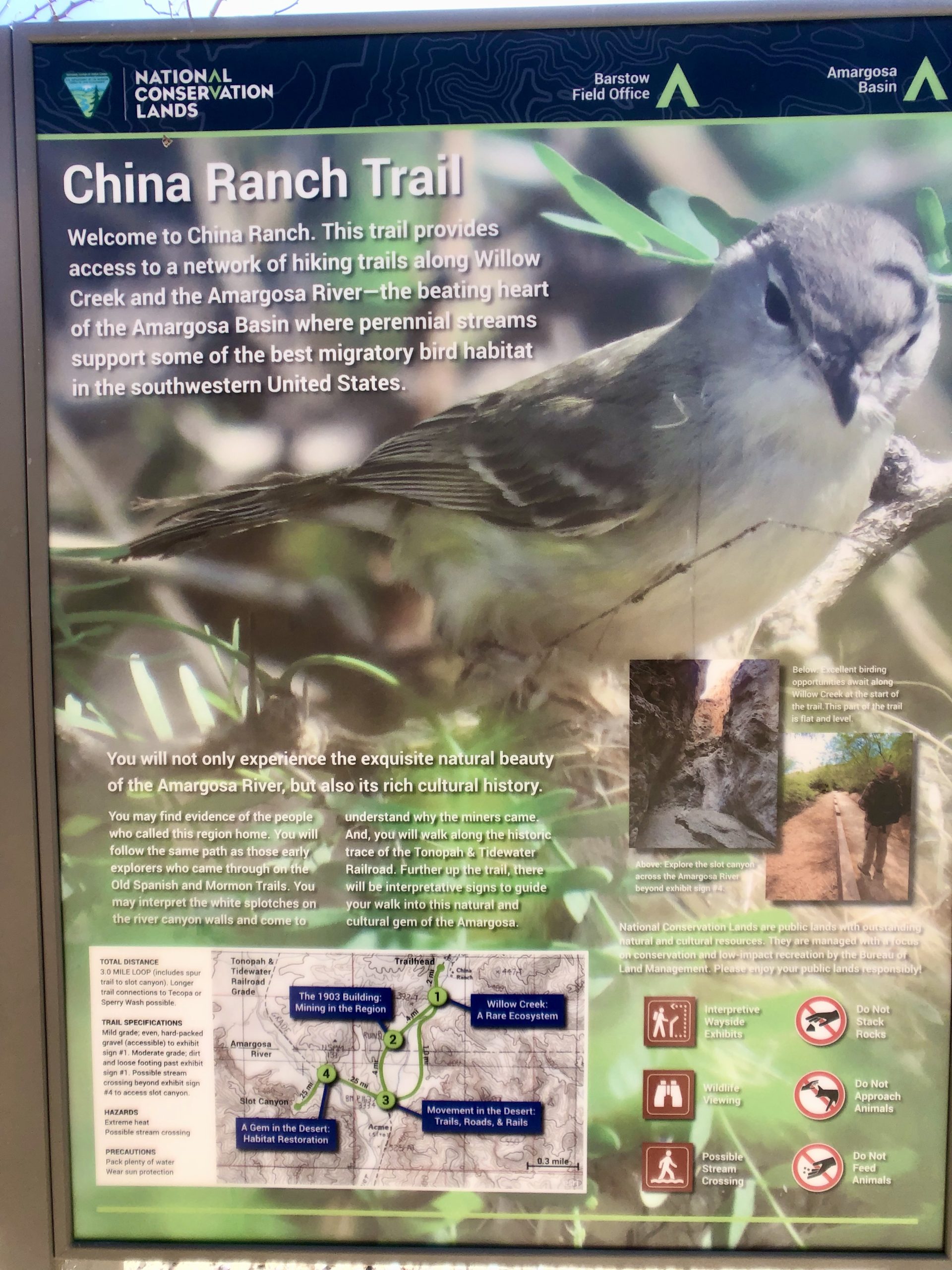
Rather than hike any of these trails, we decided to drive over near Death Valley National Park to do some hiking in the Salt Creek Hills.
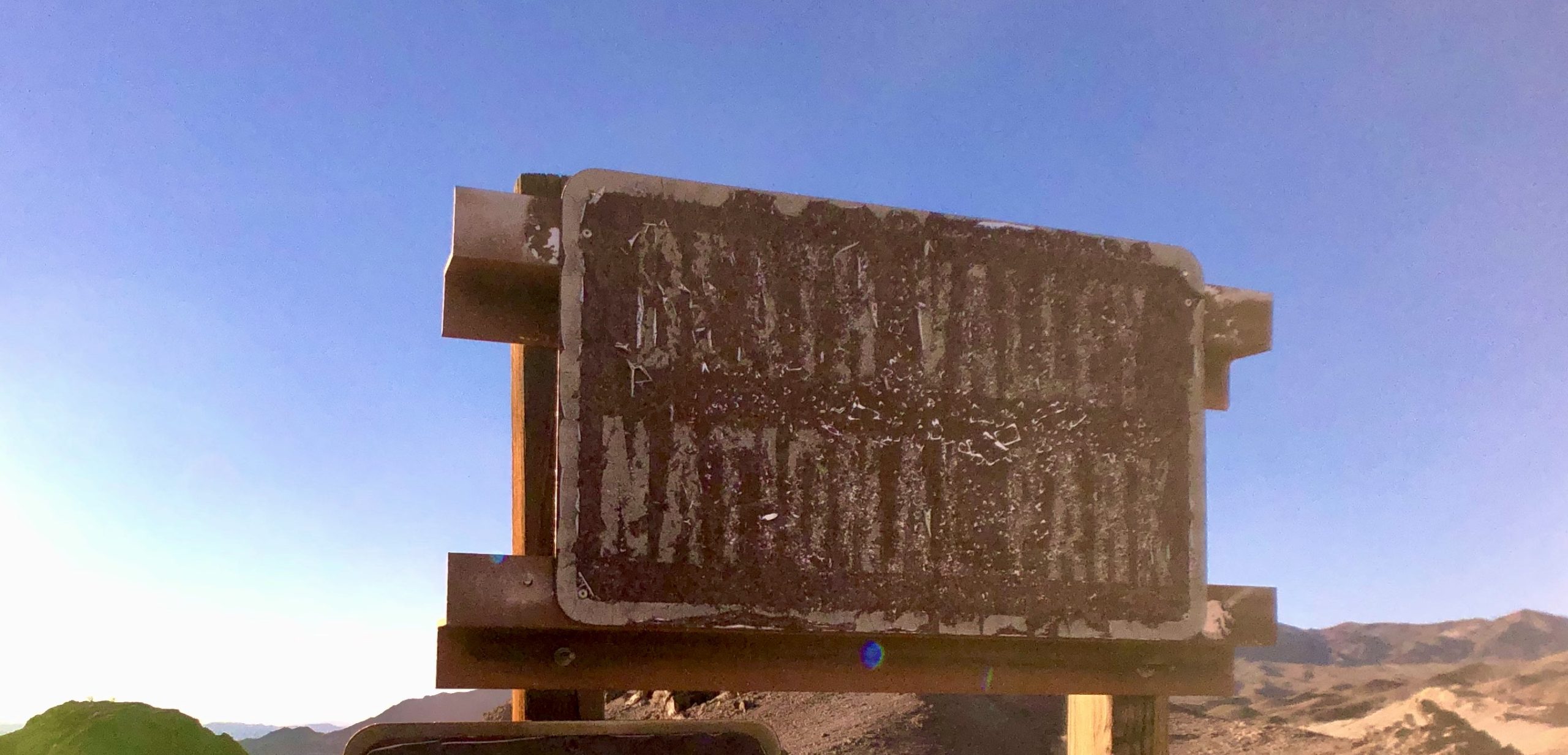
“Located at the southeastern tip of Death Valley and just outside of the park boundary are the Salt Creek Hills.” – BackRoadsWest.com
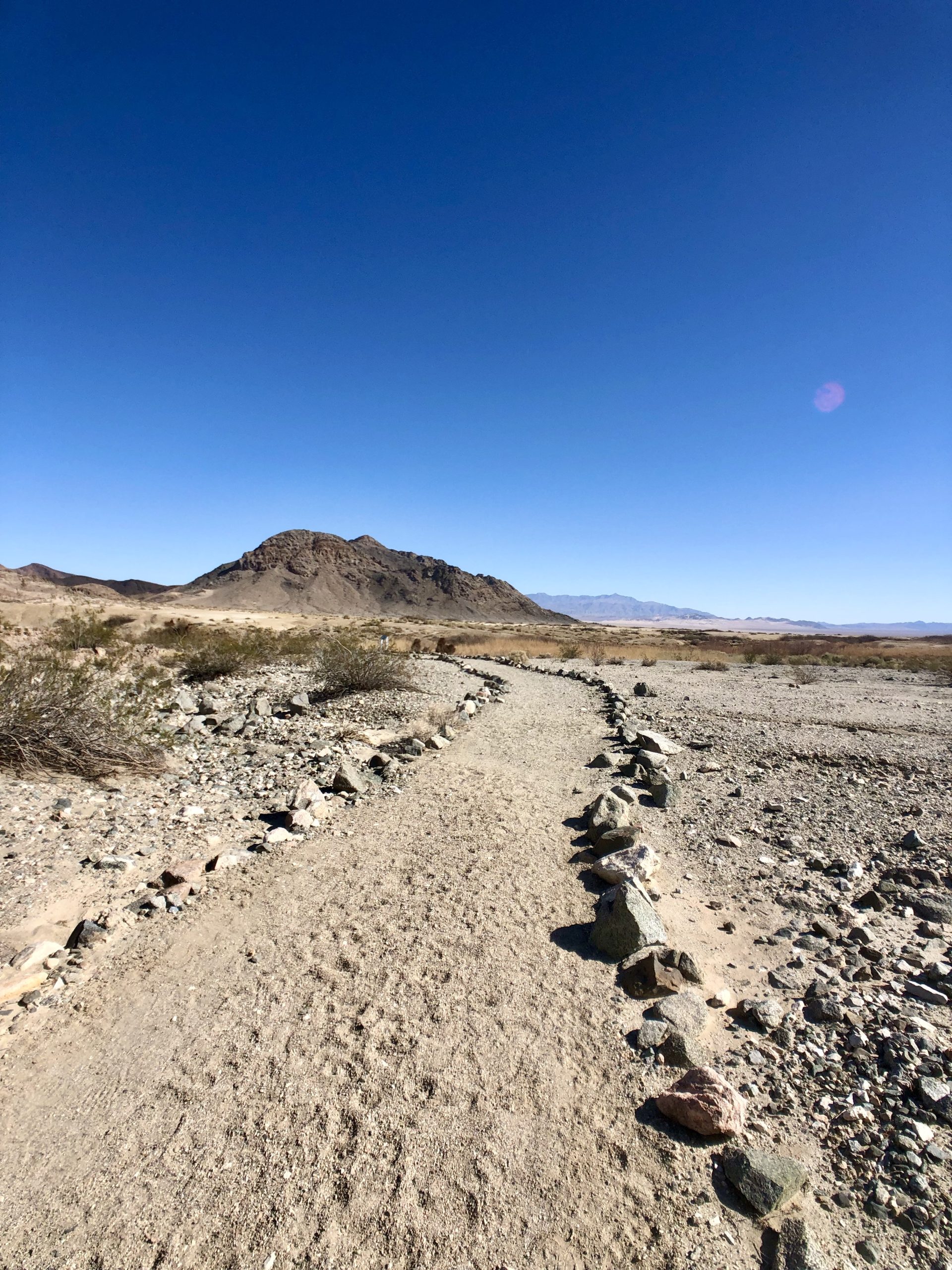
“Providing a rare source of water in this wide desert expanse, Salt Creek Hills is rich with history of the Old Spanish Trail, mining operations from the 1800’s and, no doubt, prehistoric Native Americans were here, too.” – BackRoadsWest.com
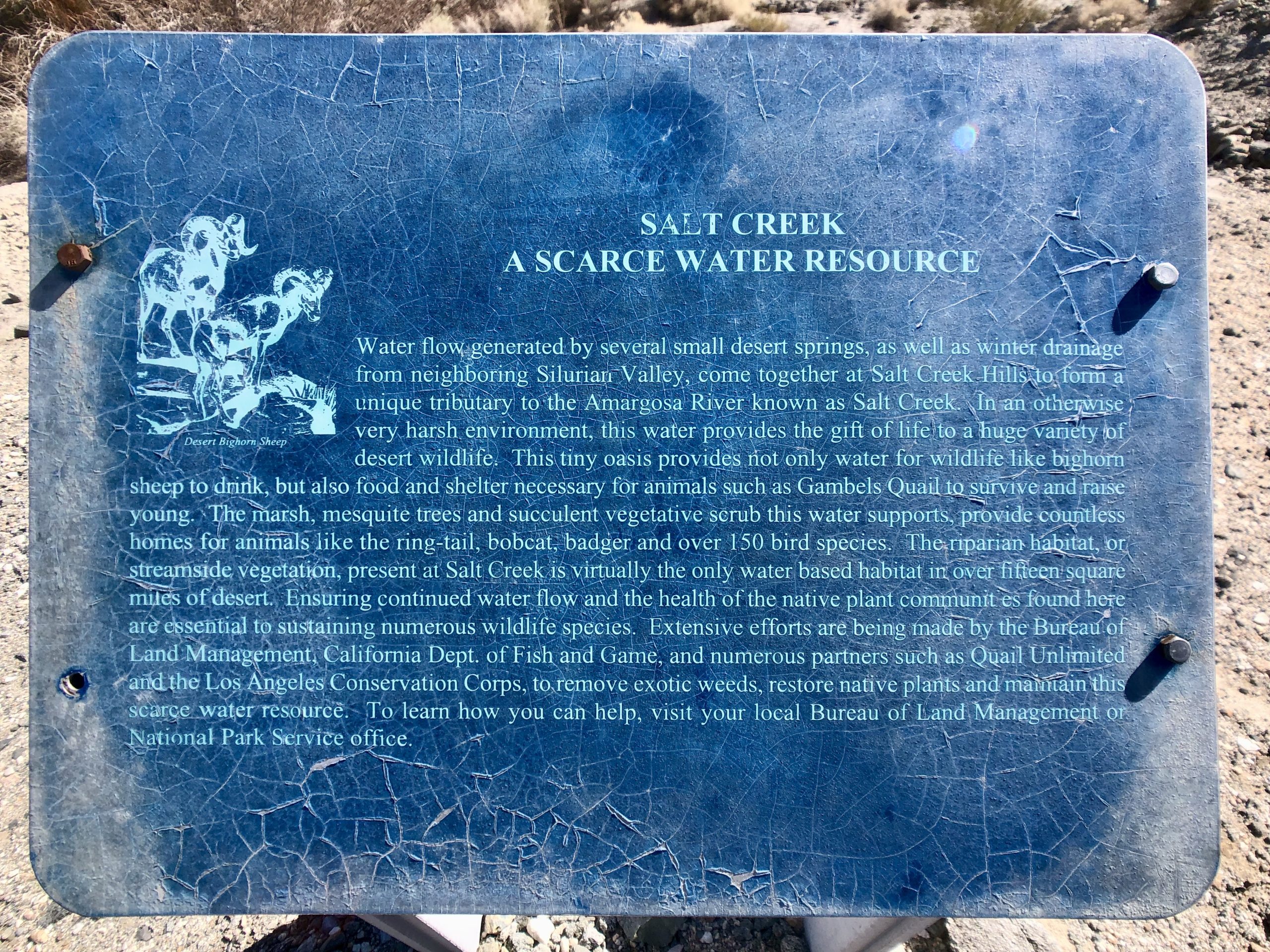
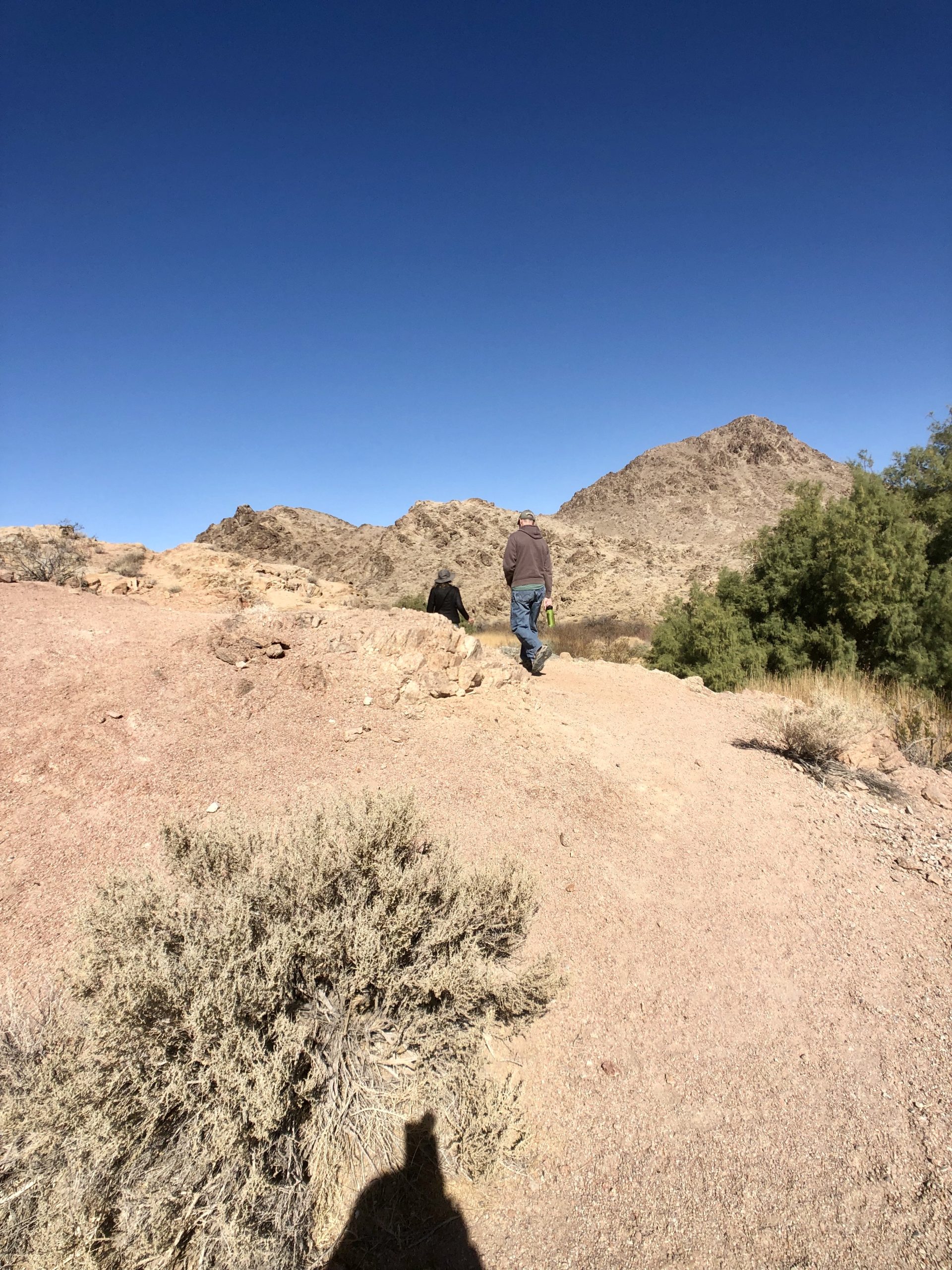
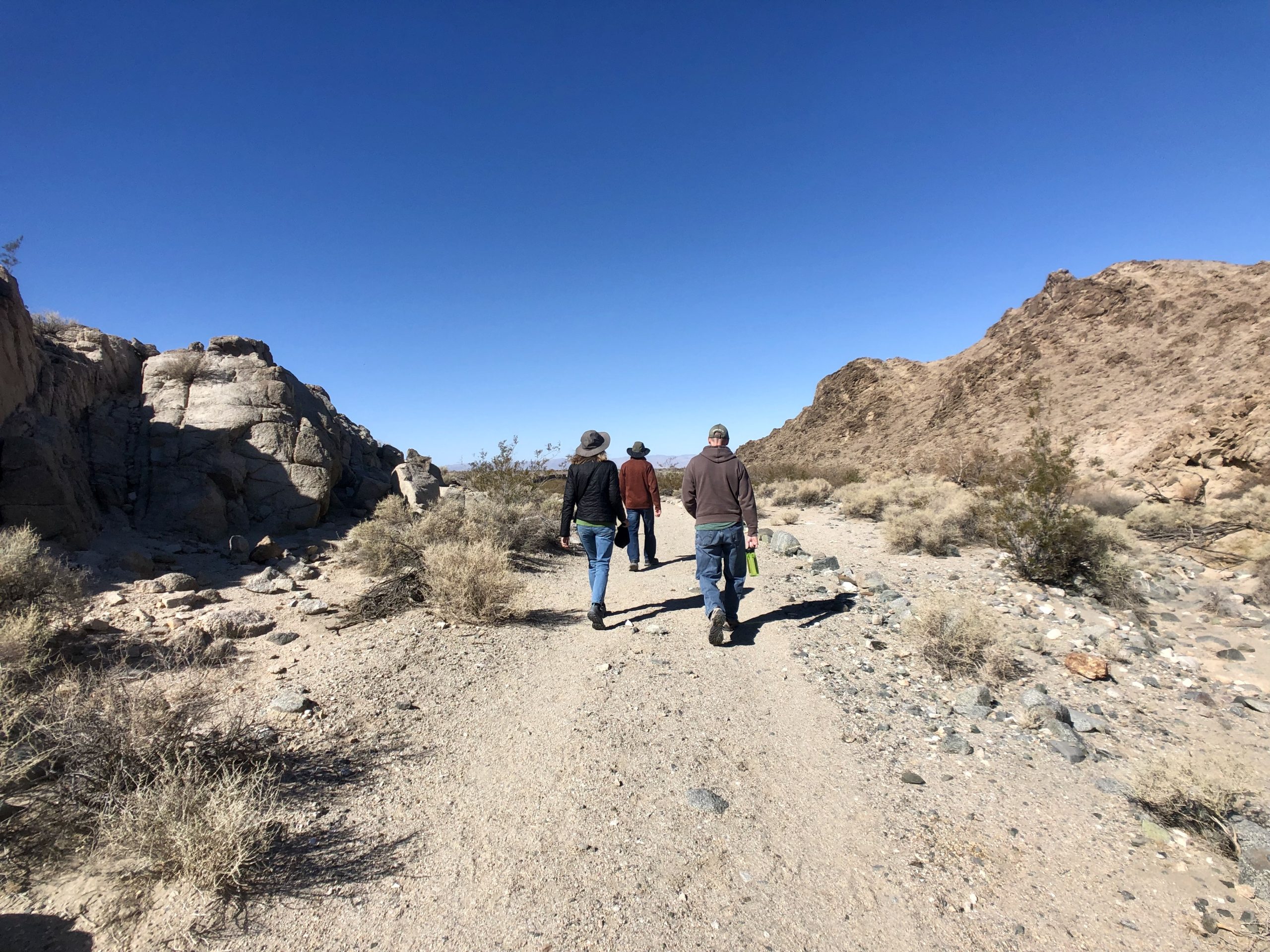
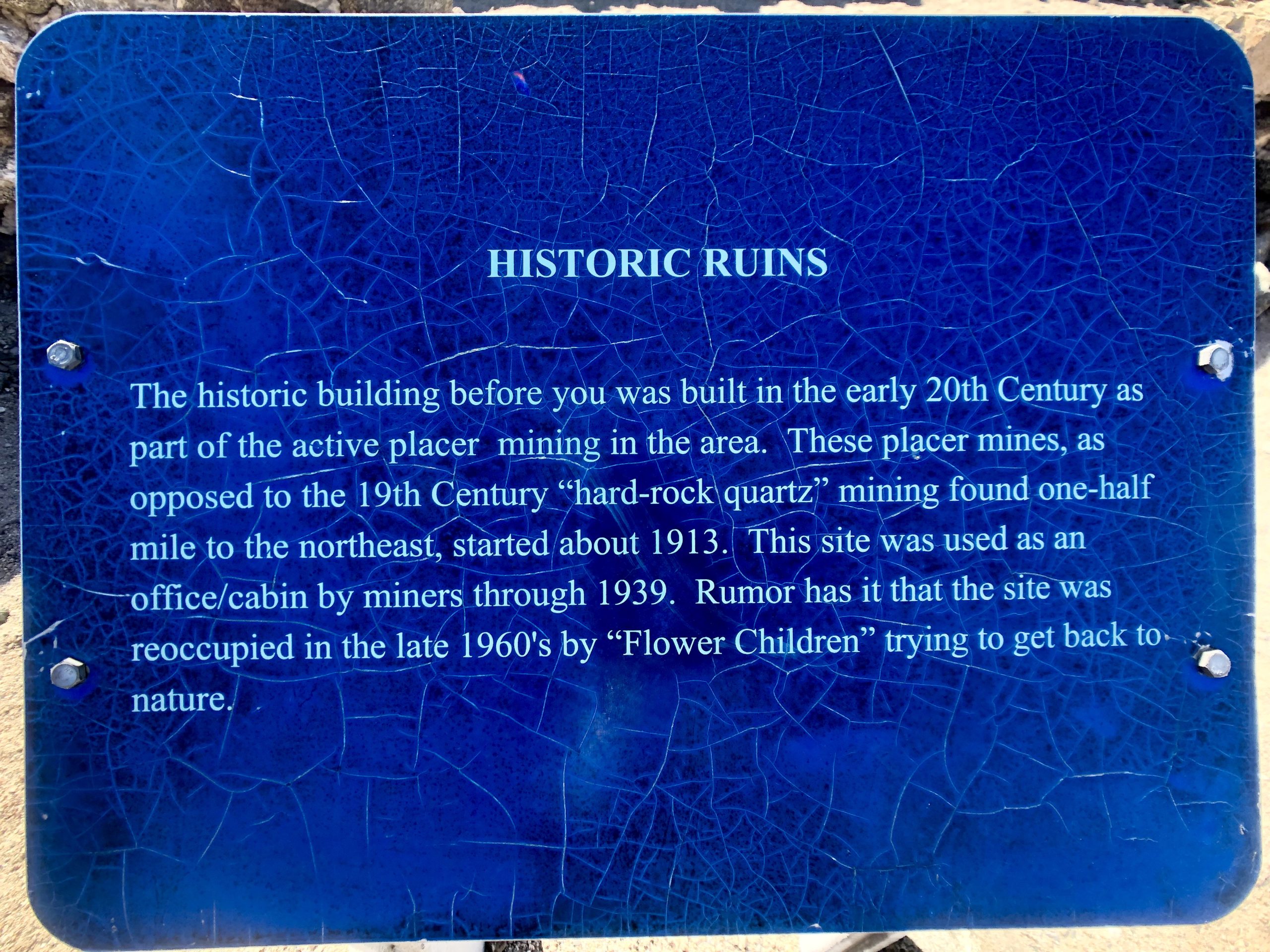
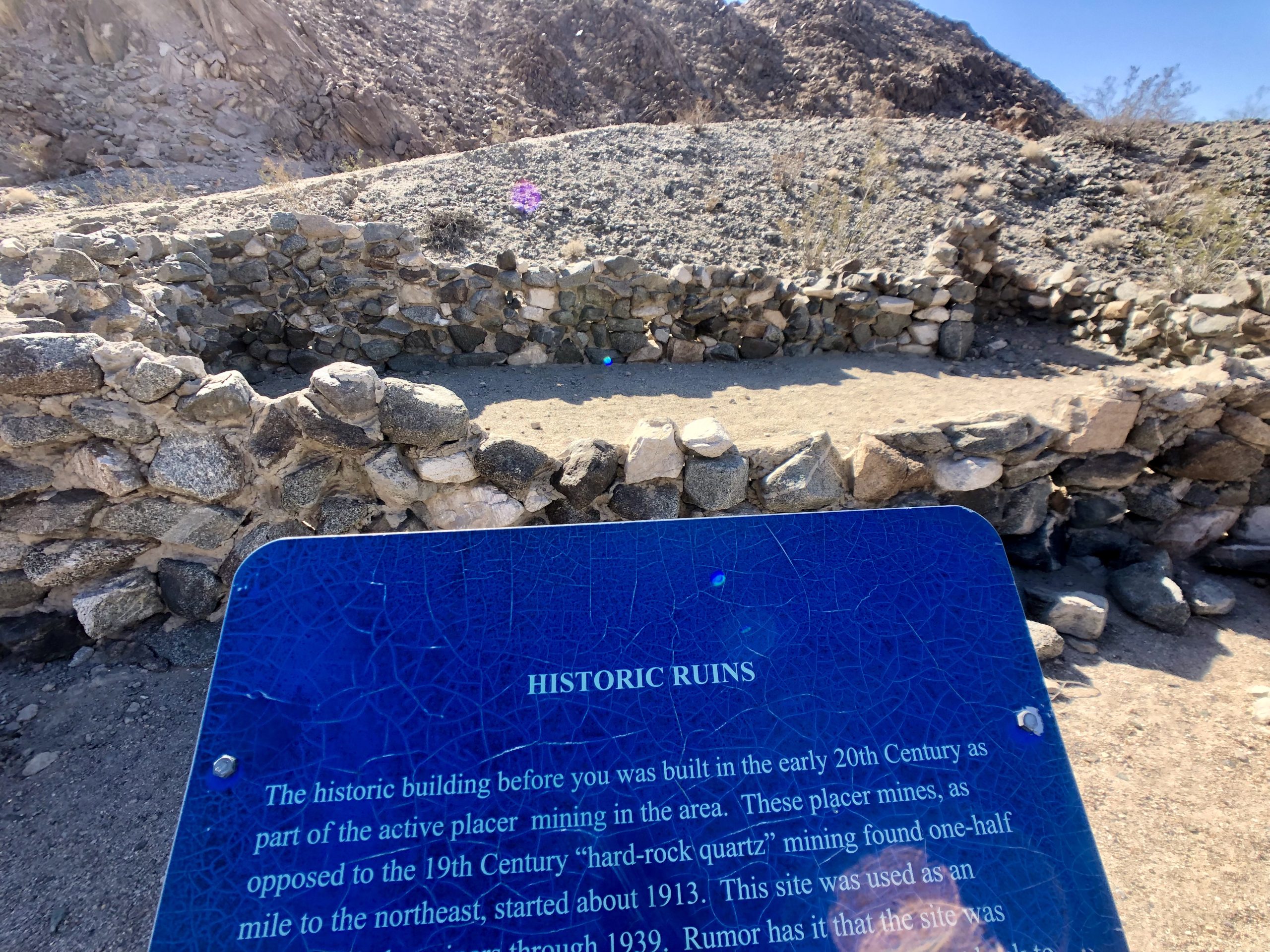
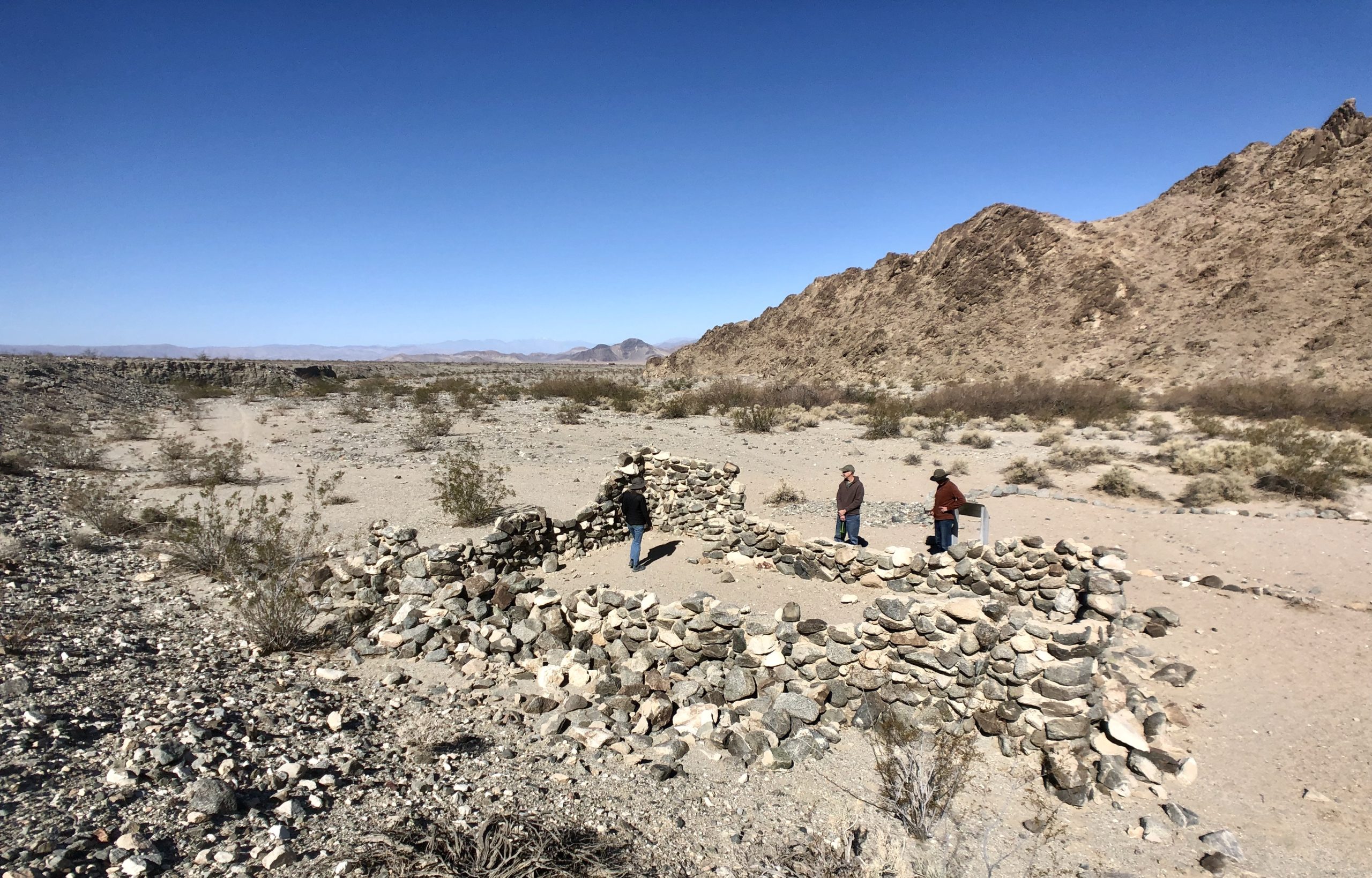
“Often called the “Crown Jewel of the Mojave Desert,” the Amargosa is the only free-flowing river in the Death Valley region of the Mojave…The river flows year-round dropping south from Nevada and finally flowing into Death Valley National Park.” – Bureau of Land Management
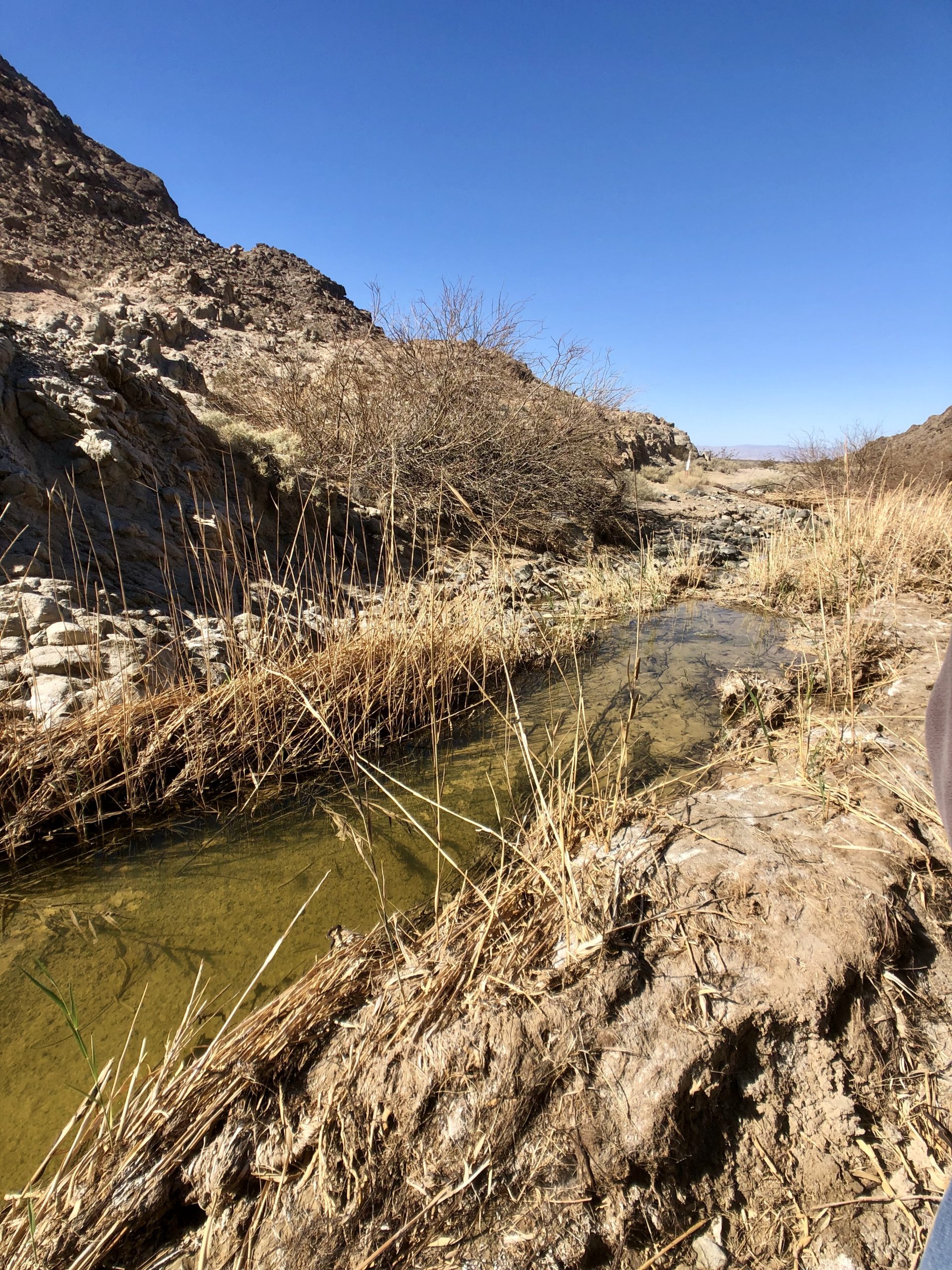

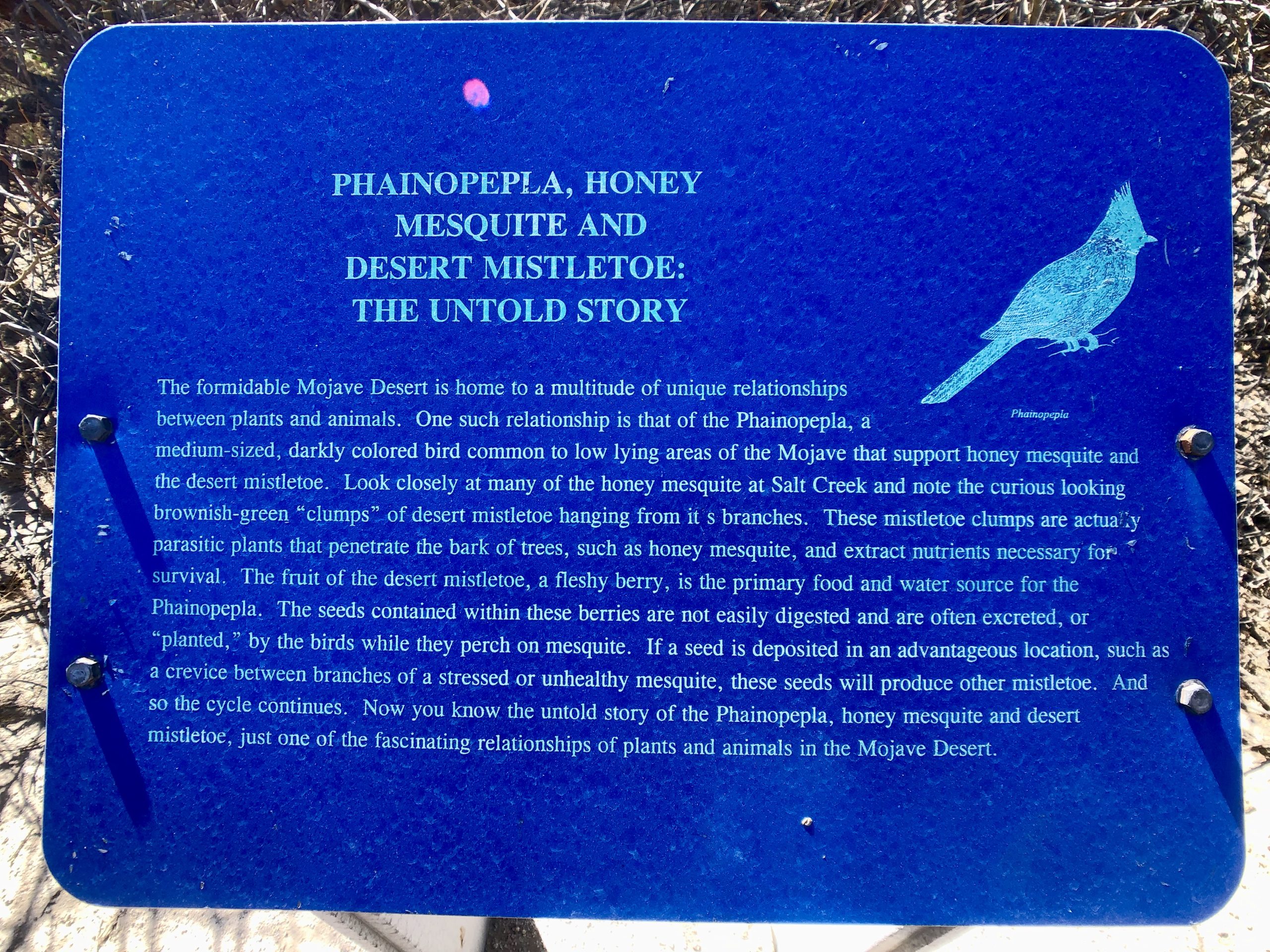
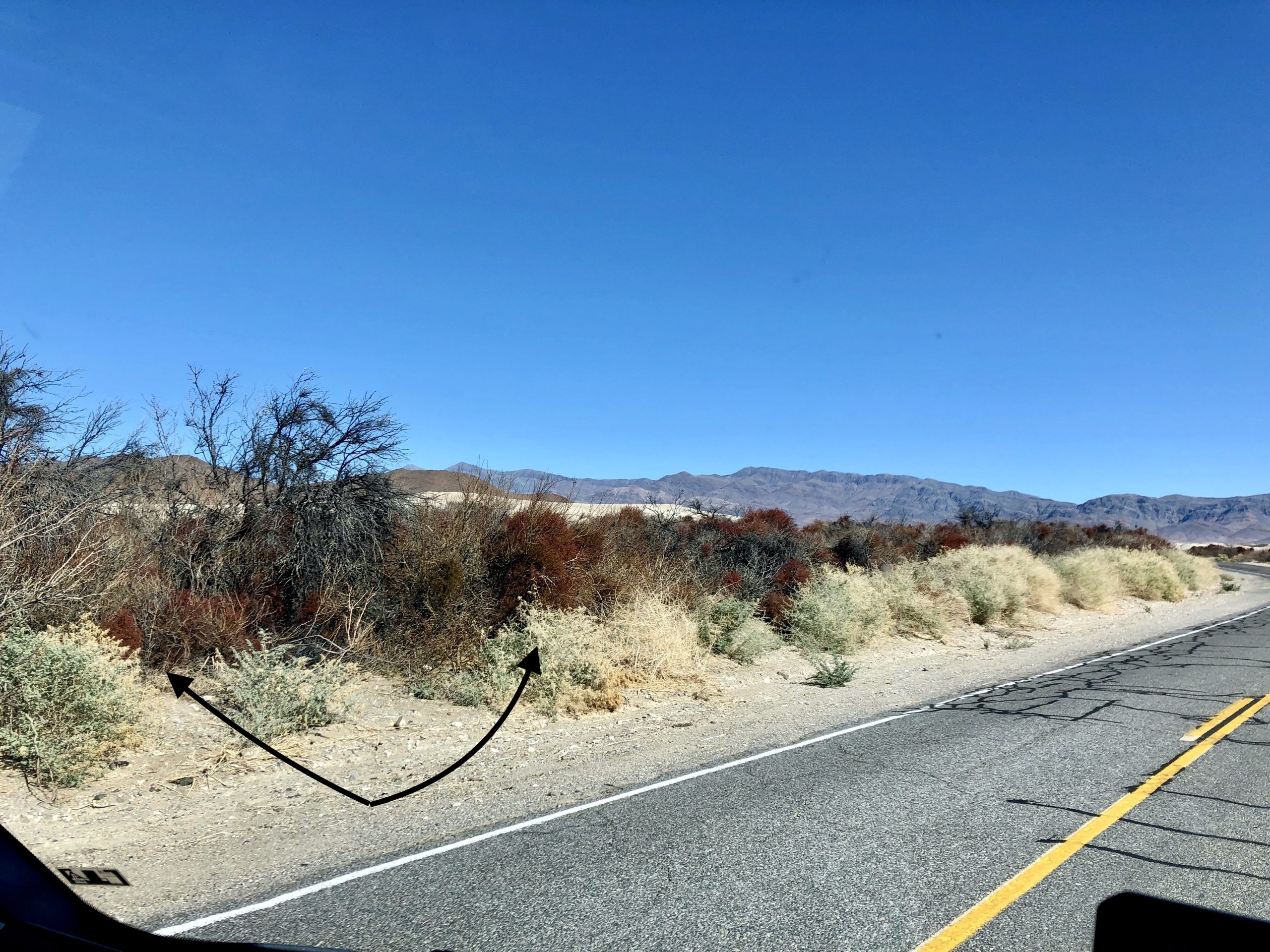
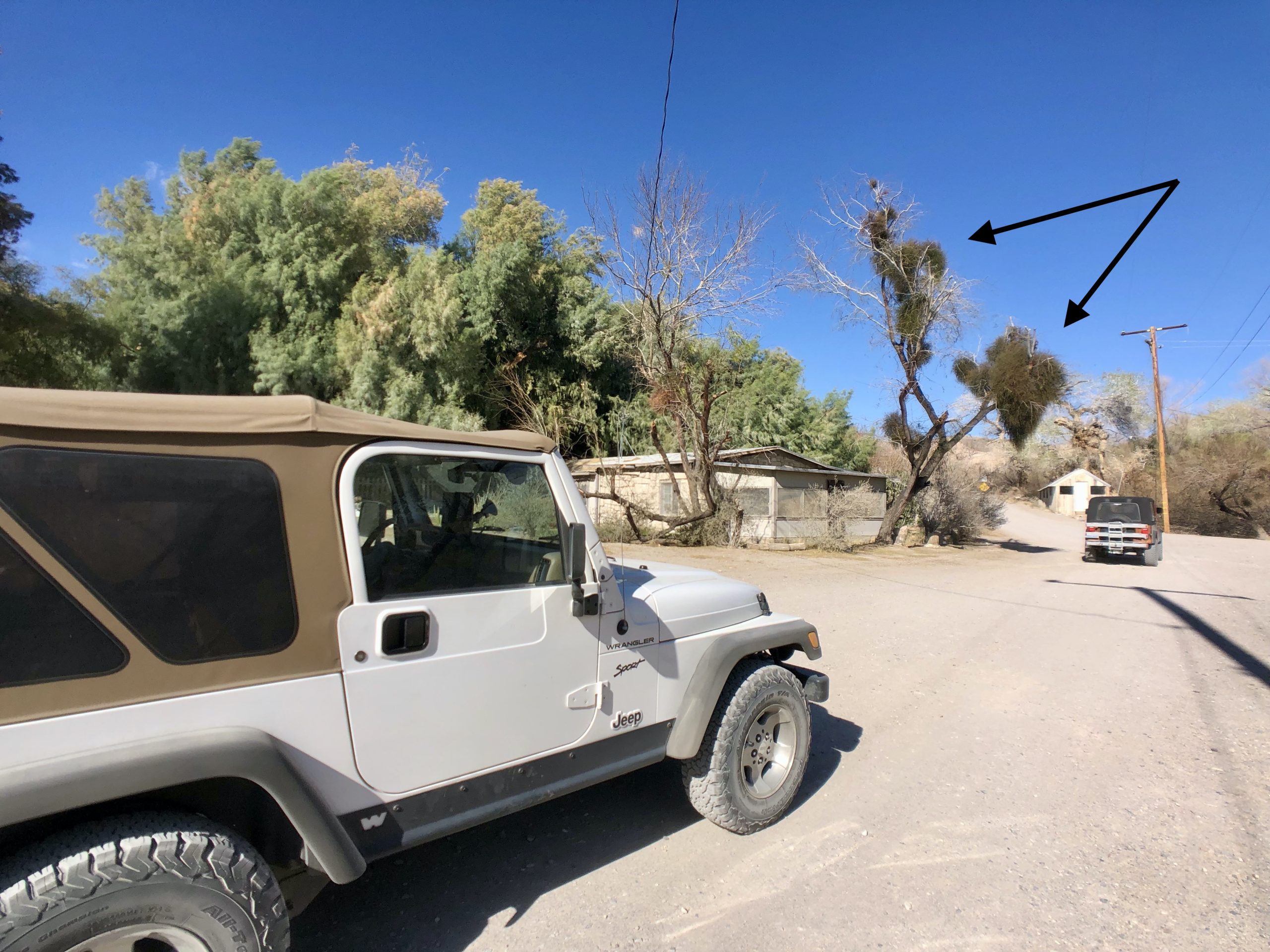
“In the 1820’s, Amargosa Spring was a stop along the Old Spanish Trail. Later, around 1850, this same route was used by Mormon settlers traveling to the San Bernardino region and became known as the Mormon Road.” – BackRoadsWest.com
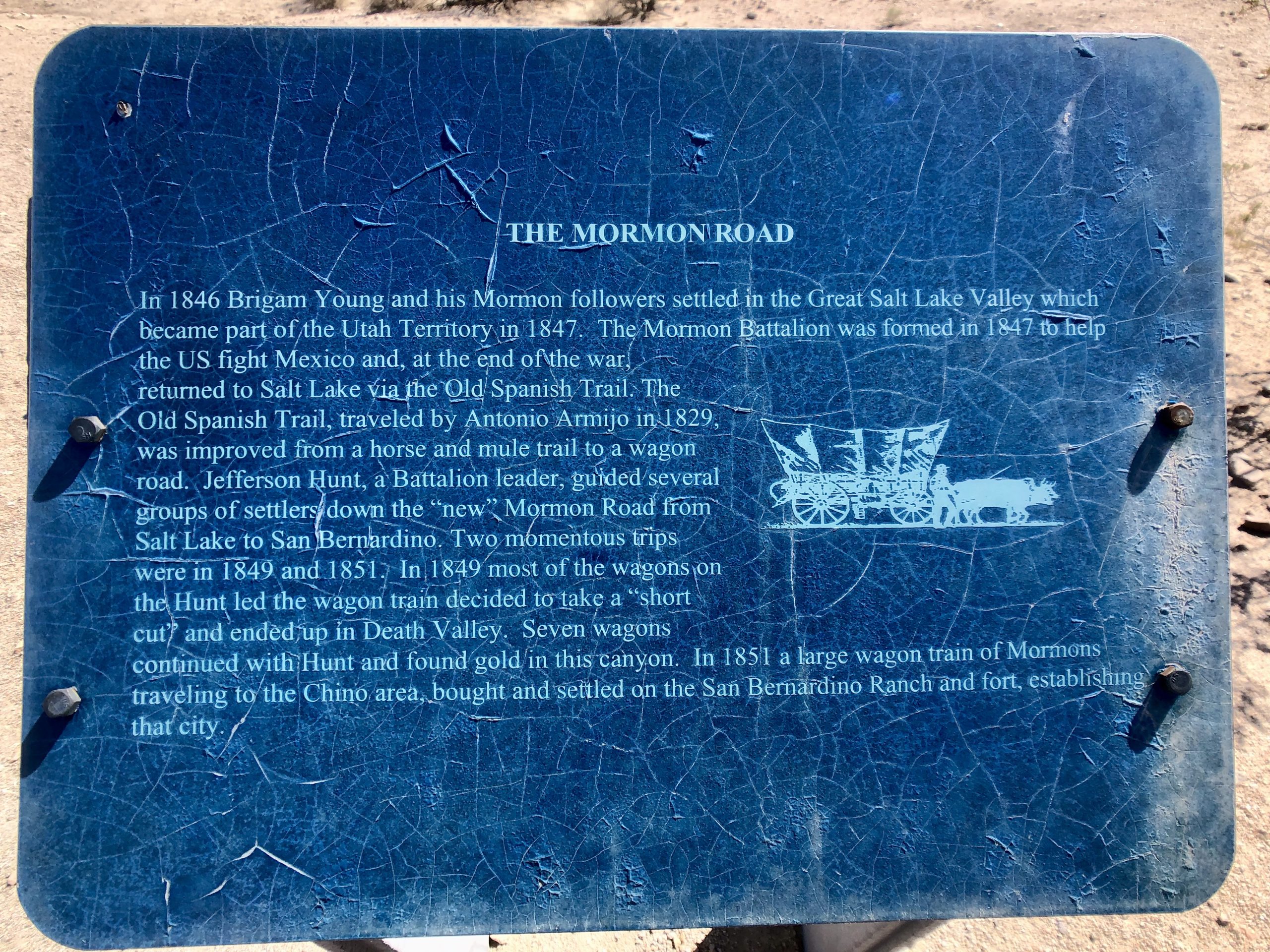
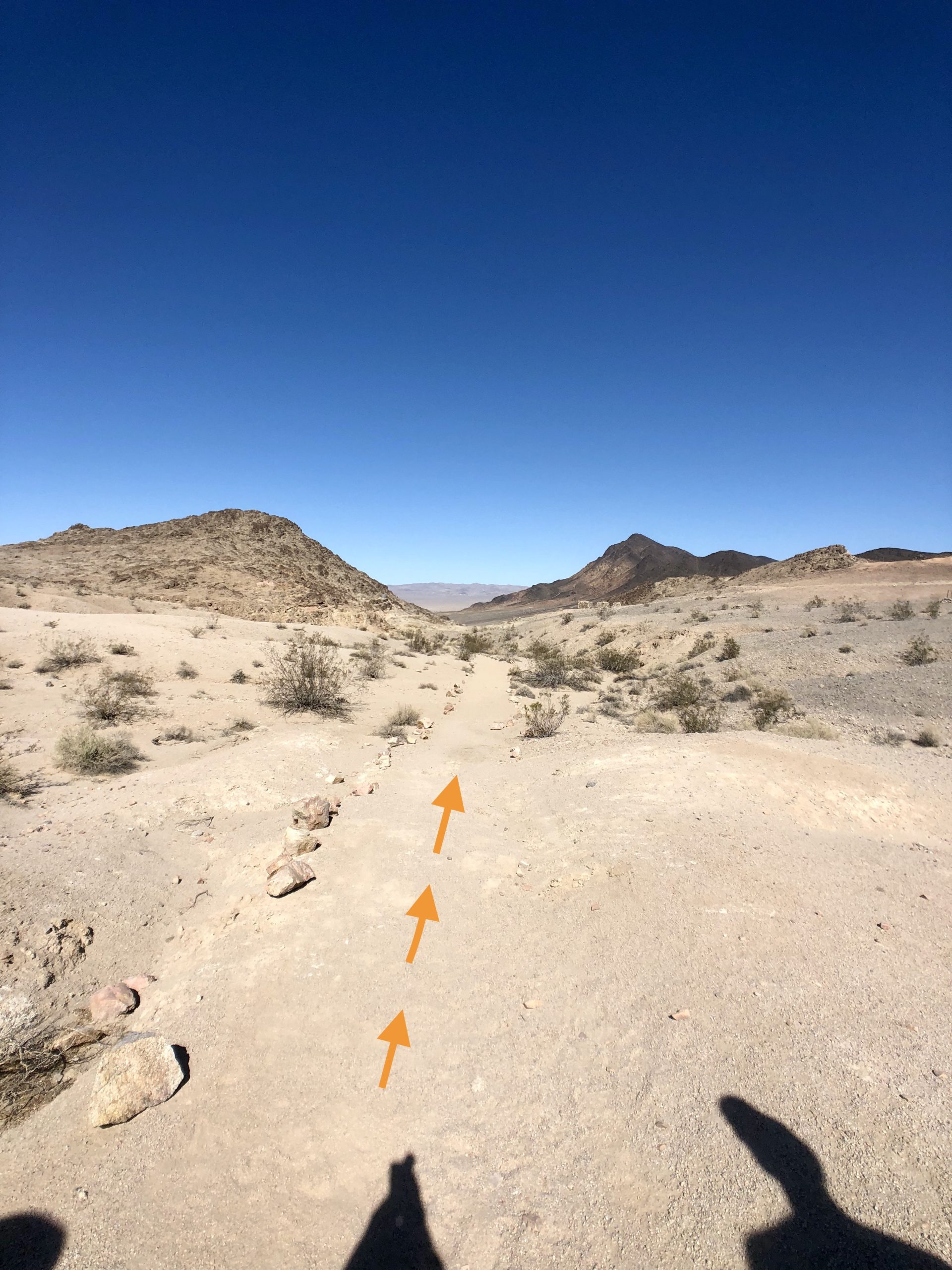
Many of the signs in Death Valley don’t photograph well and can be hard to read as they weather in the desert heat. The one below says: “This may be the oldest standing structure in the Mojave Desert. The three room office/house was originally constructed between 1850-1852. The picture above shows the building 100 years later, in 1950, with a modern roof.”
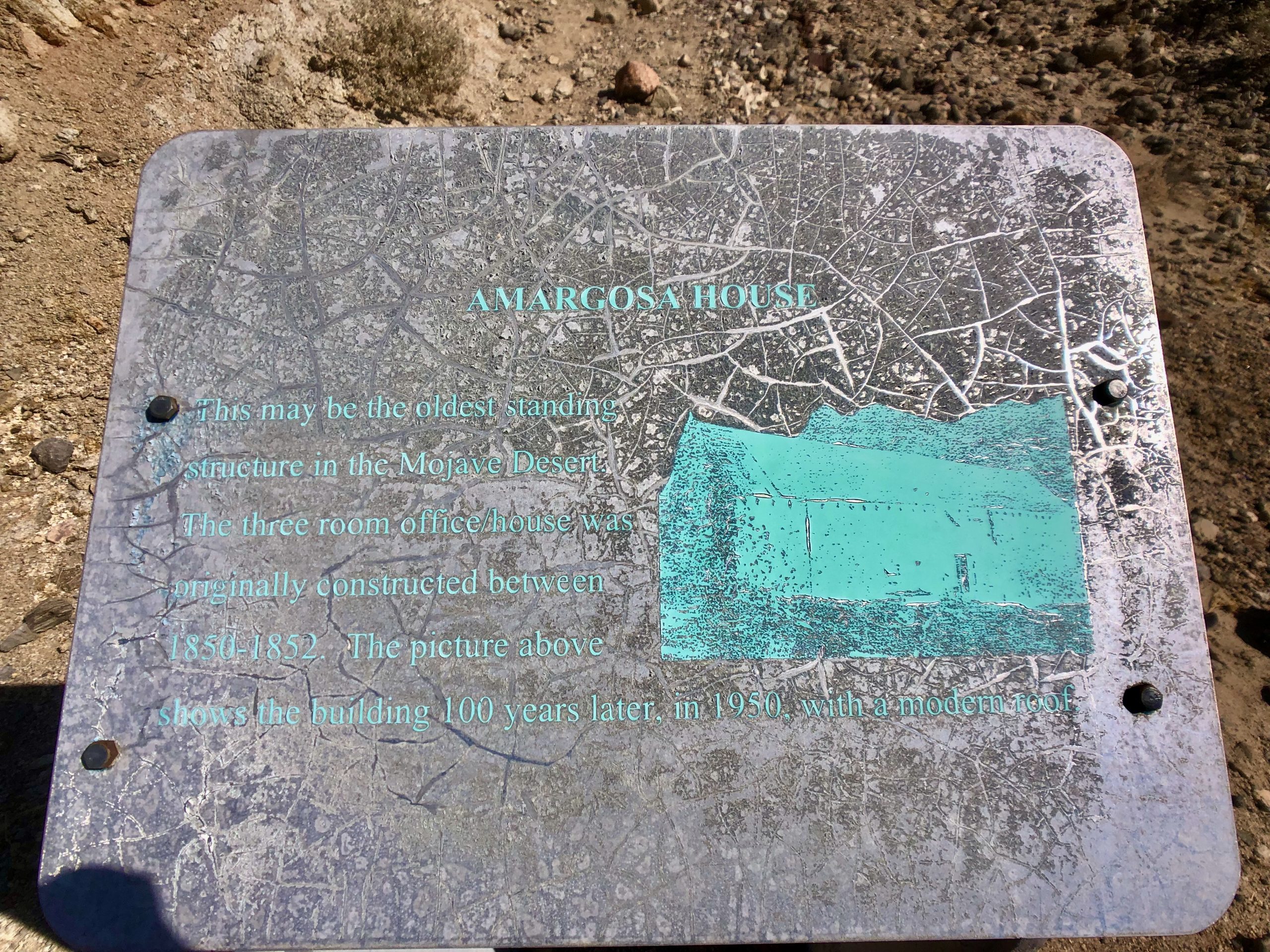
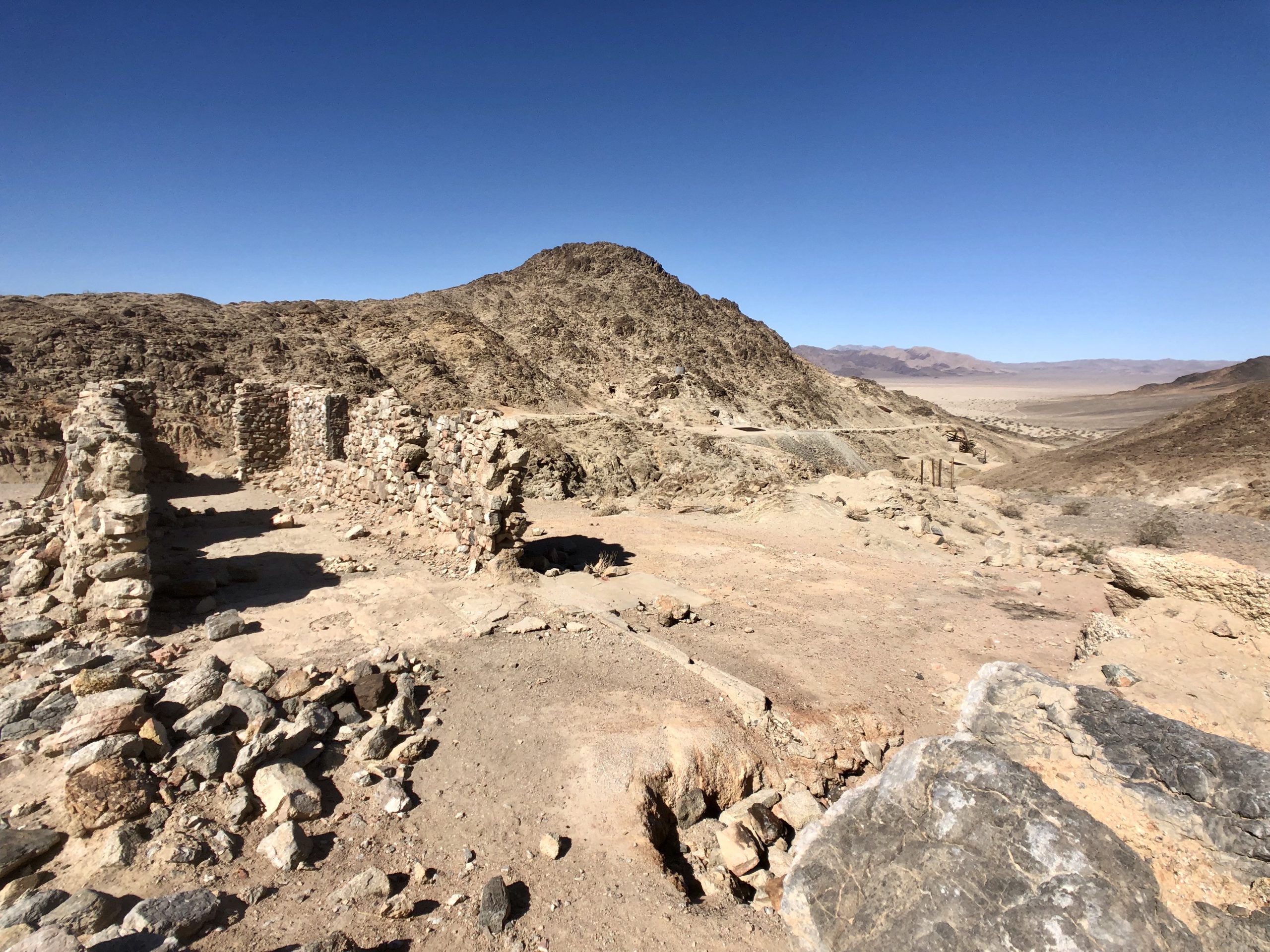
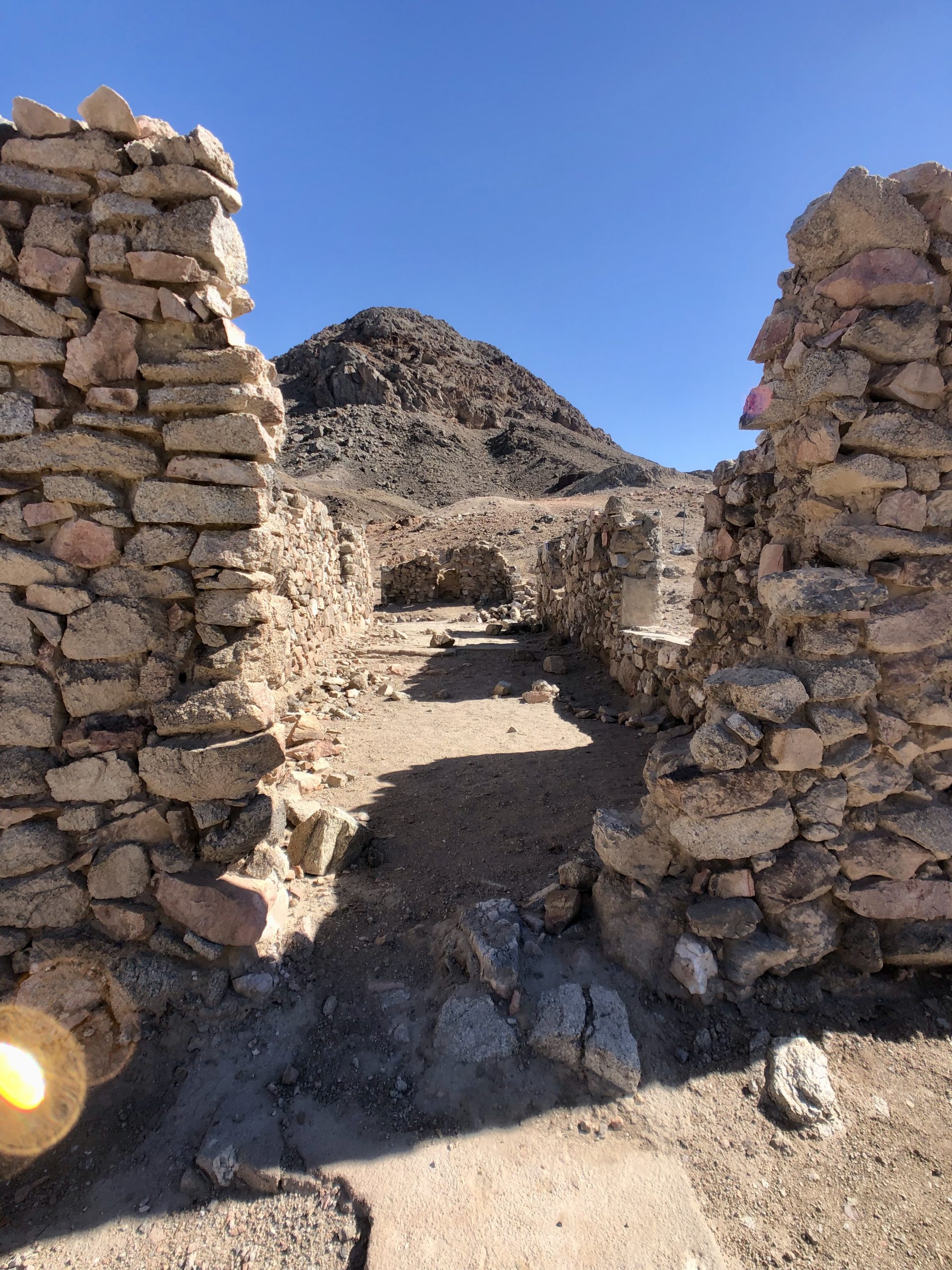
The sign below tells the story of two massacres on miners that happened in the area of the Amargosa House in the 1860s.
Tragedy in the Old West
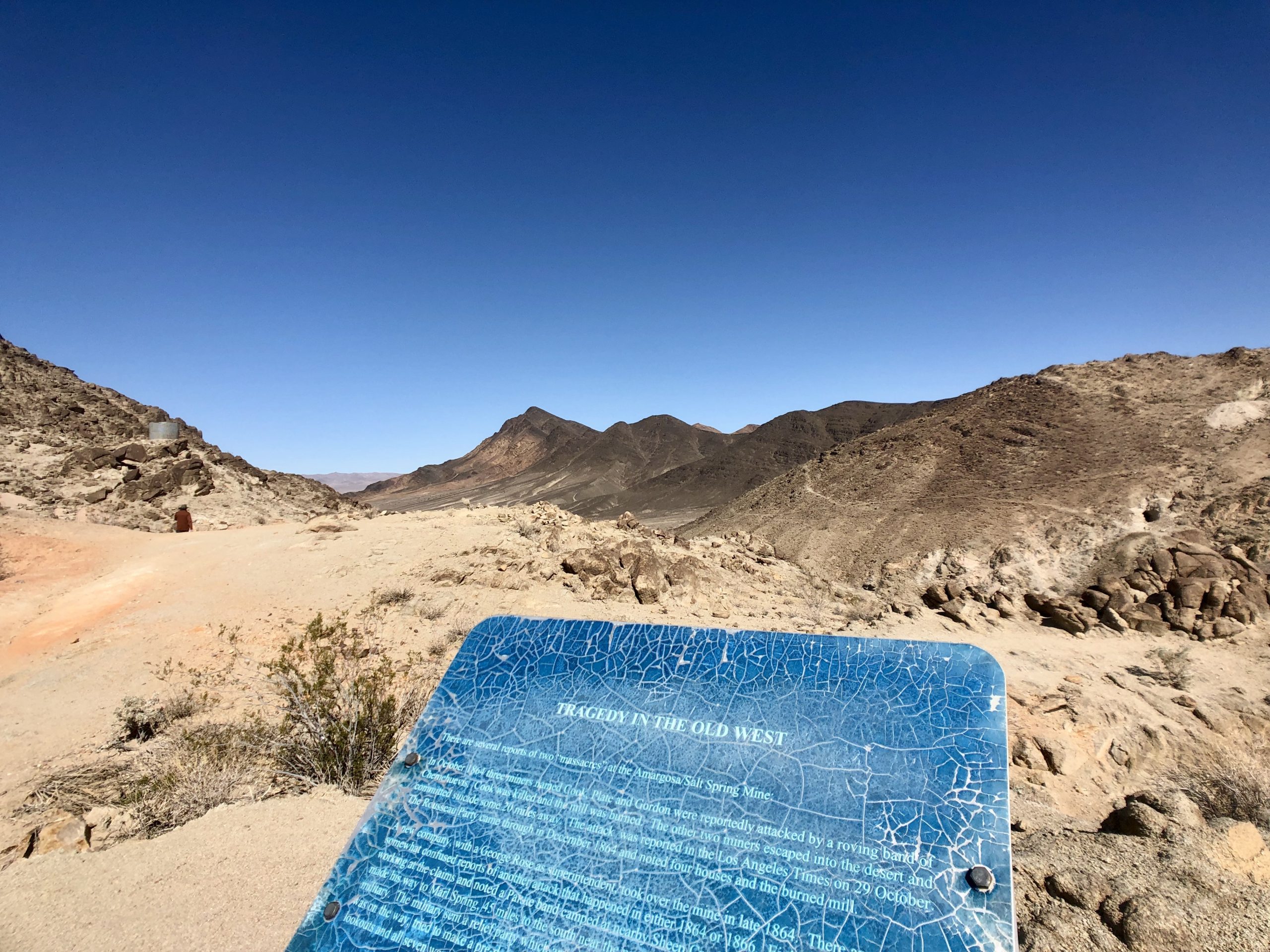
“There are several reports of two massacres at the Amargosa/Salt Sping Mine:
In October 1864 three miners named Cook, Plate and Gordon were reportedly attacked by a roving band of Chemehuevis. Cook was killed and the mill was burned. The other two miners escaped into the desert and committed suicide some 20 miles away. The attack was reported in the Los Angeles Times on 29 October. The Rousseau Party came through in December 1864 and noted four houses and the burned mill.
A new company, George Rose as superintendent, took over the mine in late 1864. There are somewhat confused reports of another attack that happened in either 1864 or 1865. Eight miners were working the claims and noted a Paiute band camped at nearby Sheep Creek Springs. One of the miners made his way to Marl Springs 45 miles to the south near the present Kelso to summon help from the military. The military sent a relief party which arrived too late. The seven miners, not realizing that help was on the way, tried to make a pre-dawn escape, scattering as they fled. They were easily spotted by lookouts and all seven were slain.”
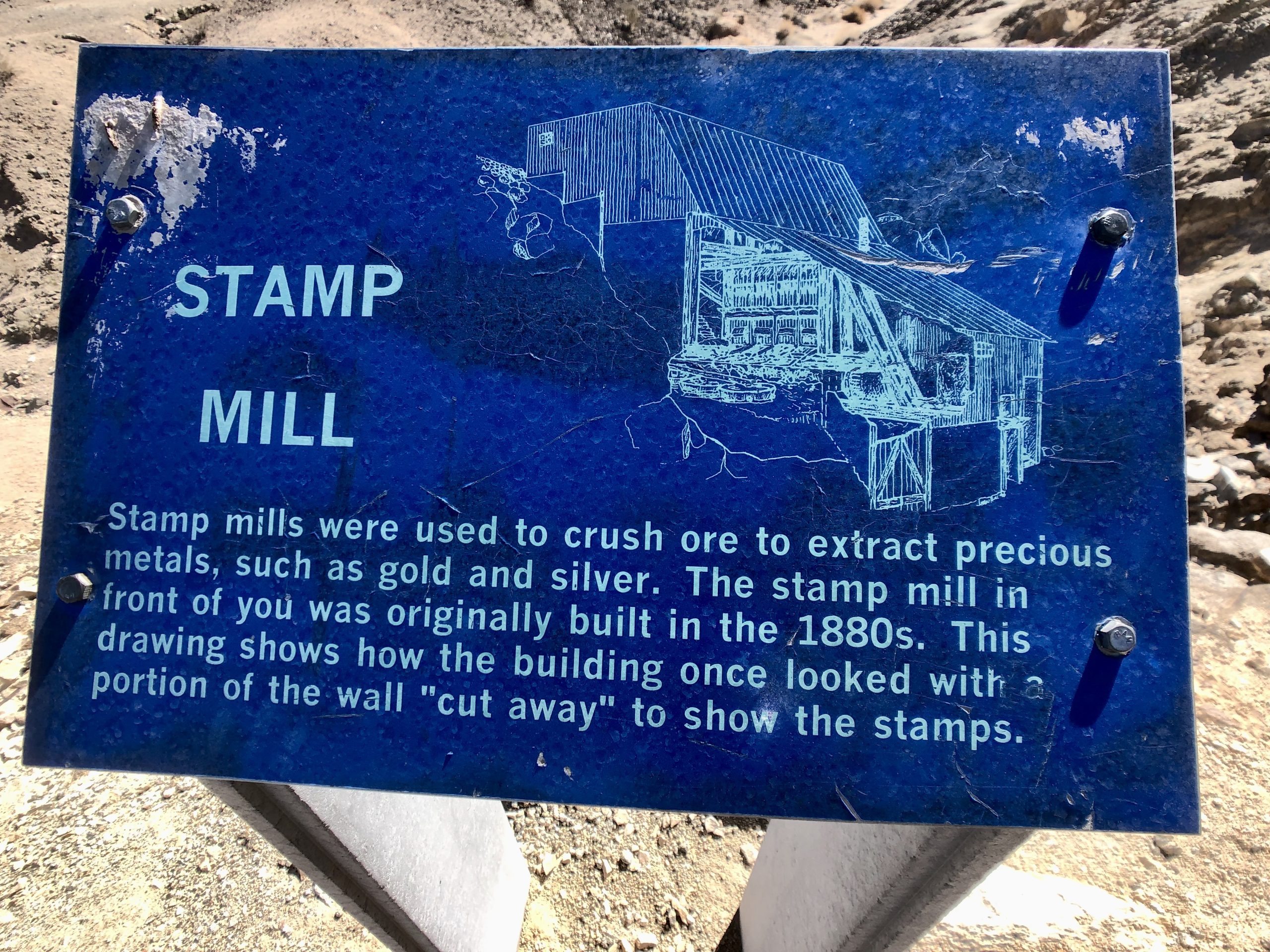

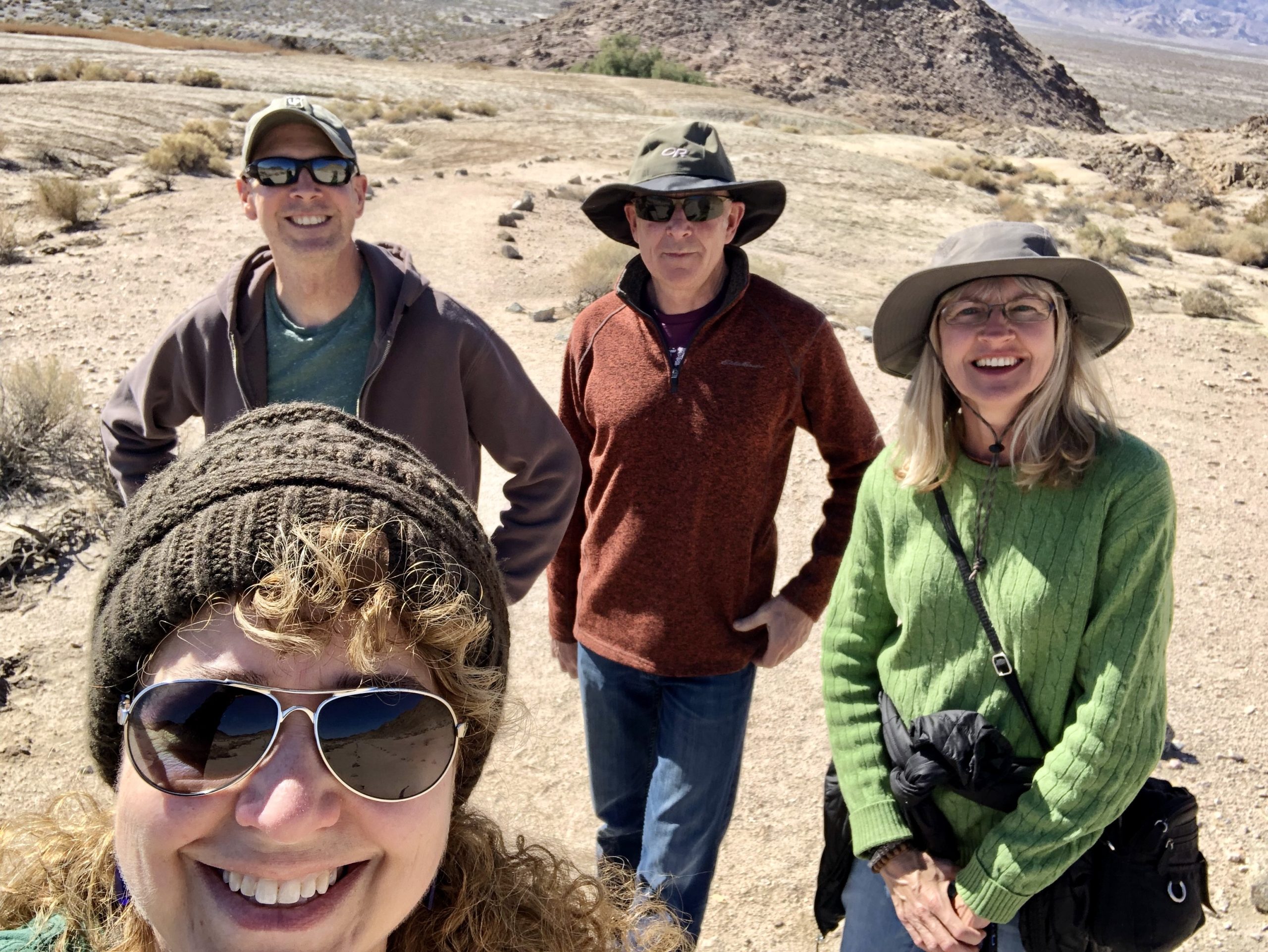
Near the Salt Creek Hills area is a road heading into Death Valley National Park with a historical marker listing it as the Harry Wade Exit Route.

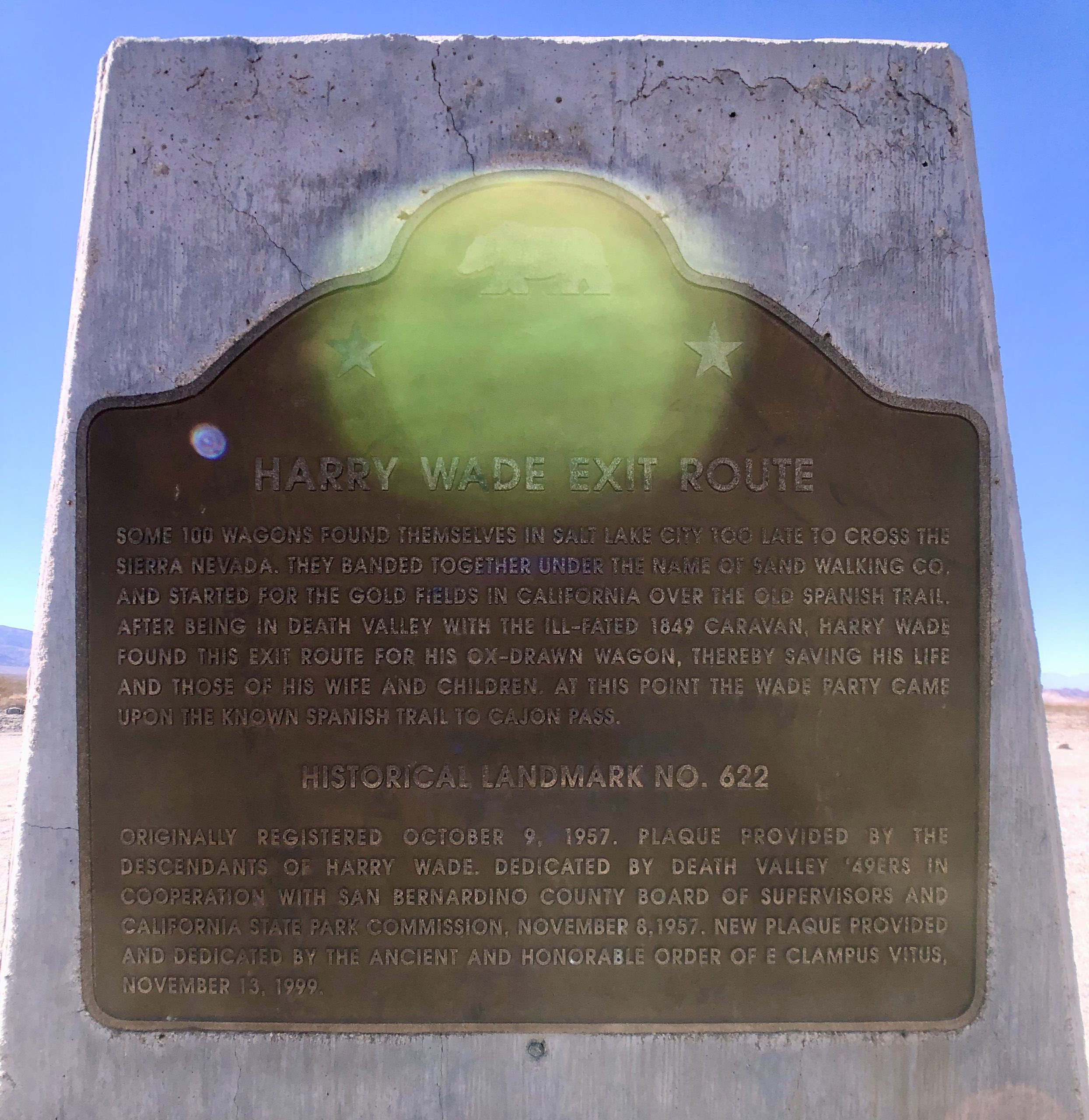
A nearby sign tells of the surrounding land and history.
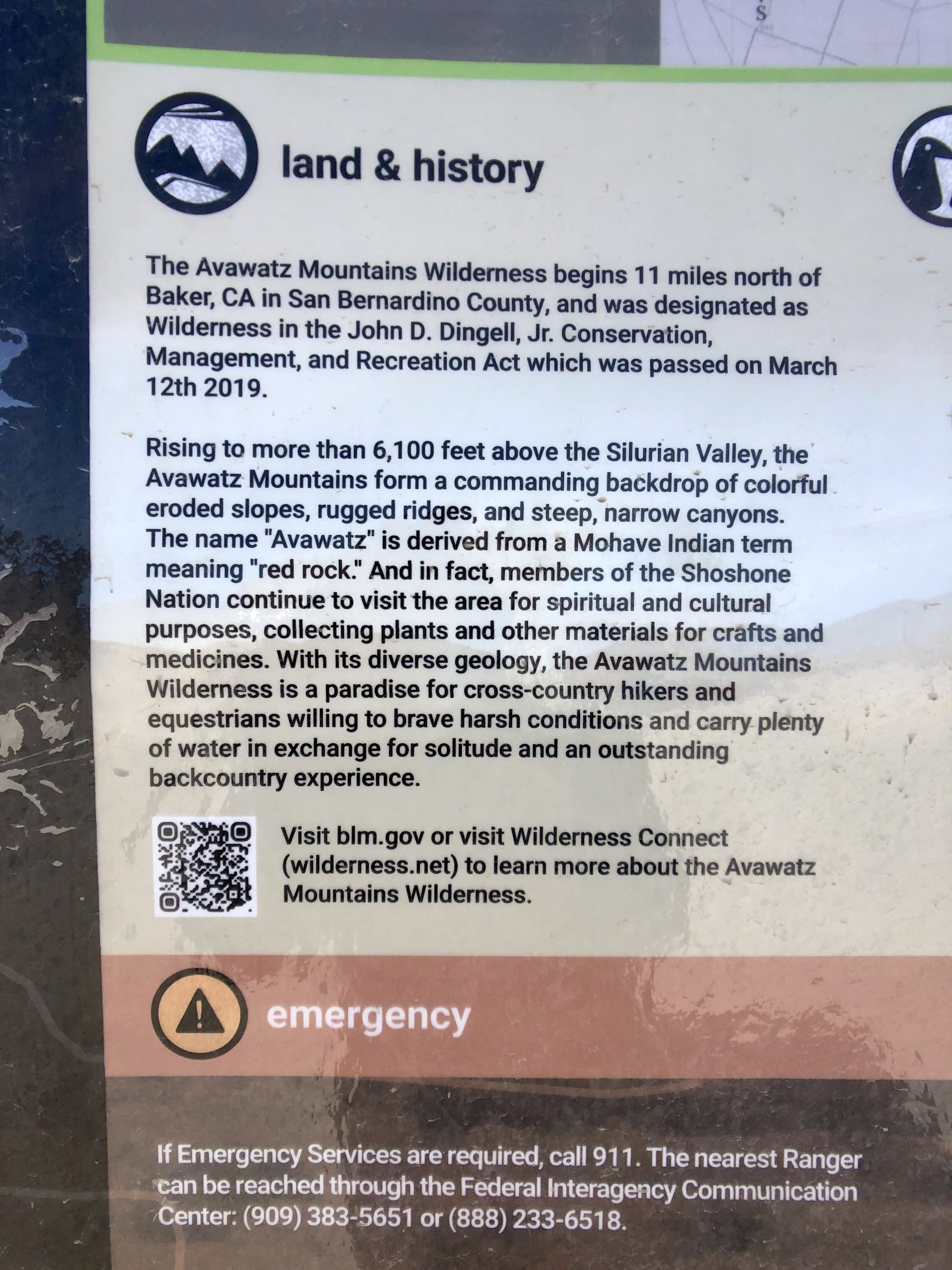
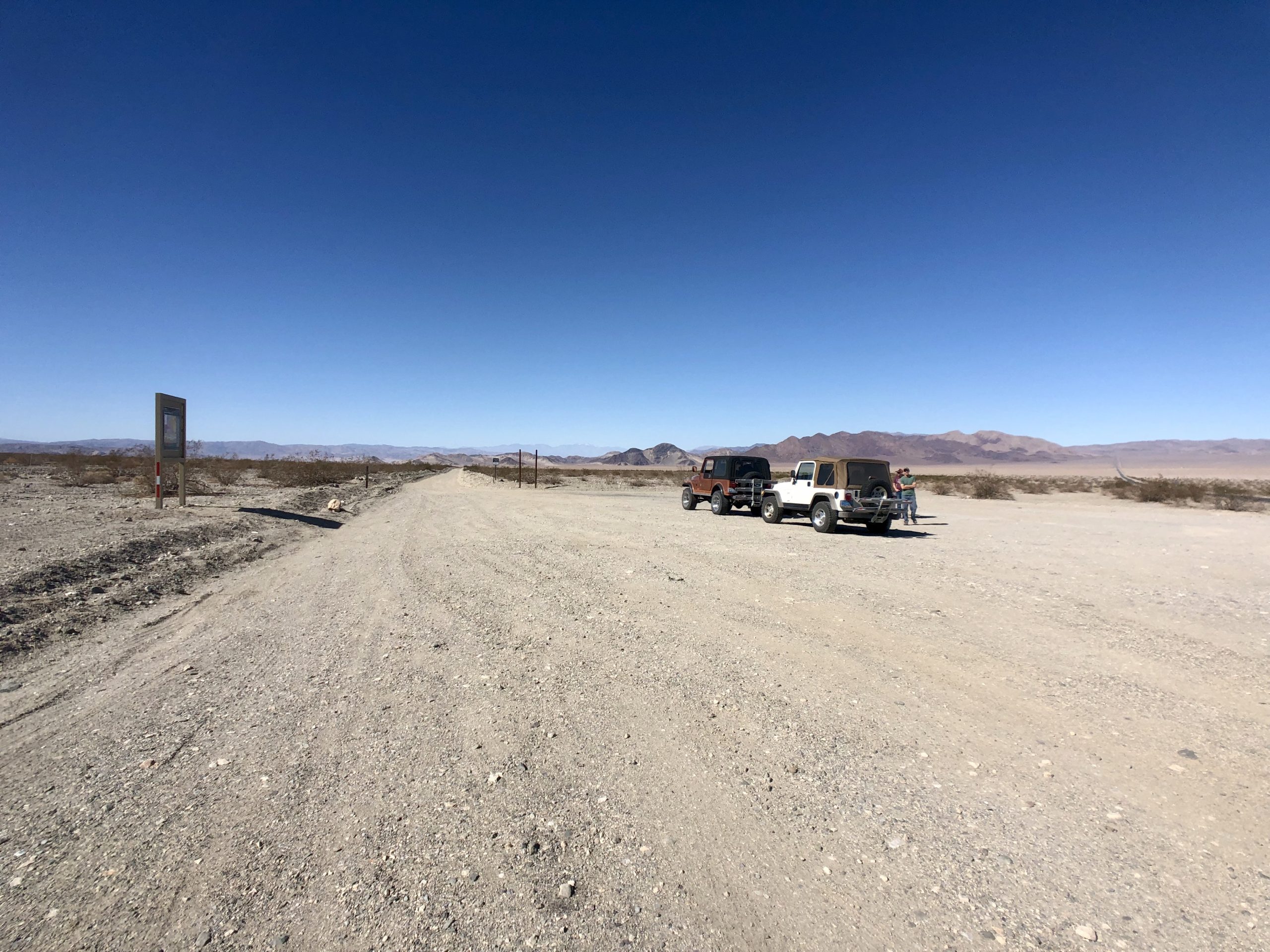
One of Joel’s hobbies is to look for old mining cabins. He locates them using Google images and plots off road trails to go explore them. Joel took us to an old cabin nearby that he found several years ago.
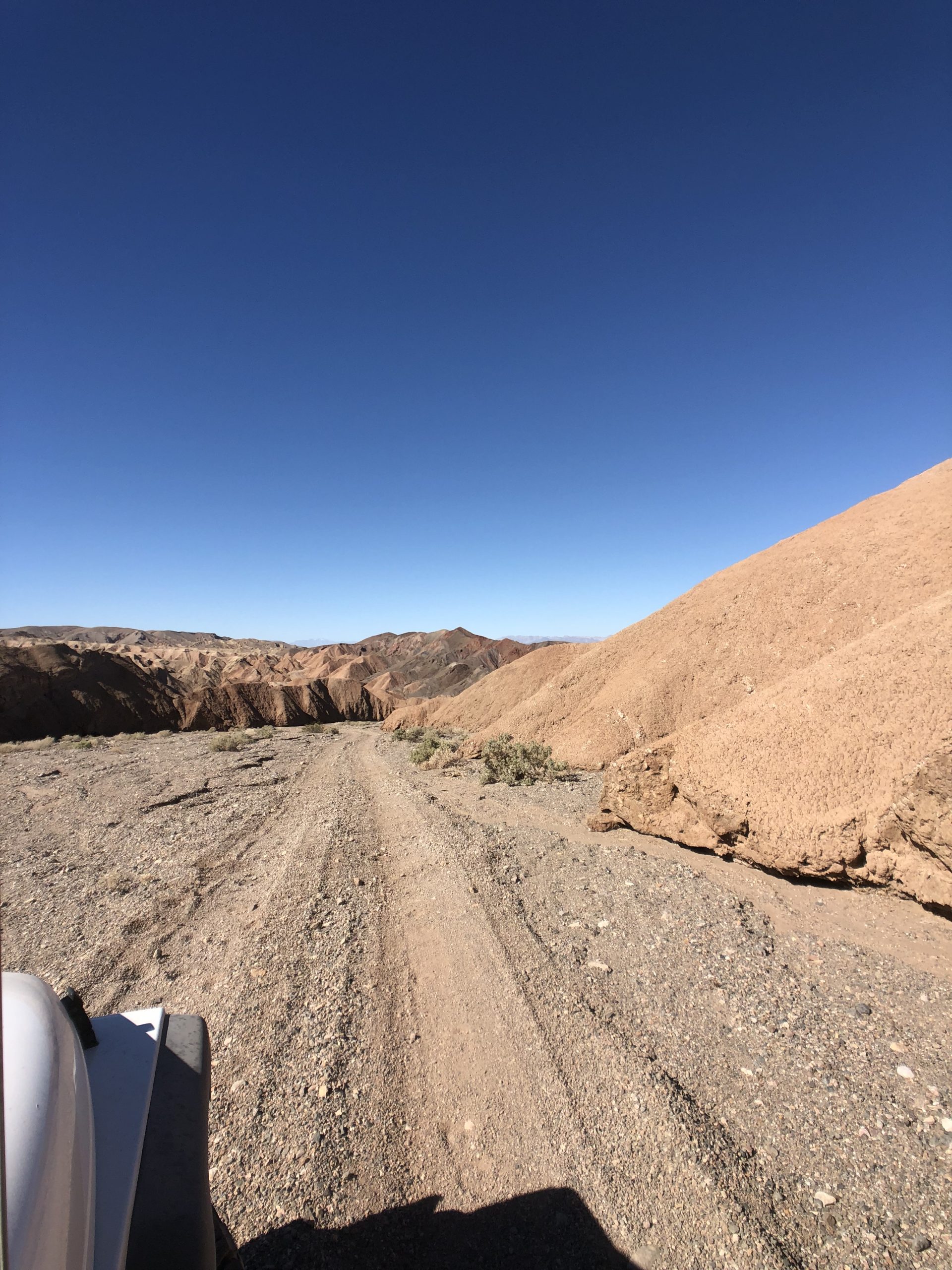
Named after the two men who spent years improving the old cabin, the Bob and Ward Cabin, built in 1909, is the last remaining cabin from an old mining camp.
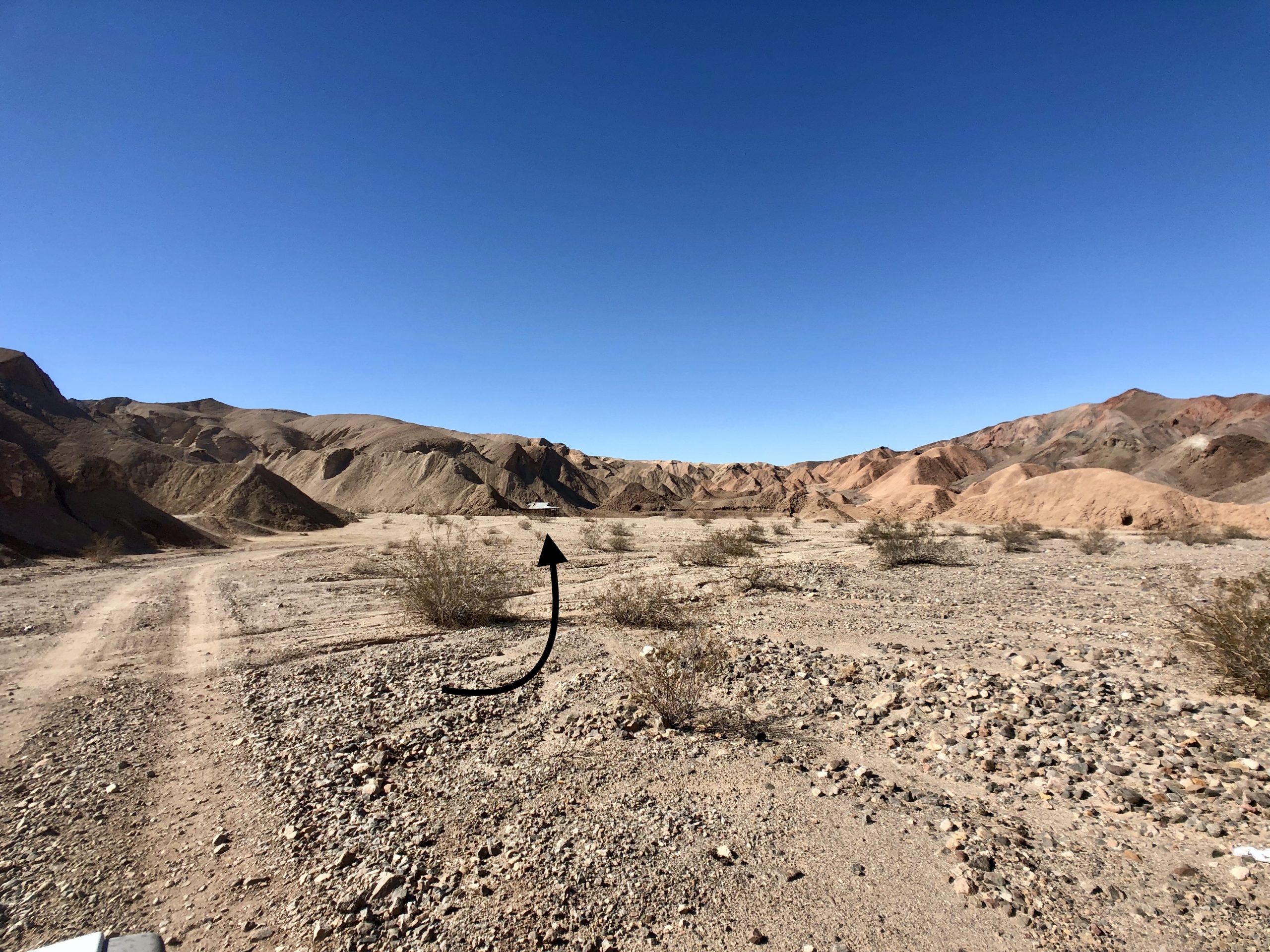
“It was home to miners who worked in the company’s mines and abandoned in the 1950s when mining activity ceased. Bob Calkins and Ward Walters found the decaying cabin in 1977 and spent years making improvements such as adding an outhouse and porch.”
Wikipedia
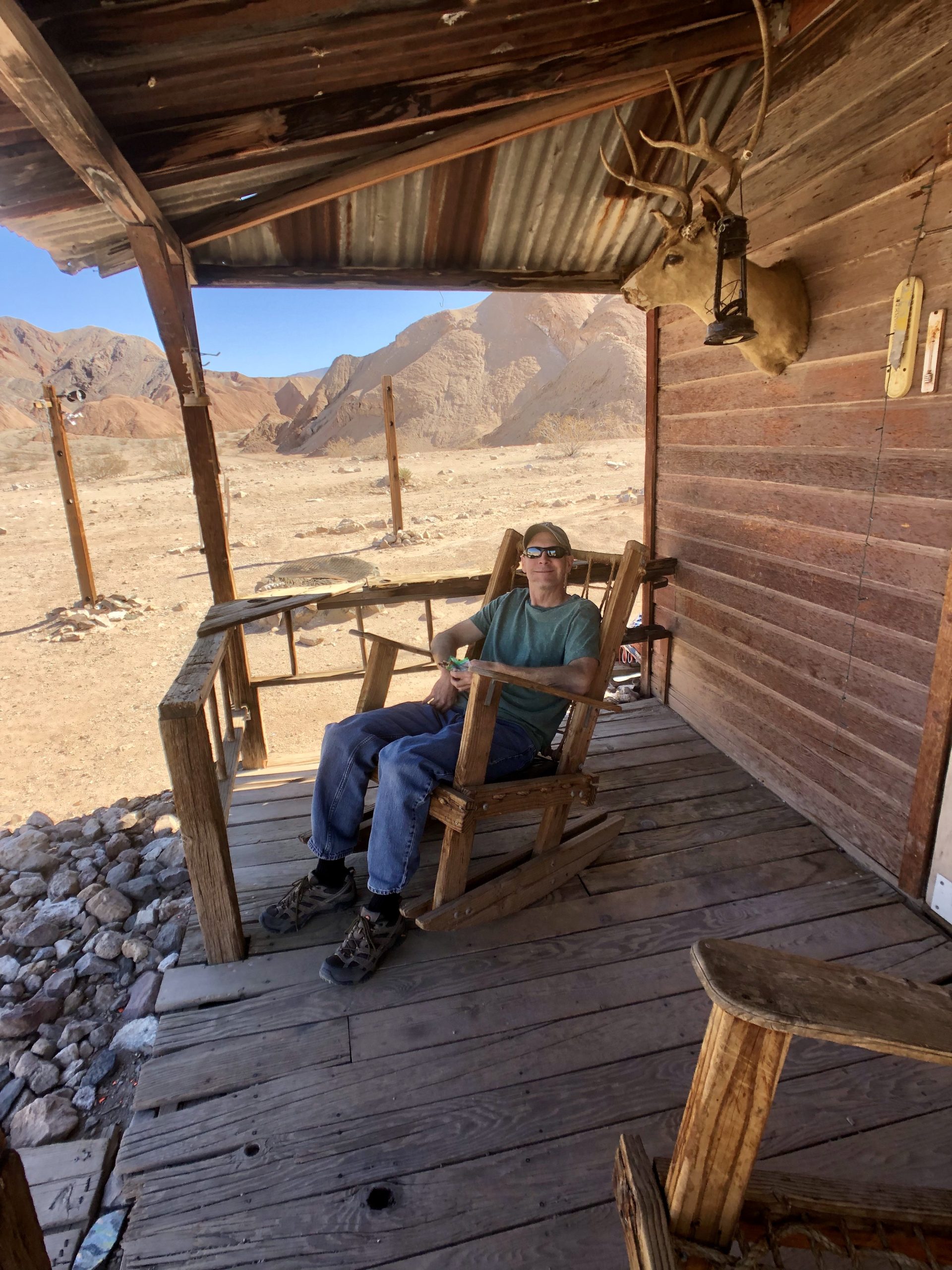
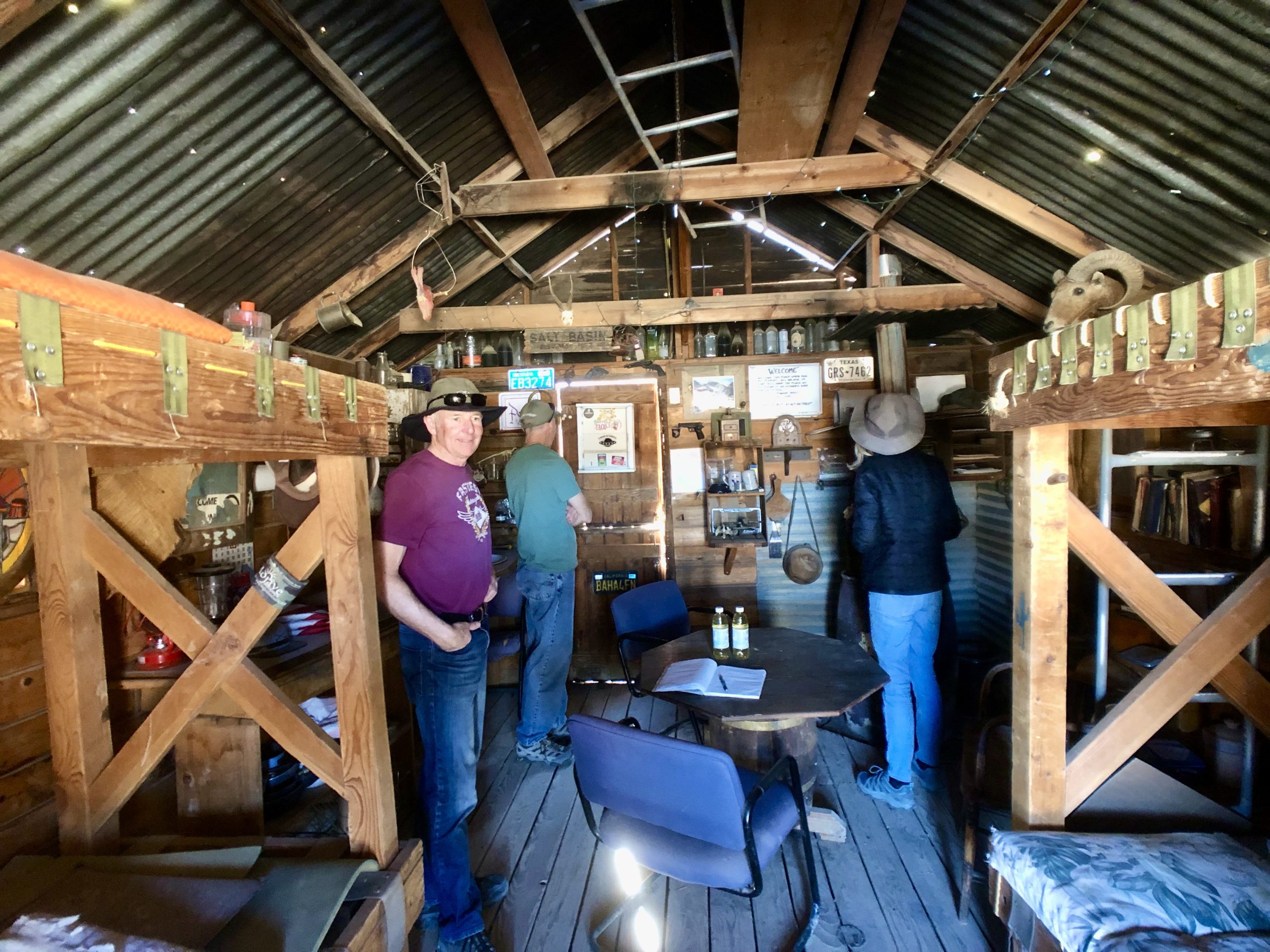

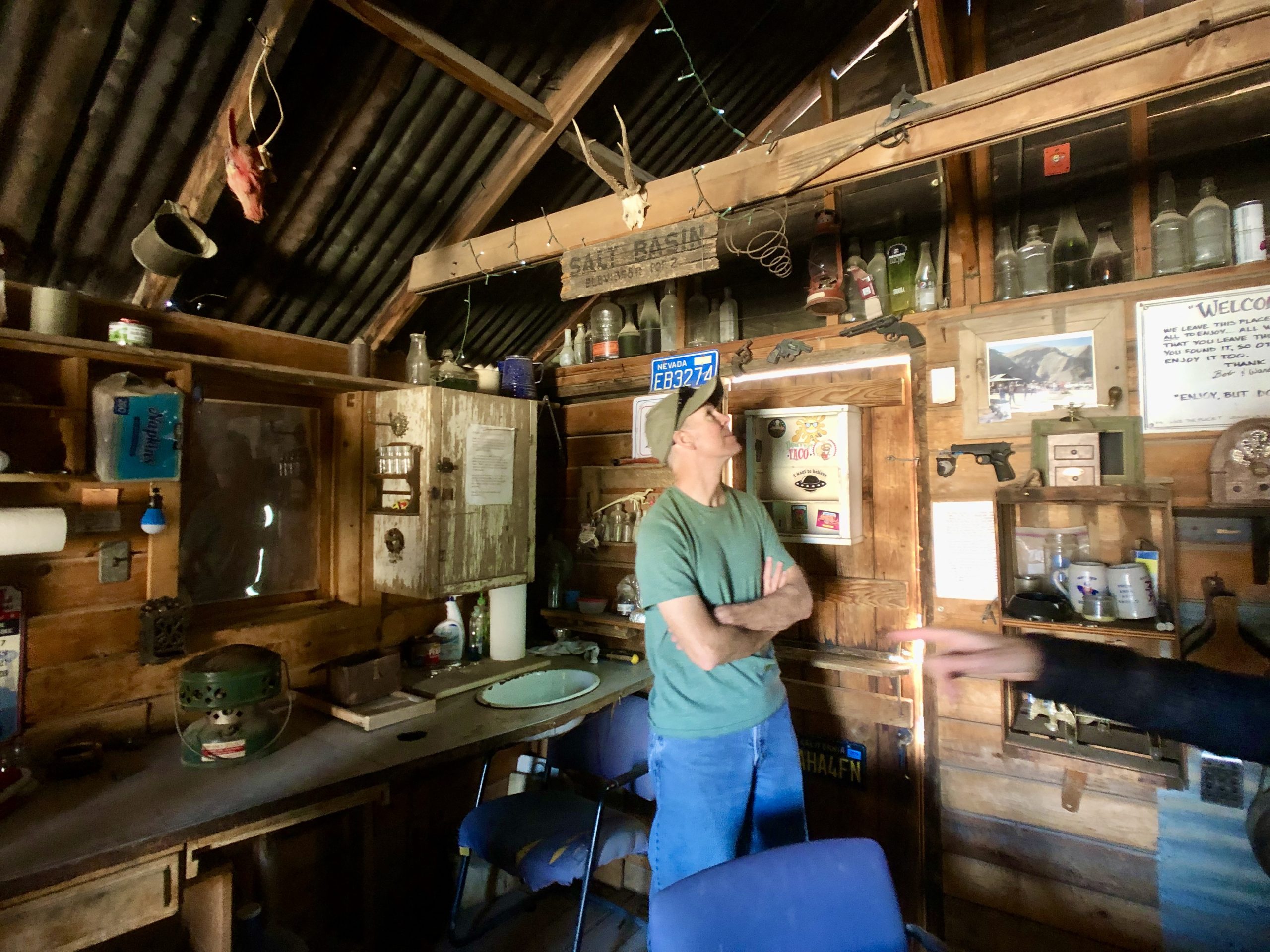
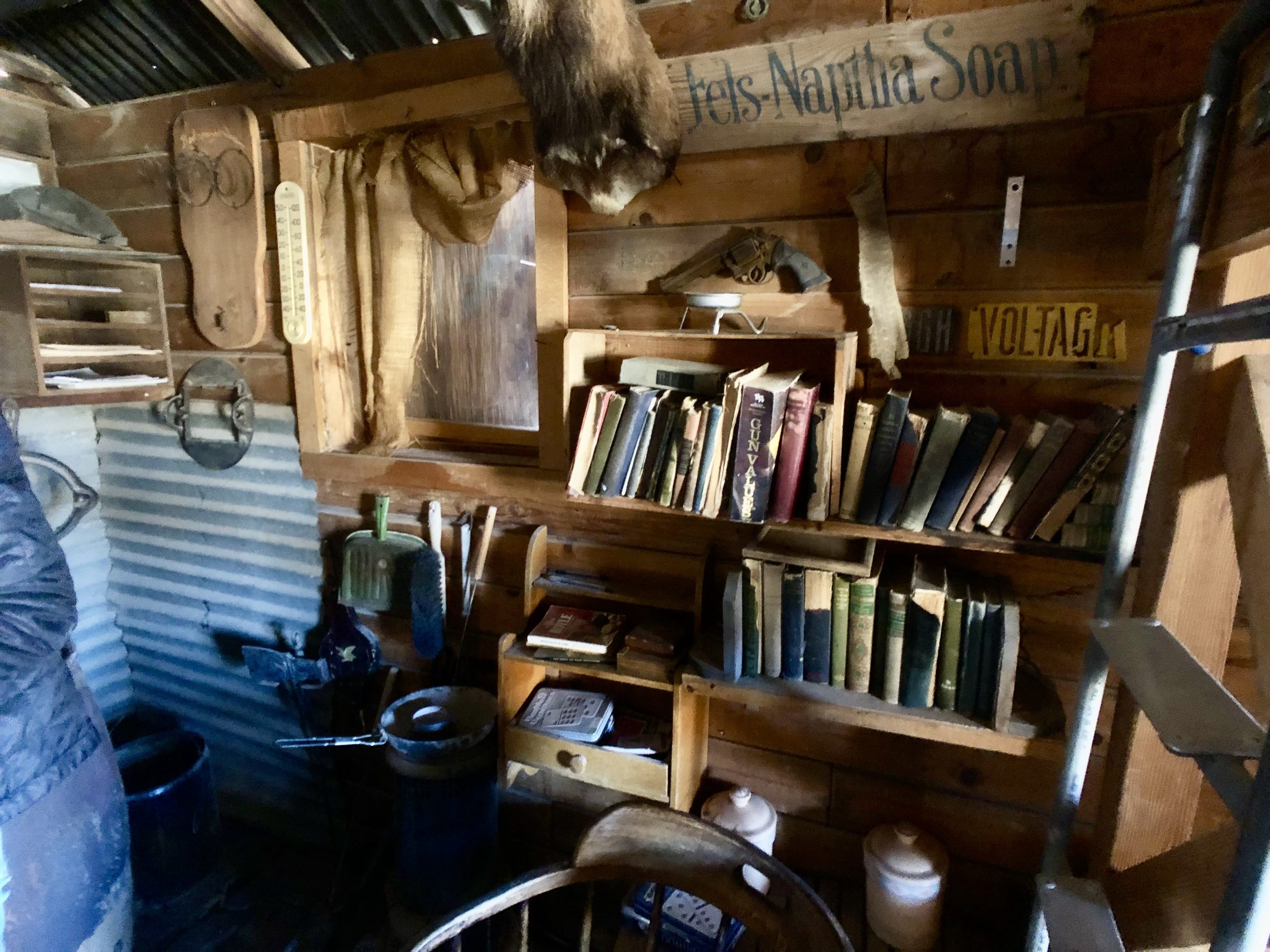

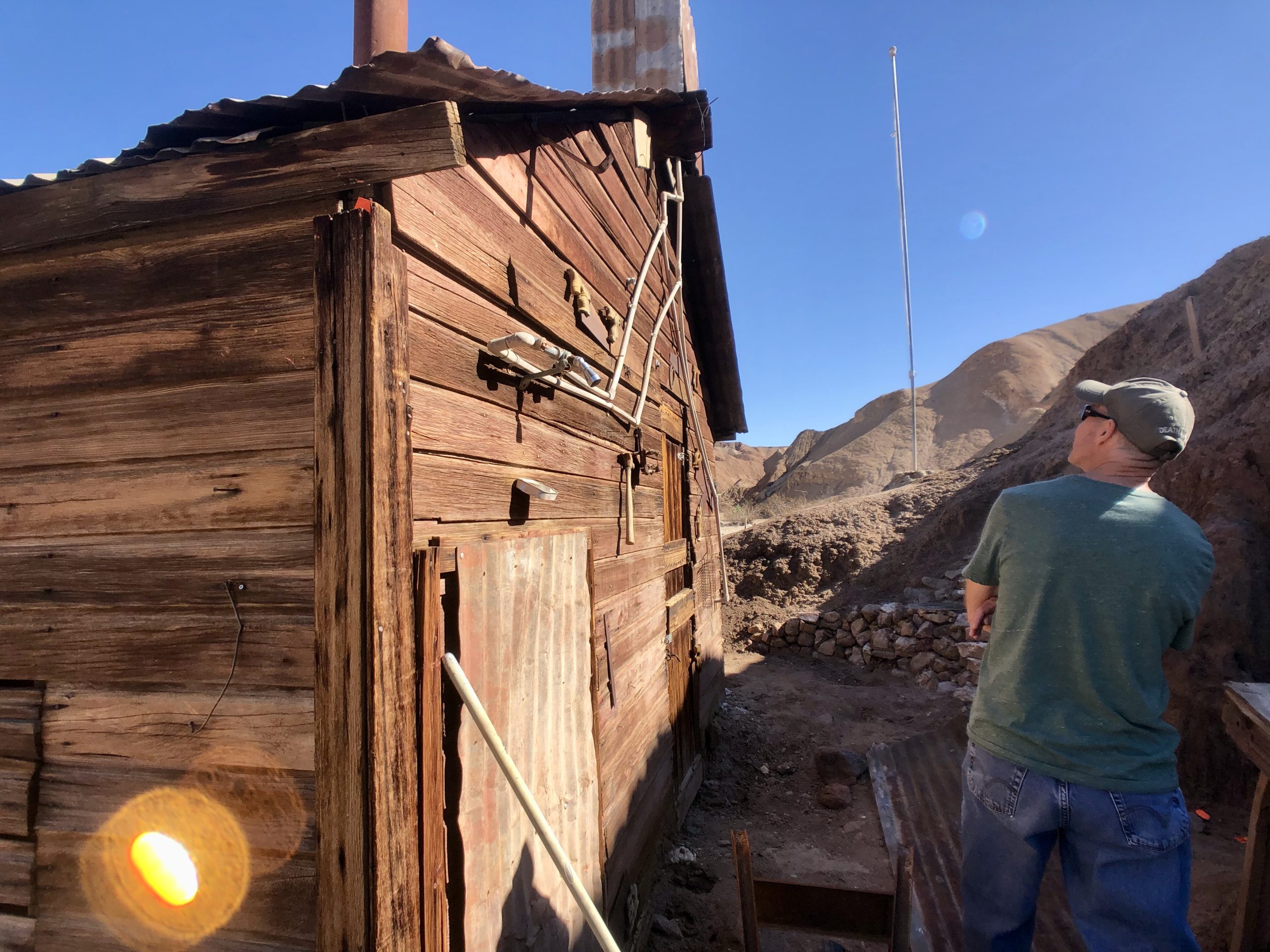
There is a grave marker beside the cabin for both men. It reads:
“RIP Bob Calkins 5-21-49 10-29-02” and “RIP Ward Walters 5-31-49. 10-12-03”
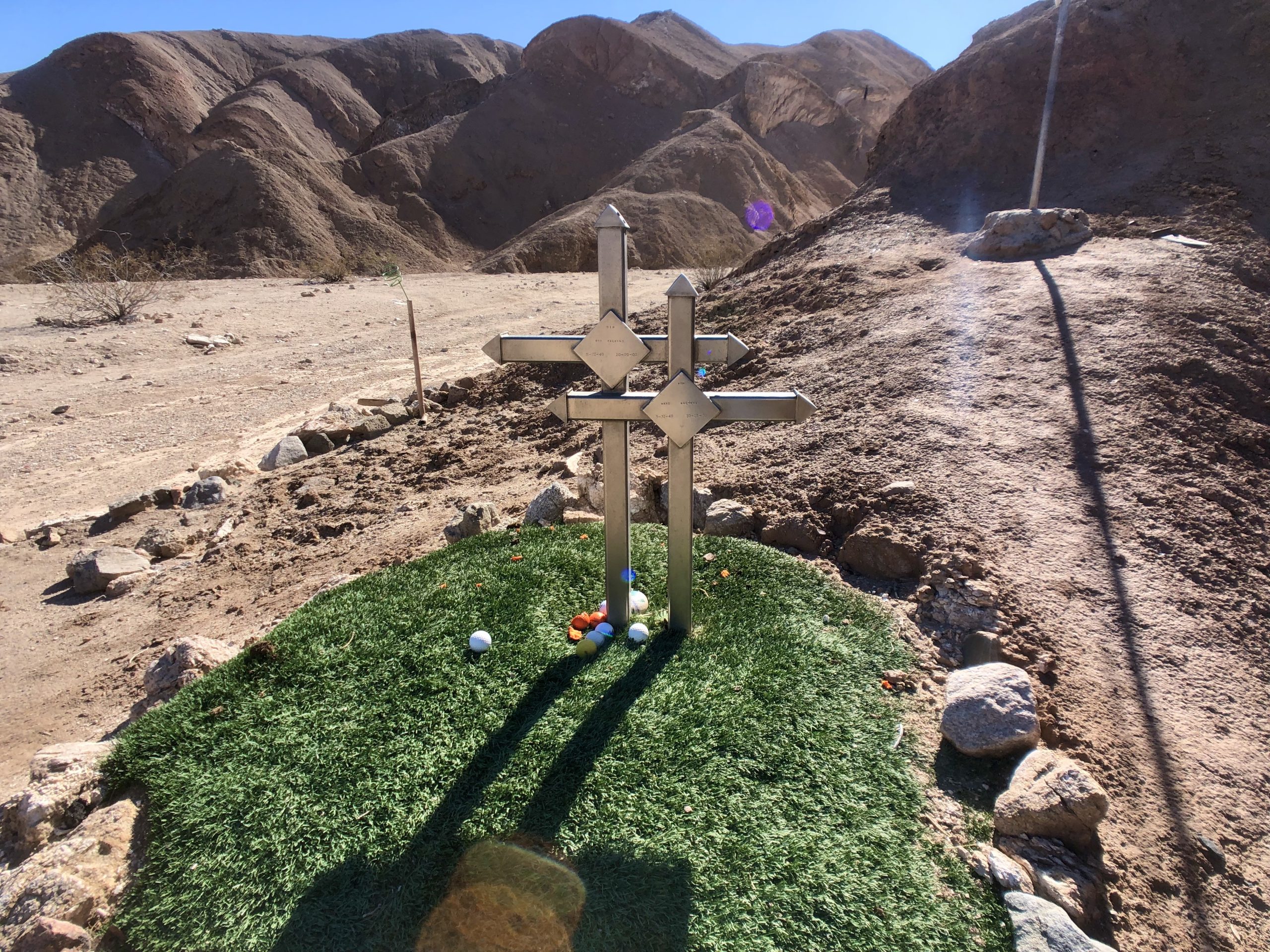
Like so many abandoned cabins that people explore in the desert, someone at some point in time left a notebook for people to sign. We signed the book and then looked through it to see who else had been by over the years.
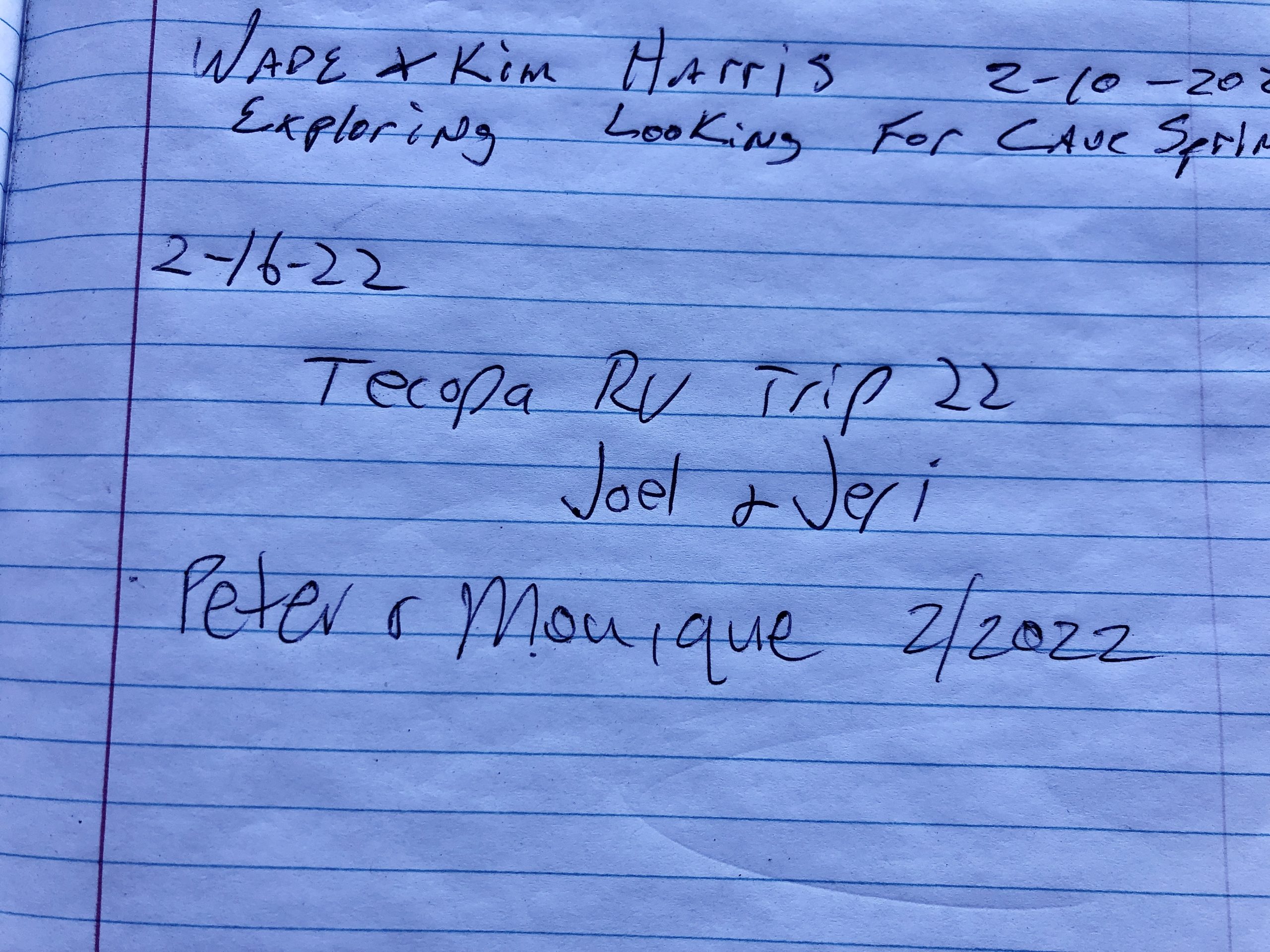
And look what we found!!

“Saratoga Springs is located near the southern boundary of Death Valley National Park. Several springs feed three large open water ponds approximately 6.6 acres in size. This desert wetland supports a rich community of plants and animals.” – Digital Desert
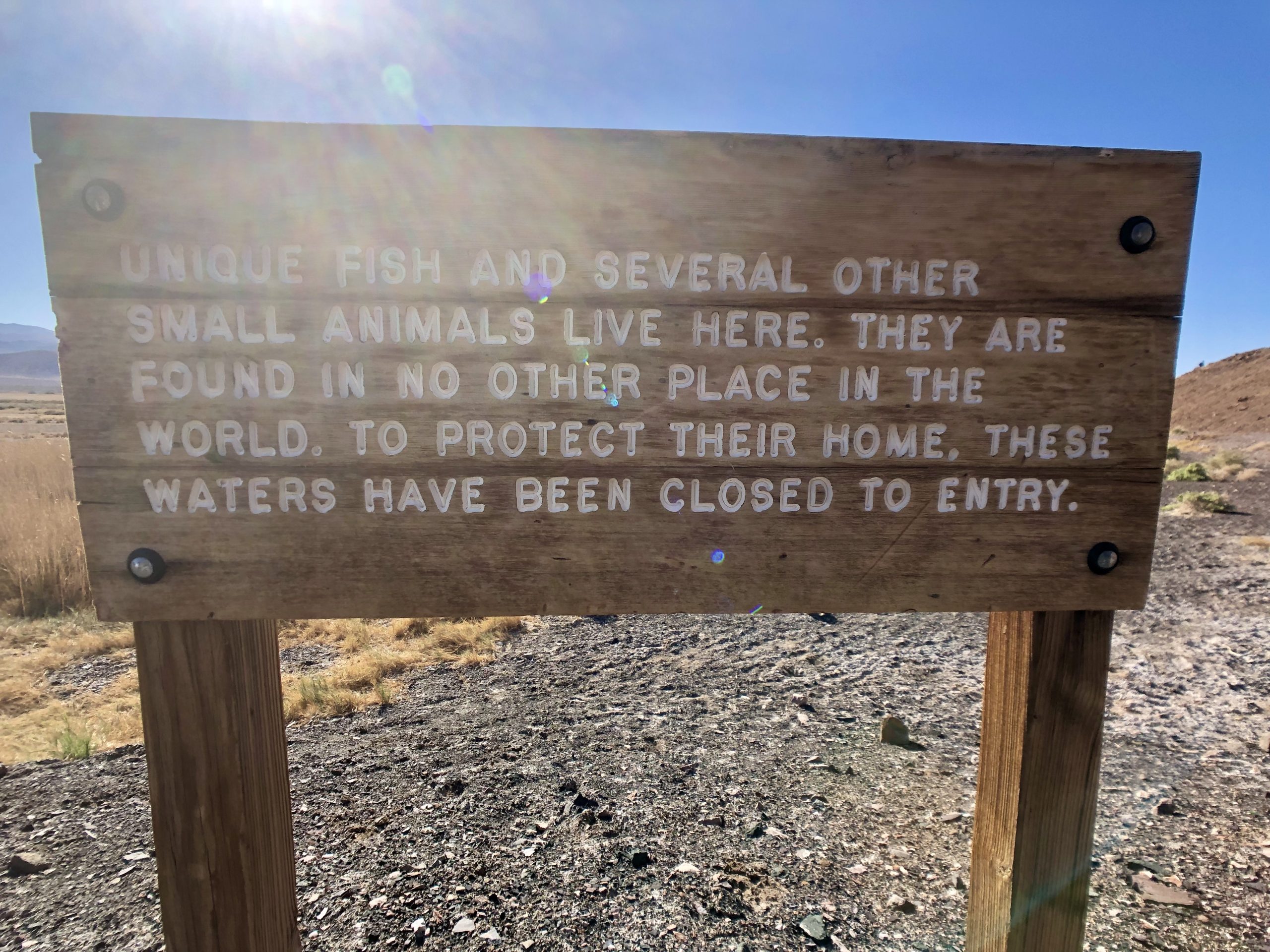
This sign refers to the pupfish. A small fish that is found only in desert waterholes. Click HERE to see pictures from the National Park Service of the different pupfish found around Death Valley.

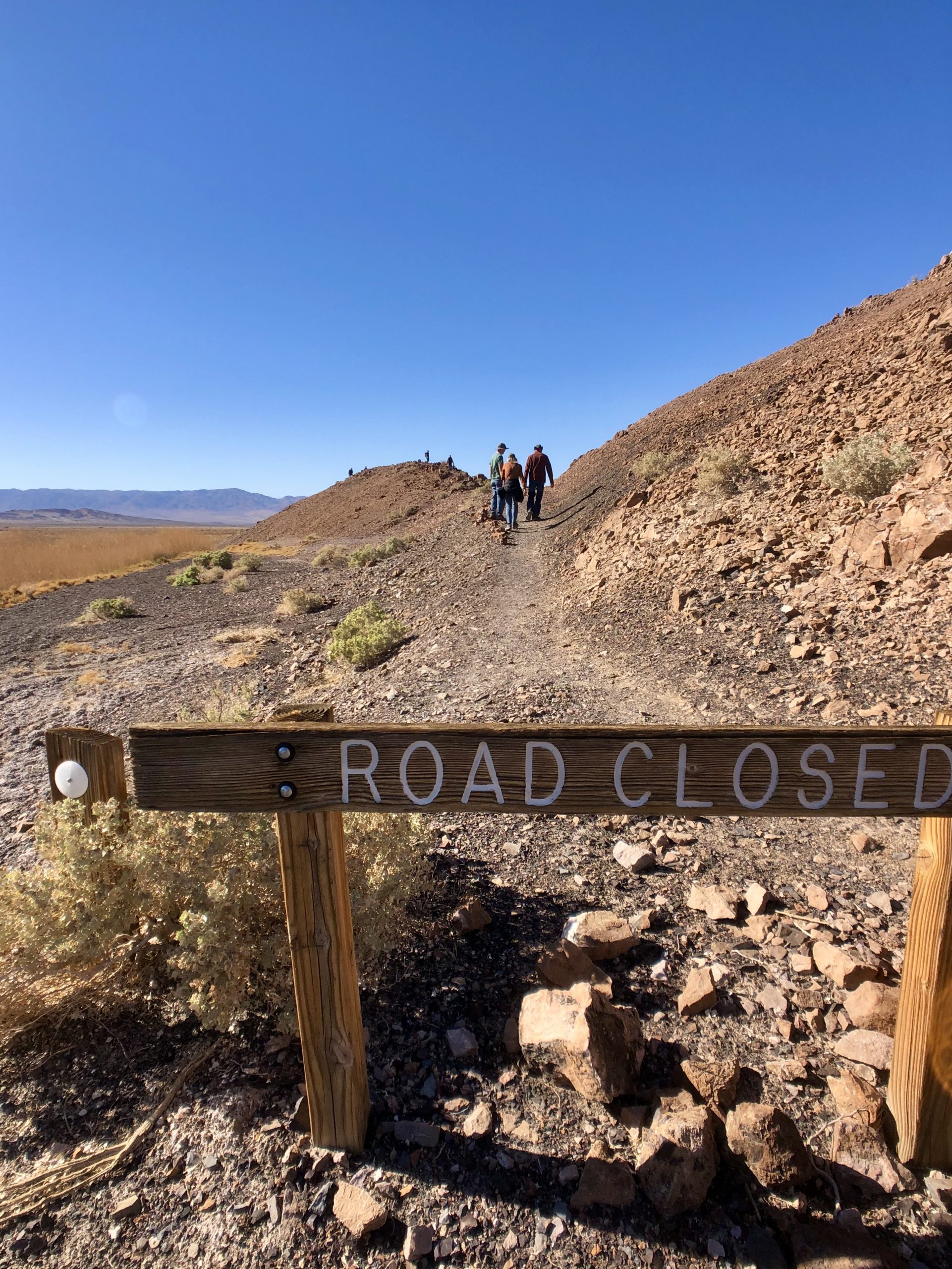
“Named after the famed Saratoga Springs in New York state…”
National Park Service (NPS)

“…the springs here create open-water ponds that contrast starkly with the hot, dry, desolate floor of Death Valley.” – NPS

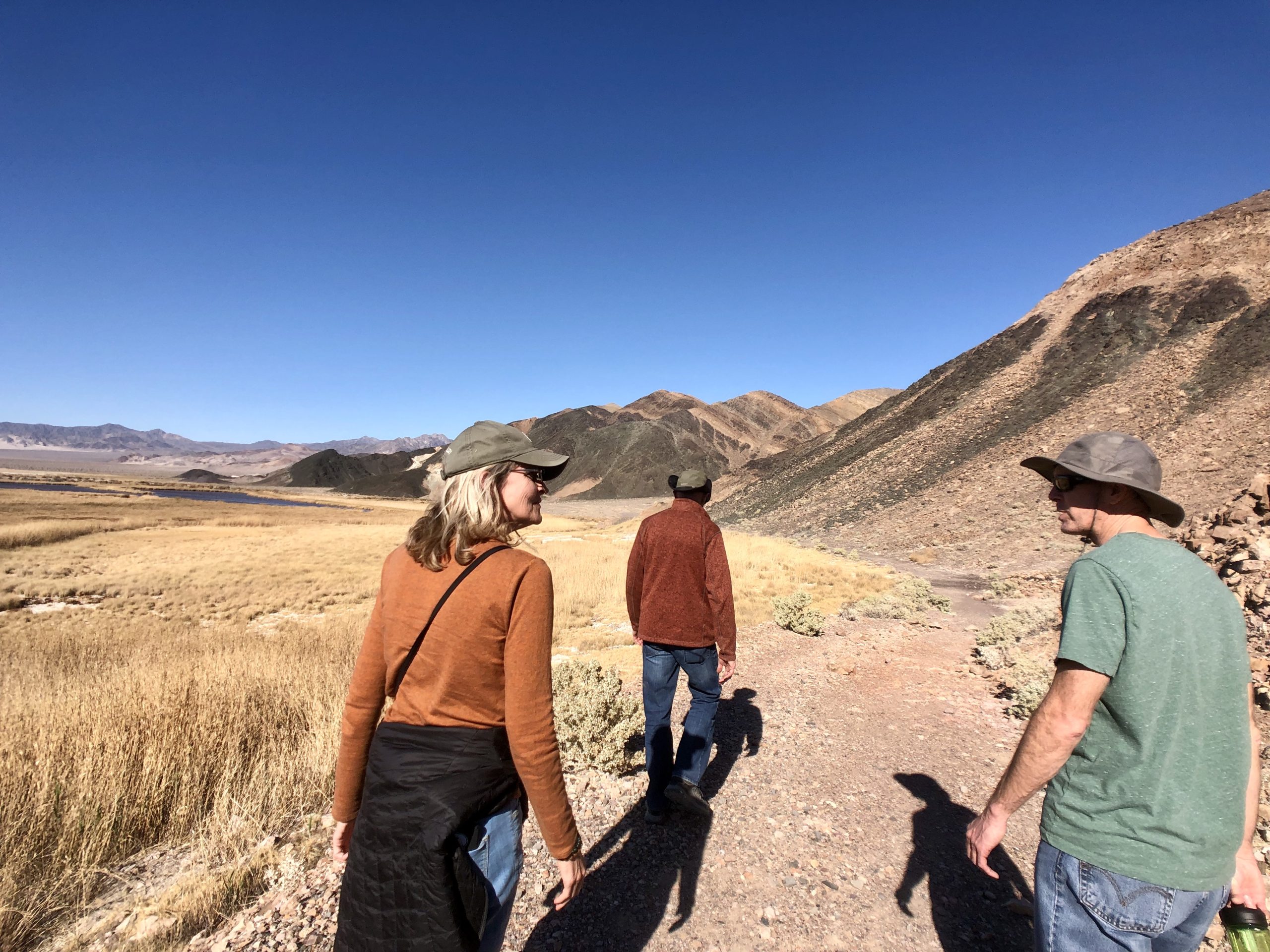
“In the 1880s, the famed 20-mule teams were used to haul borax from the Harmony Borax Works in Death Valley and the Amargosa Borax Works in Tecopa to railheads at Daggett and Mojave. The round-trip took 20 days, including a stop at Saratoga Springs.” – NPS
The 20-mule teams are believed to have built the two stone buildings near the springs that are now just ruins.
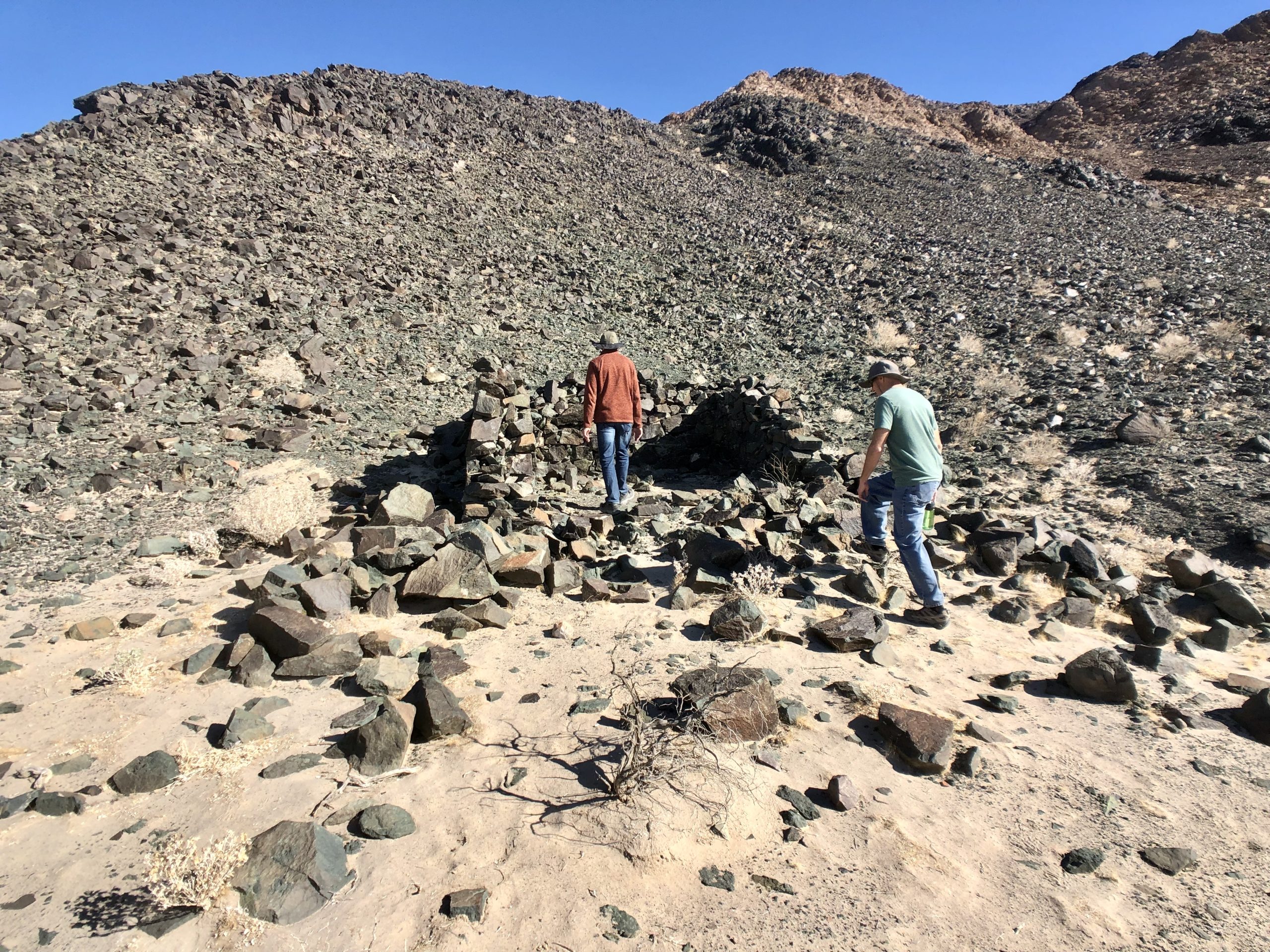
After Saratoga Springs we drove about nine miles to Ibex Spring.

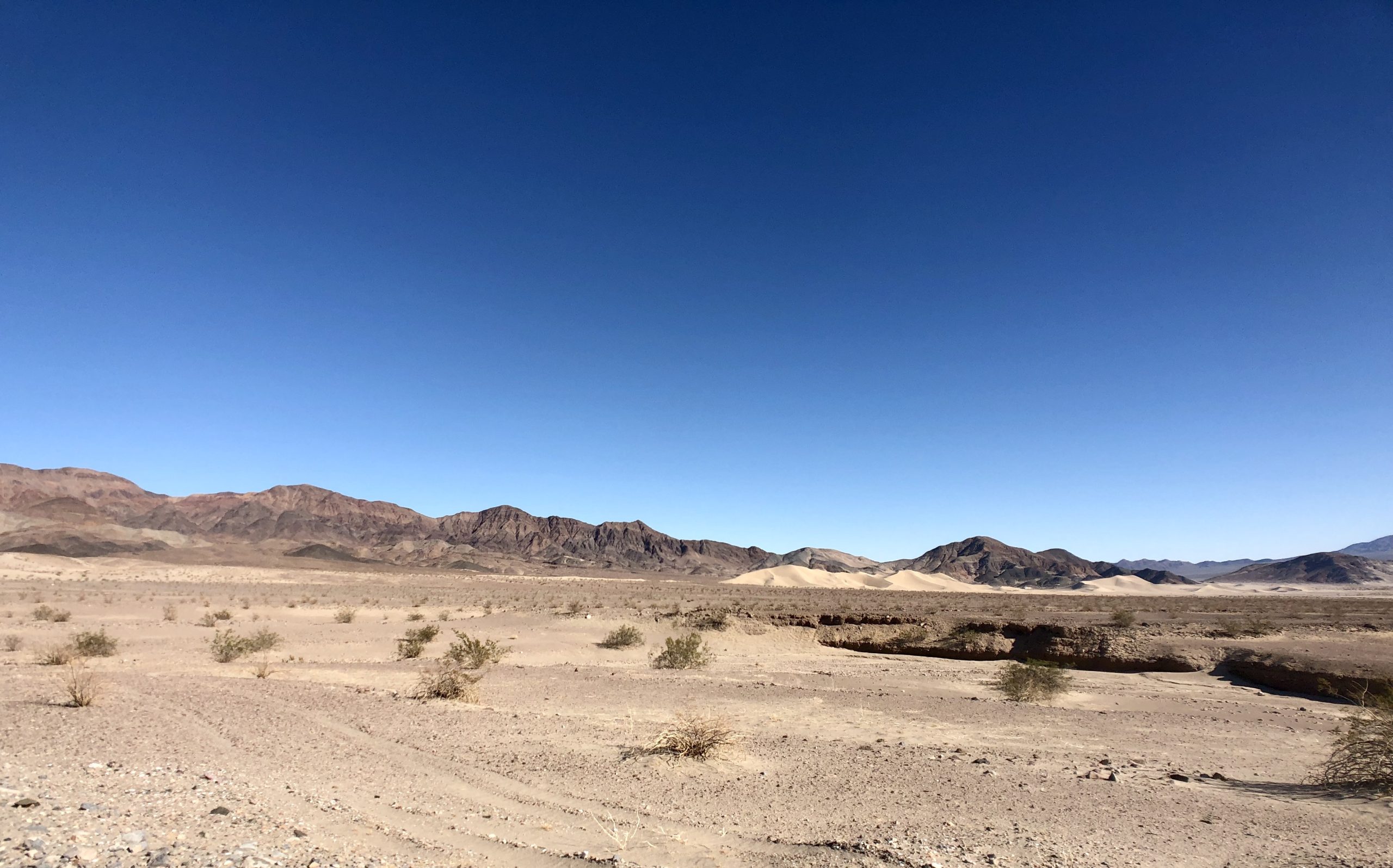
“In 1881 two young miners, Frank Denning and Stanley Miller, discovered outcrops of silver and copper here, and for some unknown reason named their find the Ibex
Ibex are mountain goats native to Europe, Asia, and North Africa, none of which are to be found within several thousand miles of this location…” –
GhostTowns.com
With no proven deposits other than these surface veins they sold their mine in 1882 for a whopping $48,000. In the fall of that year a Chicago syndicate formed the Ibex Mining Company…After seven years the company gave up, and it is thought that they may have broken even before quitting in 1889.”
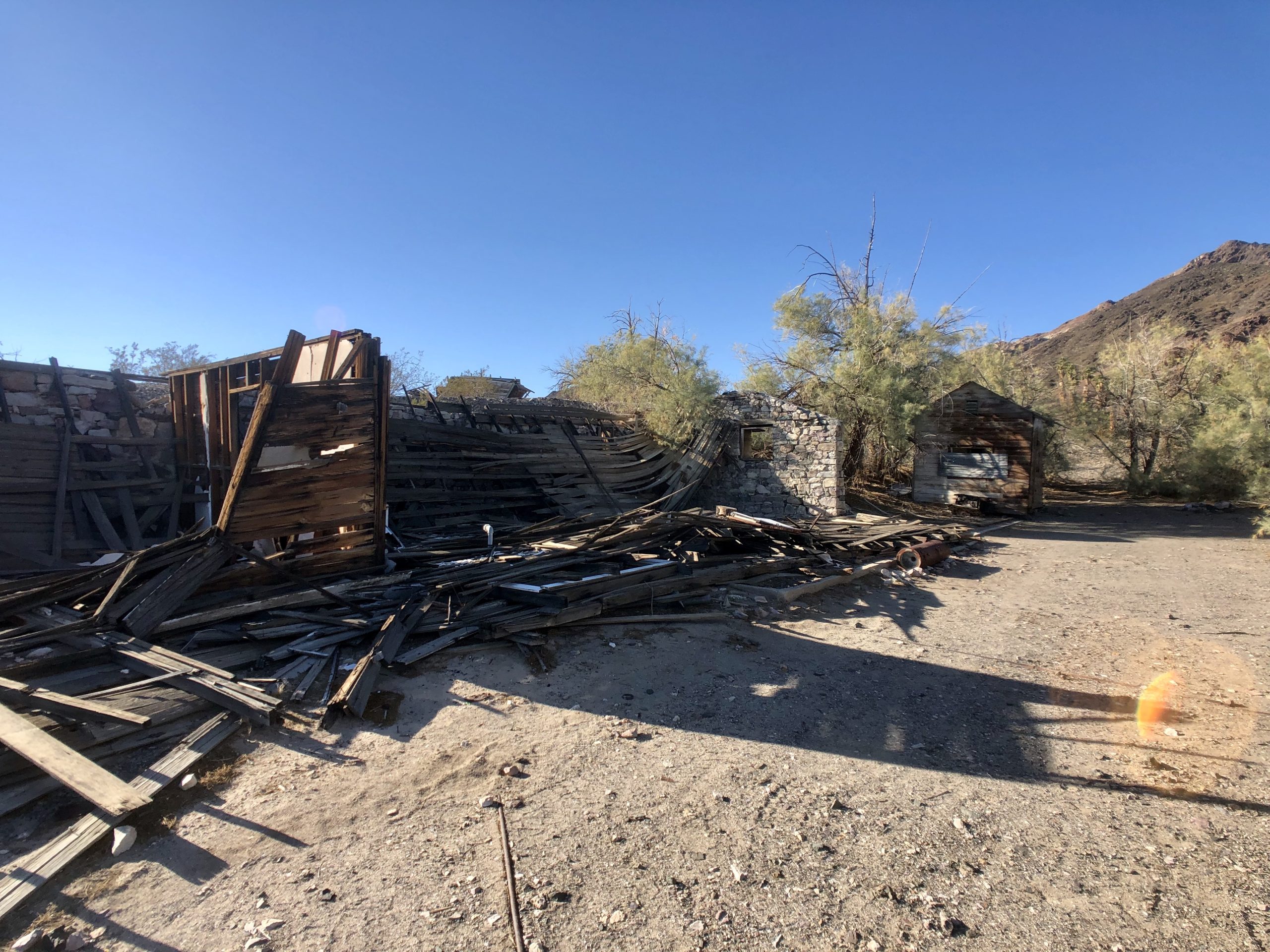
“During the 1930s until the 1960s Ibex was resurrected as a residential town for talc mining at the Pleasanton, Moorehouse, Monarch and Rob Roy claims a short distance away…Most of the structures that remain at Ibex, the mines and the car in the nearby tin can alley date from that era.” – GhostTowns.com

As I mentioned before, many old mining cabins have a notebook nearby, usually found in a metal stand to keep it safe from both the elements and any critters that might want to gnaw on it. Just as we did at Bob and Ward’s cabin, we signed the notebook and then looked to see who had been here before us.
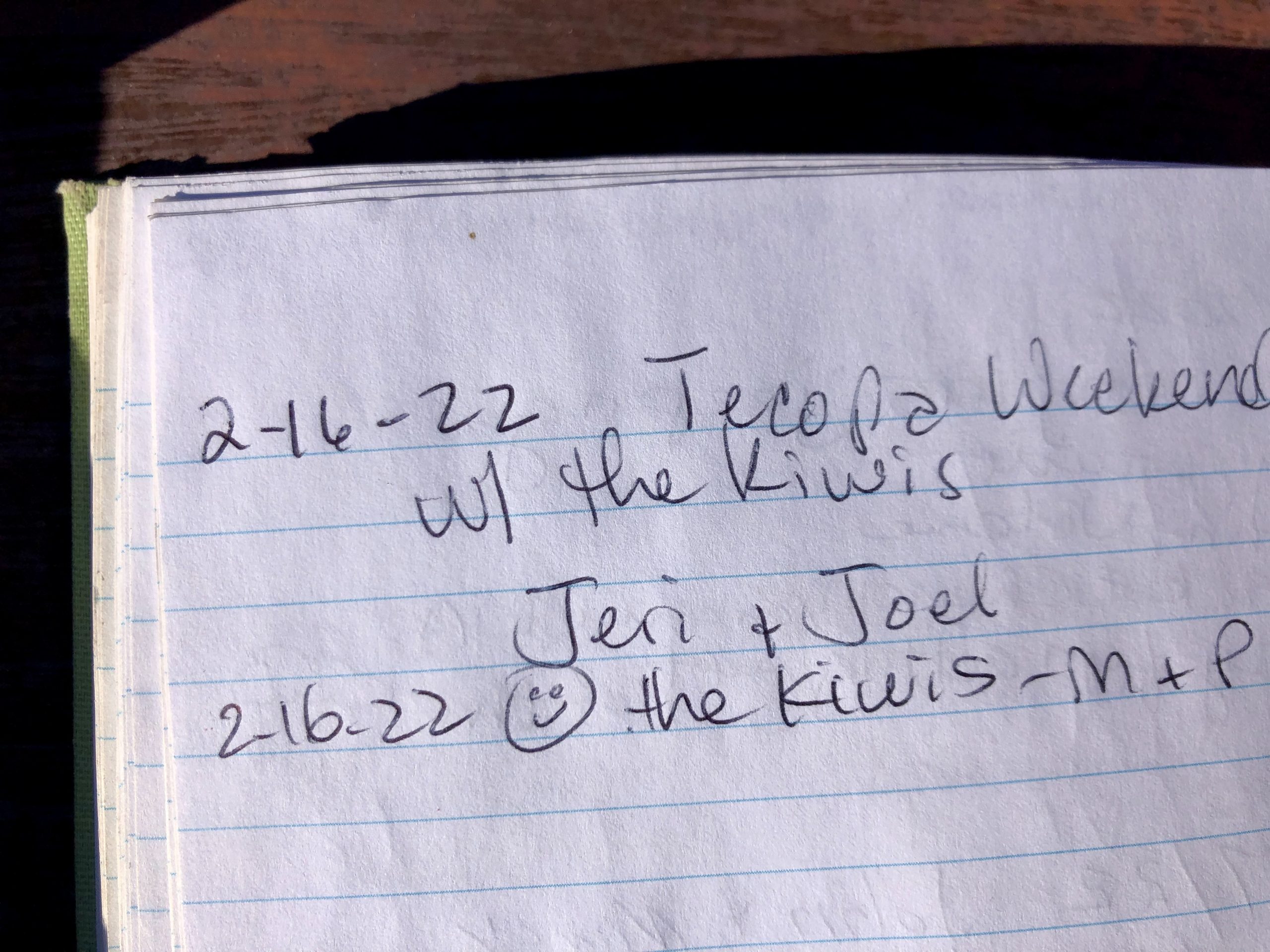

“The spring, which was the reason for the camp’s location, is still abundant today and the greenery that it produces in an otherwise rough desert landscape is visible from miles away…” – GhostTowns.com
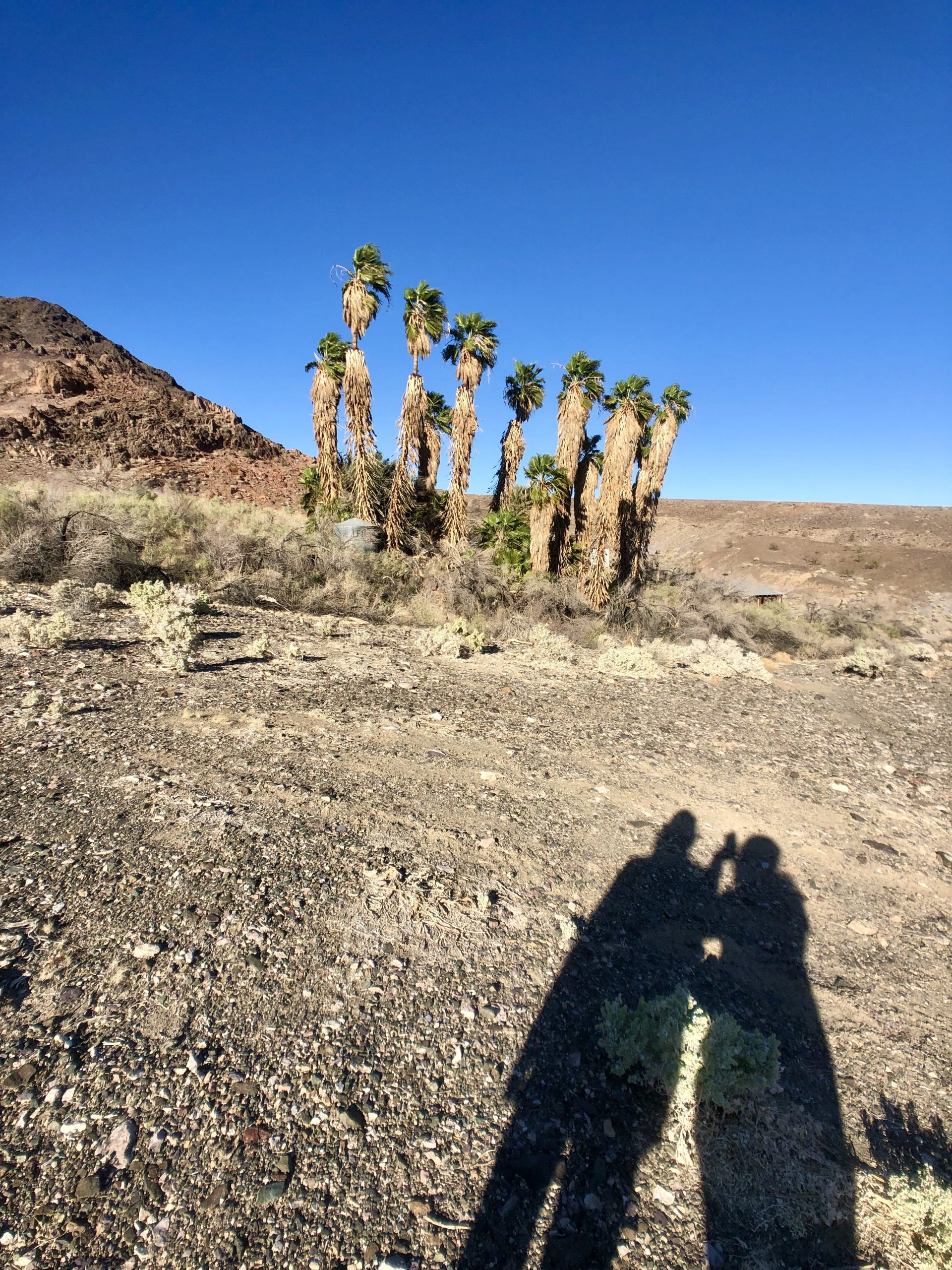


We made it back to camp just as the sun set on the distant horizon.

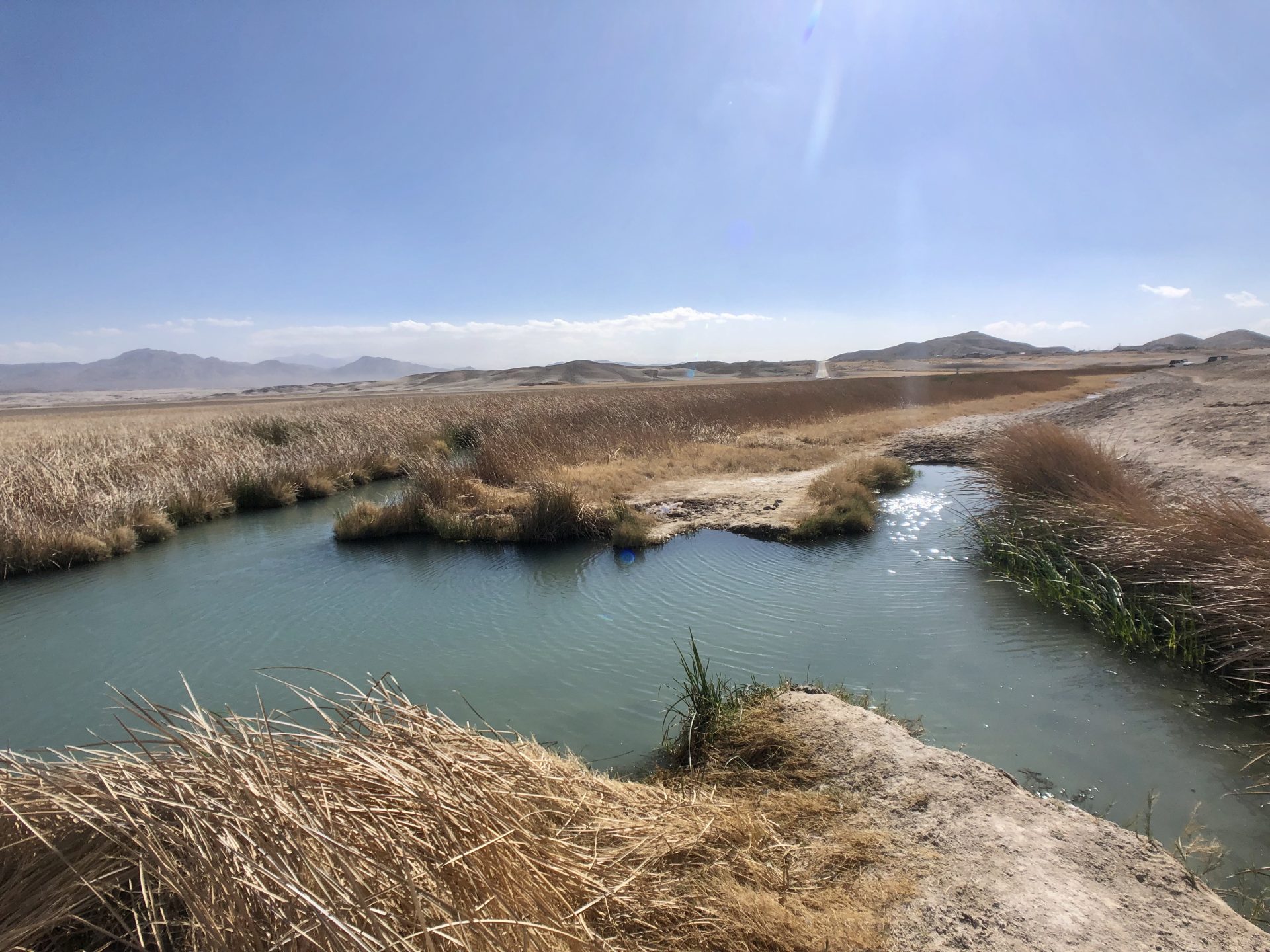
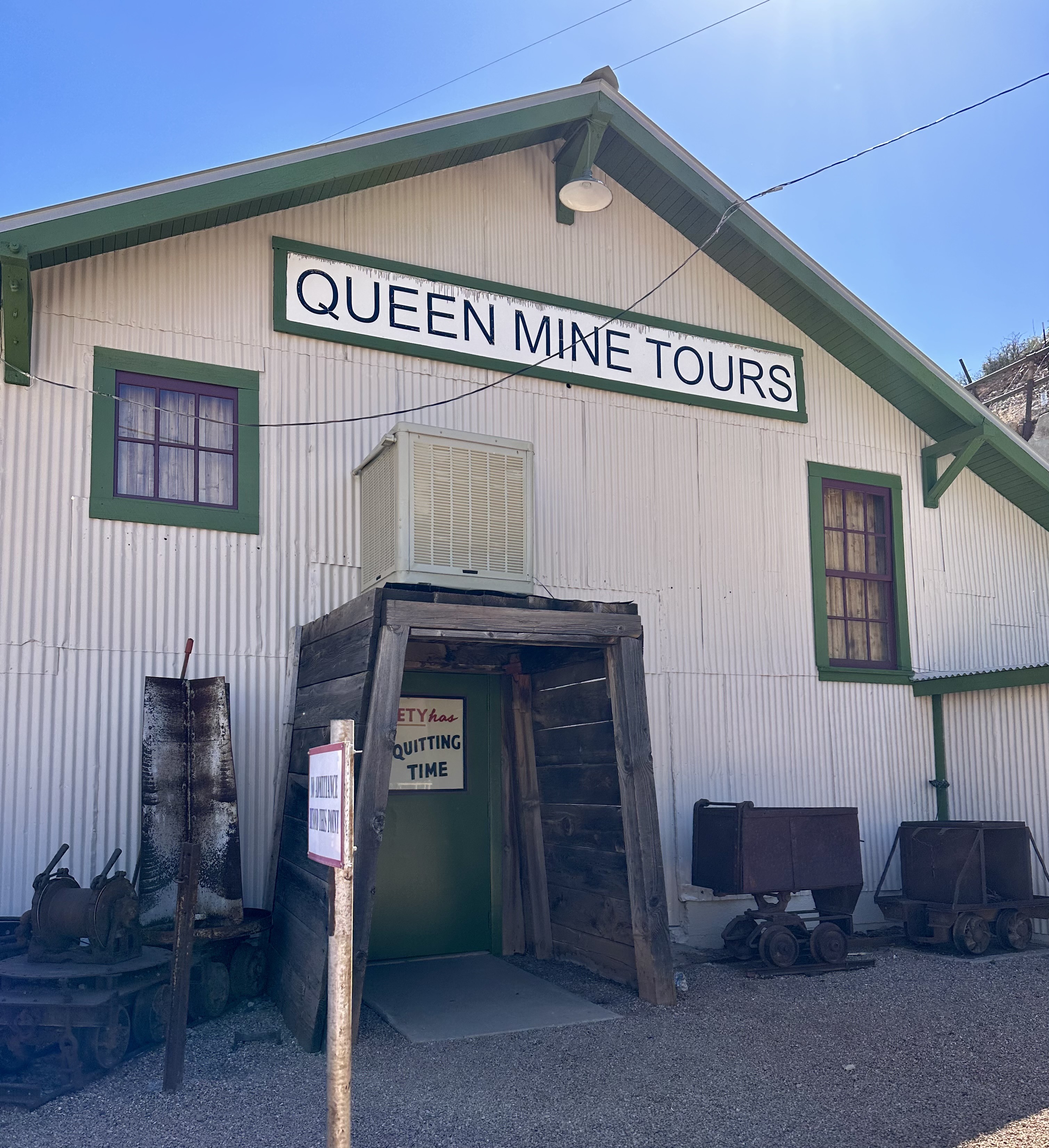
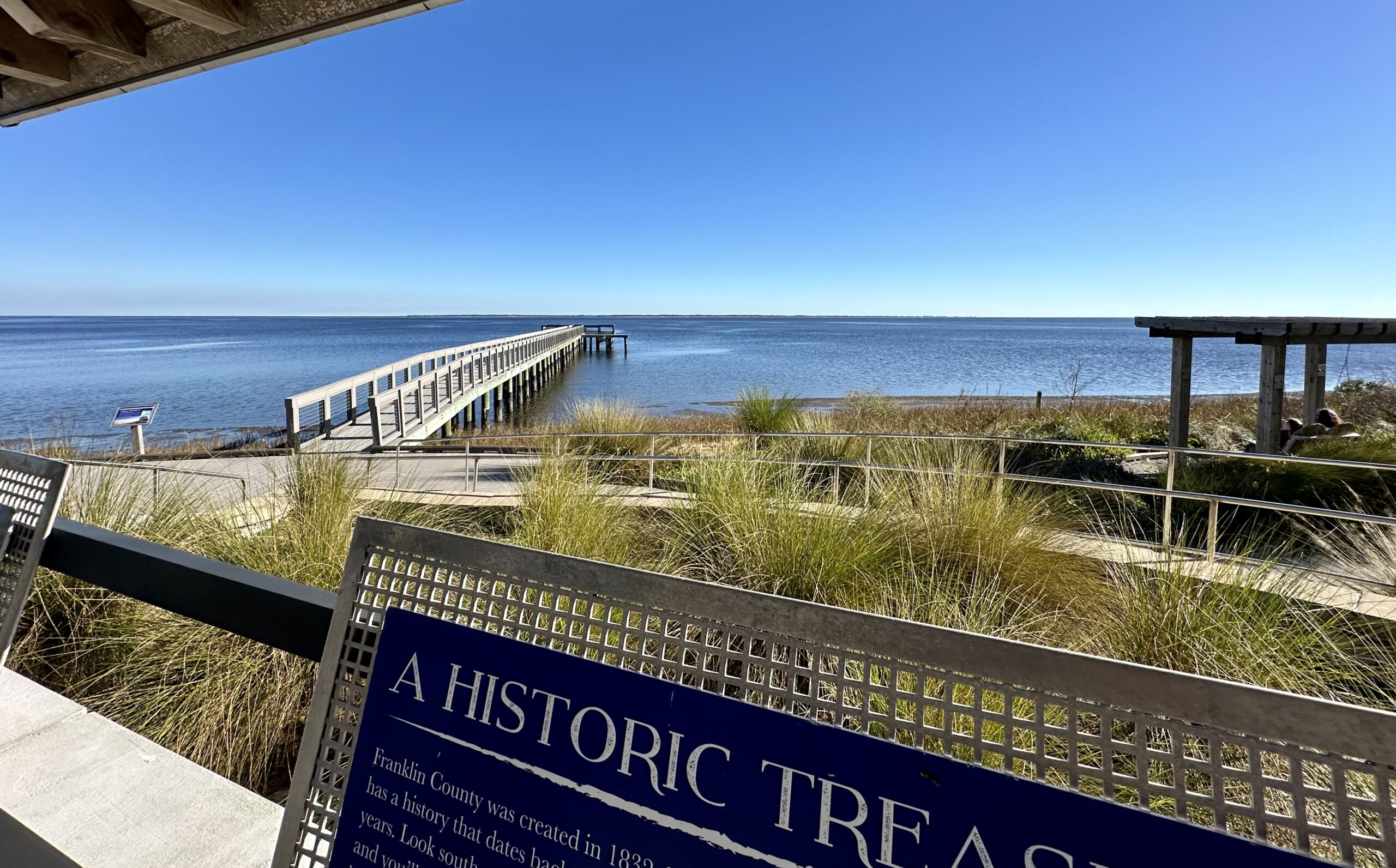
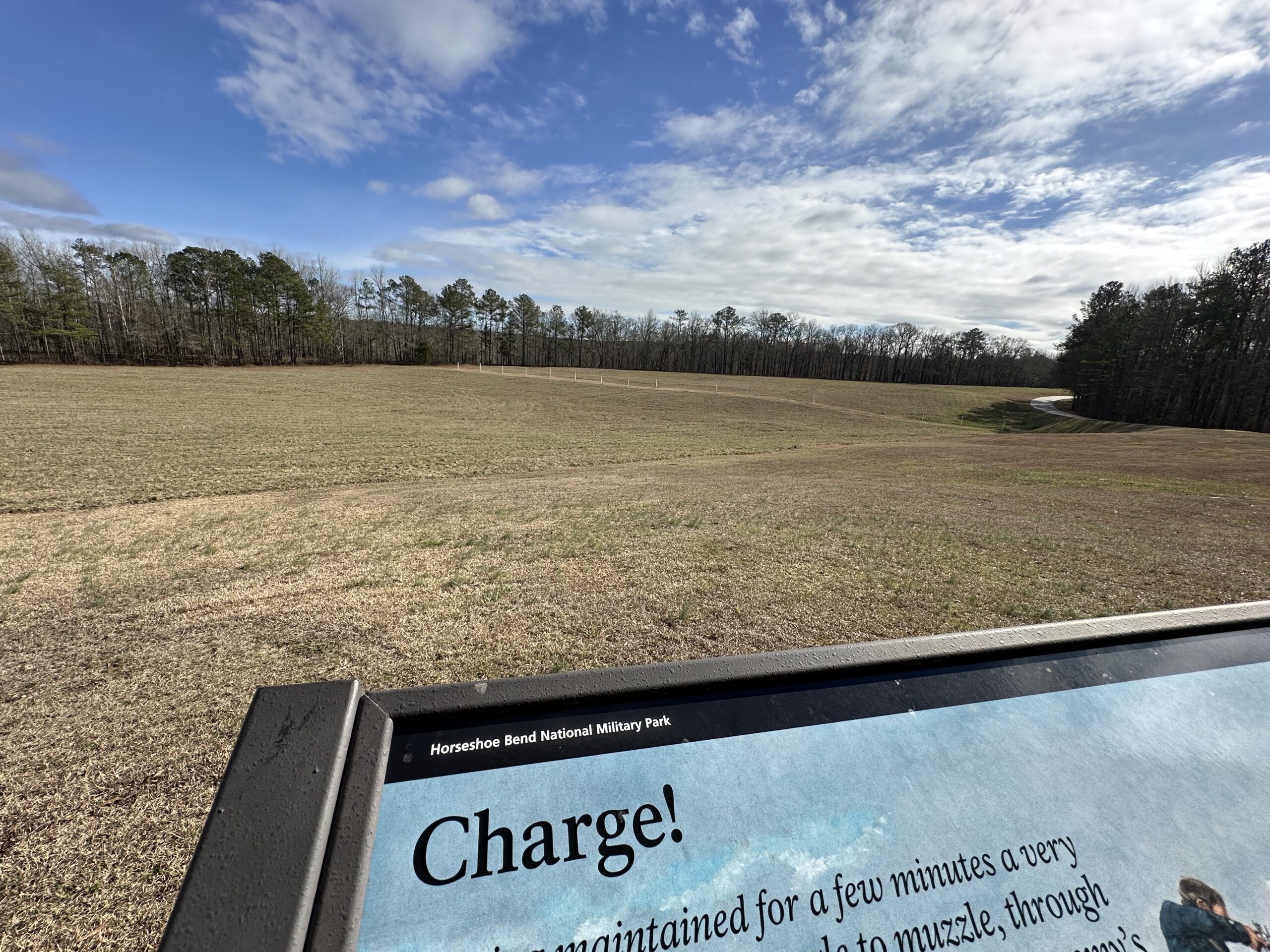
Hi Joel and Jerilyn,
I loved reading about your trip! Who would have known that there was so much to see and learn about around Death Valley! You always wonder what motivates a person to lead this lonely, isolated existence. I guess it’s an adventurous spirit! I think the same about Bill’s grandfather who homesteaded about an hour and half north of St. Albert with his wife who had been a nurse at the Mayo Clinic! Bitter, bitter cold in the winter in a Soddy or wood shack, and going for supplies meant a three week trip! As always, every time you write about an area, I just want to go! Loved that Joel was in the books twice! Date milkshake sounds interesting…did you try it? Thanks again for the terrific story!
I enjoyed reading through this middle of the desert escapade full of interesting finds one would never thought existed….like a Diamond in the rough!
I especially was intrigued about two things: First of all, the China Ranch built by a Chinese man in the middle of nowhere, no roads and just horses for transportation….your imagination can only be endless…I wonder what happened to Mr. Foo if I remember his name correctly. Secondly, the two men that built that cabin, Bob and Ward. They only lived to be about 53 years of age and were born the same month and died the same month one year apart!! I was difficult to imagine such isolation especially before the turn of the 21st century. In my opinion, they could have been lovers. We will never know the true story.
I admire their resilience and will to live isolated from everyone else!
Hi Rod,
I was thinking about everything you wrote. I noticed that Bob and Ward died young…ha,ha…maybe as you get older, you notice these things! Hope you are well!
Loved it Jeri! You put a lot of work into this post, it was a great read!